I have neglected the North Island in favor of hiking down on South Island, so now I’m embarking on 3 weeks touring North Island New Zealand by car.
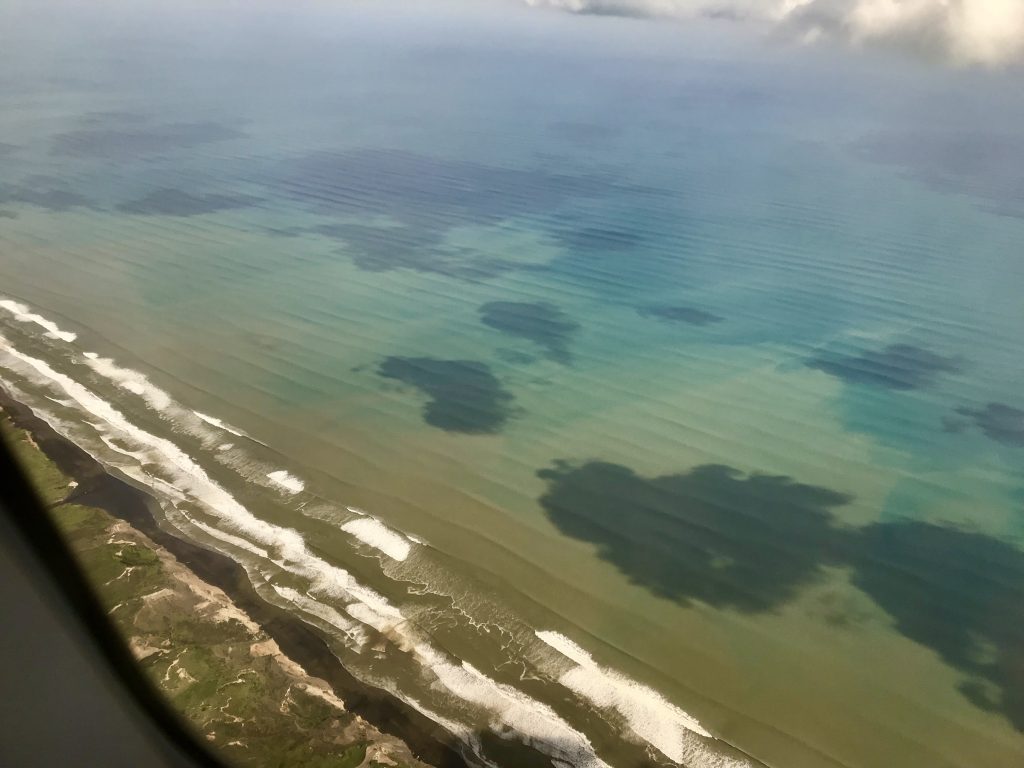
Flying in to Auckland from Queenstown
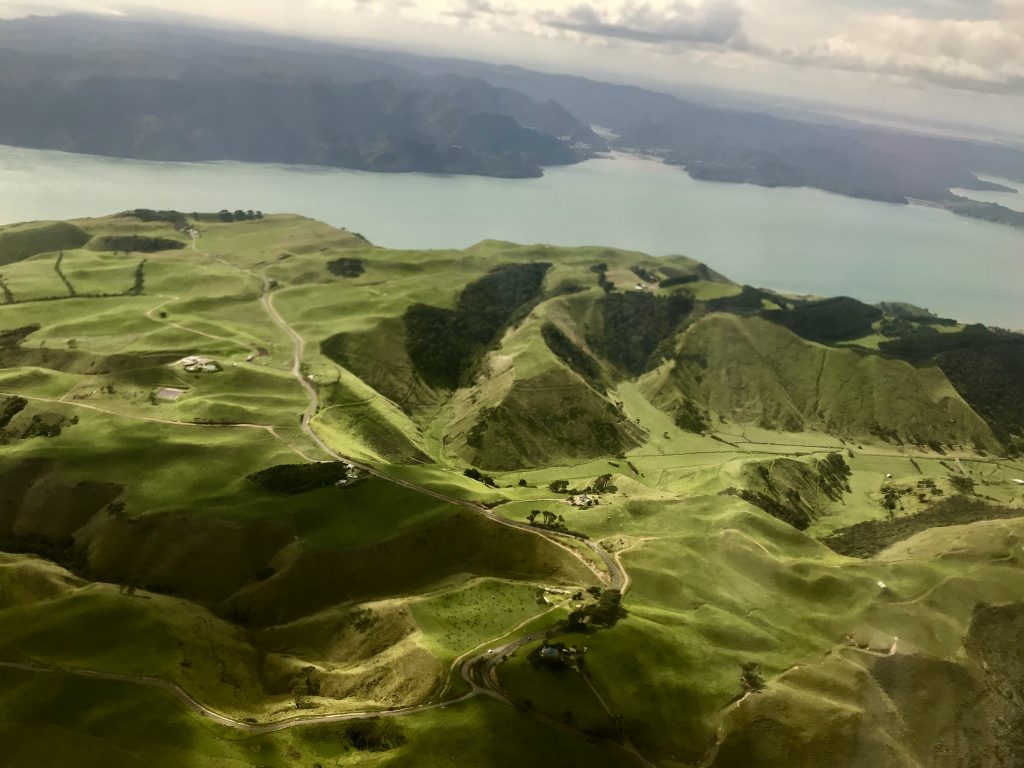

I like the Kiwi attitude towards their natural environment.
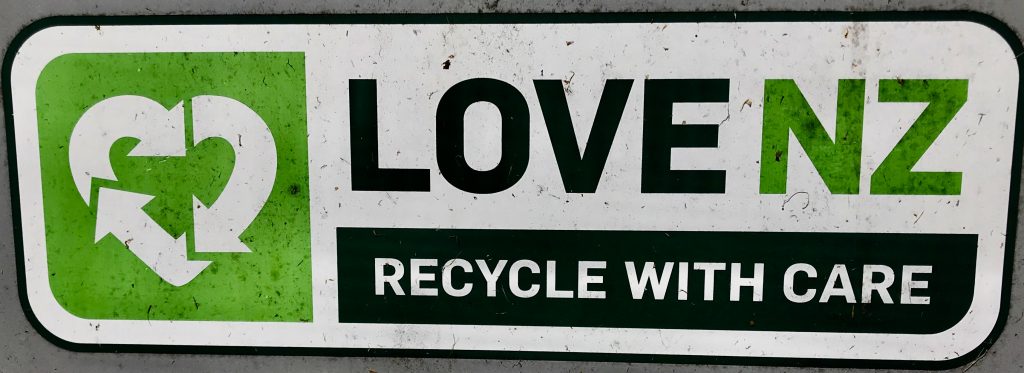
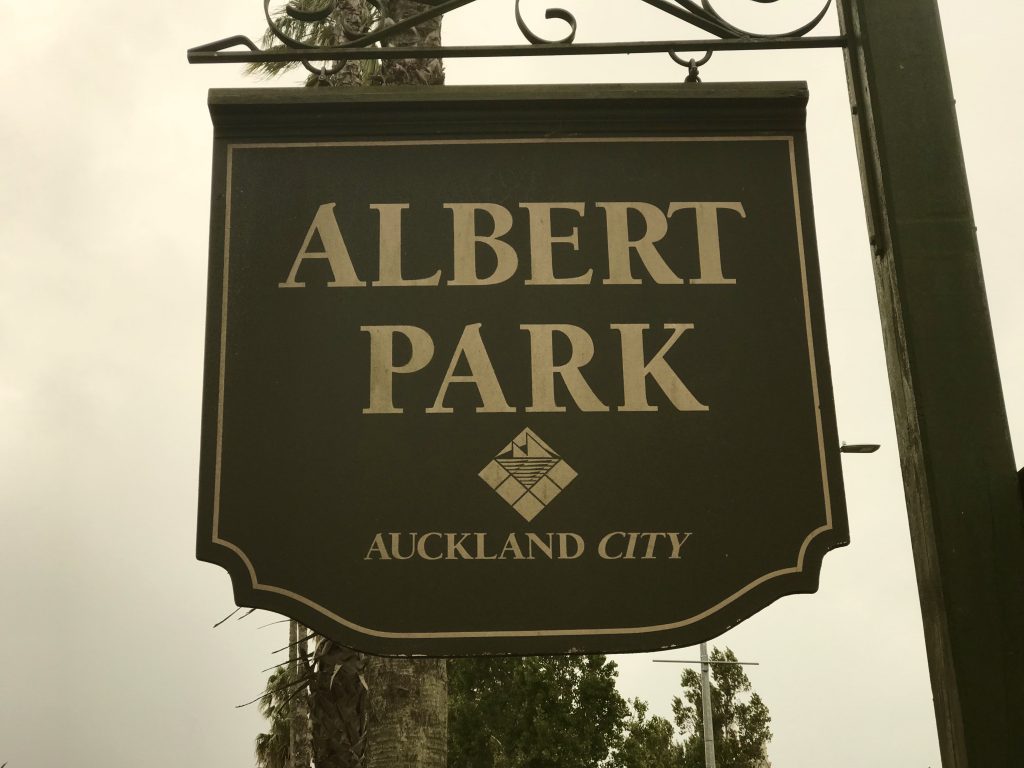
I love this old downtown Auckland park for its gigantic mature trees
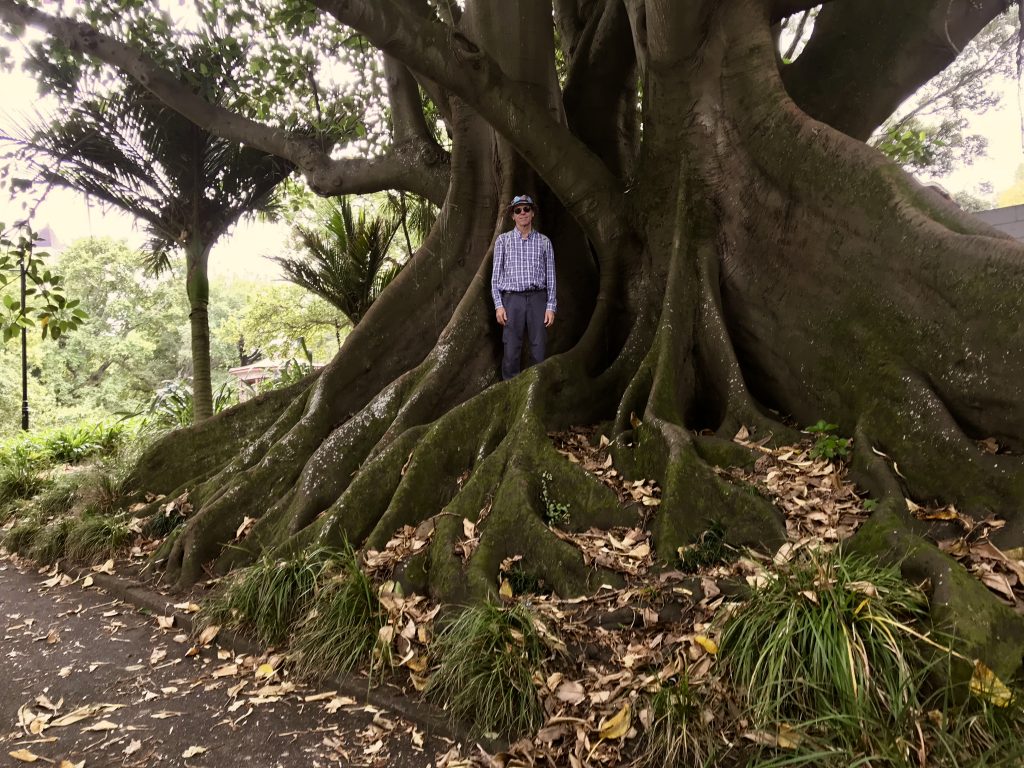
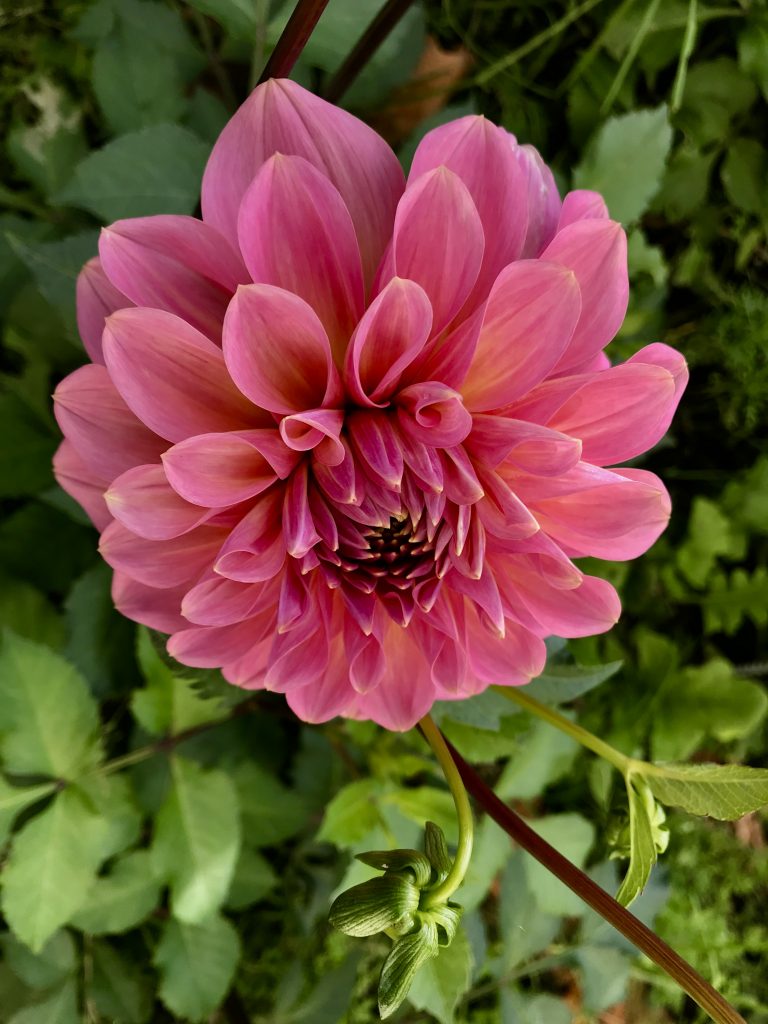
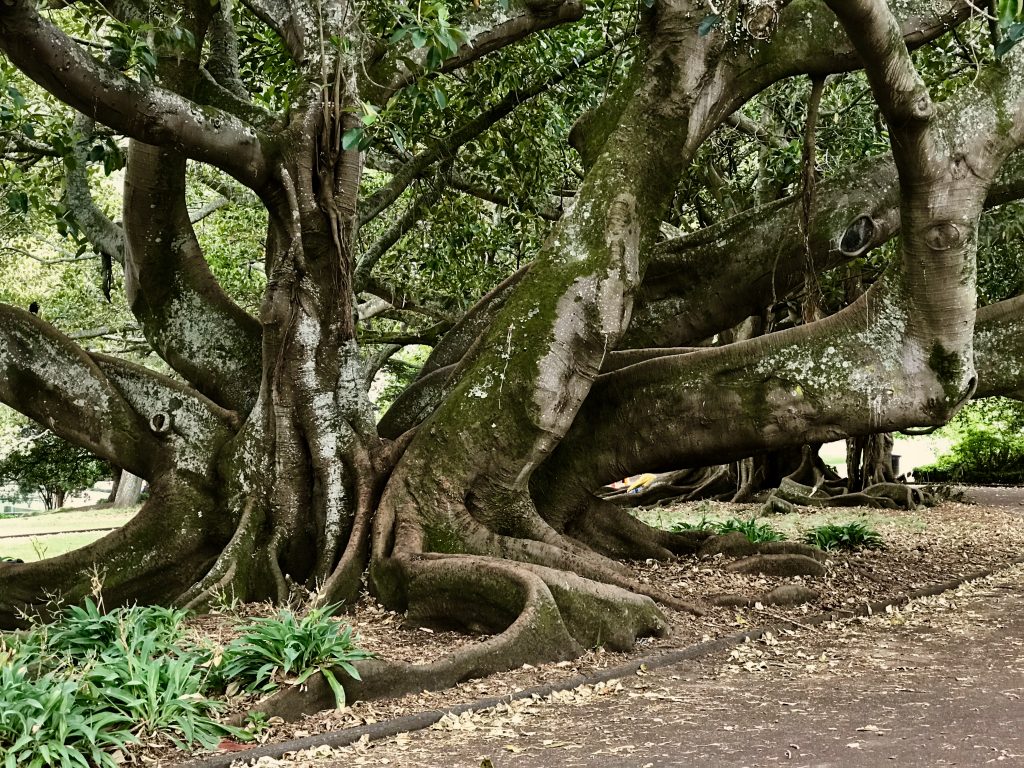
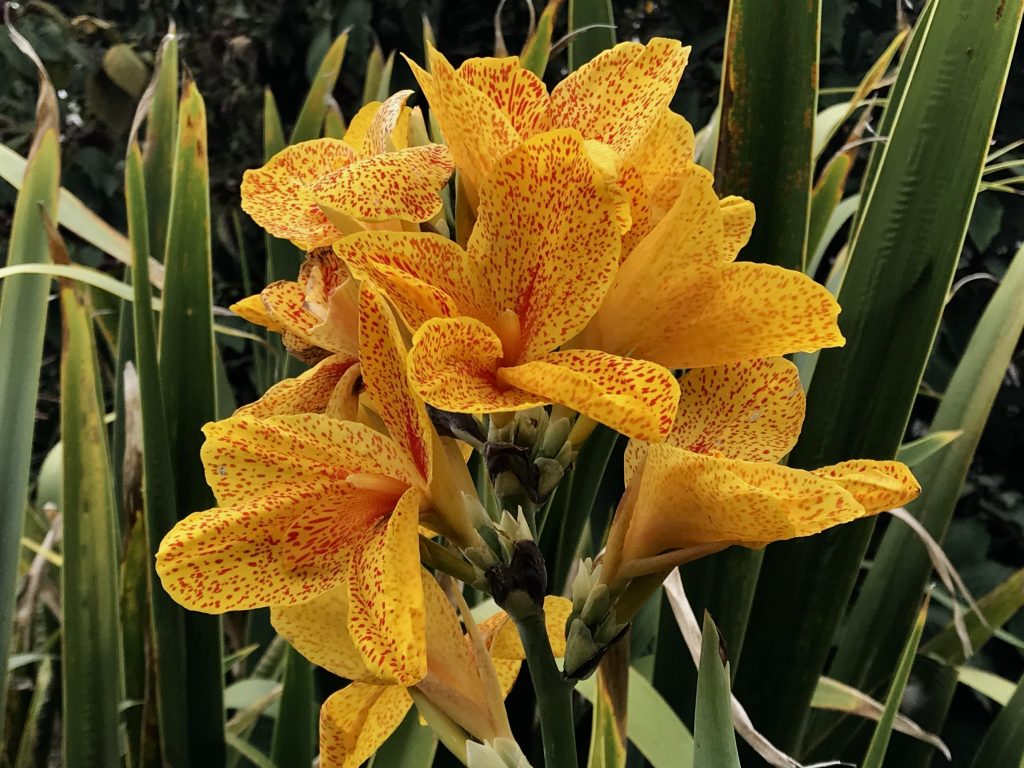

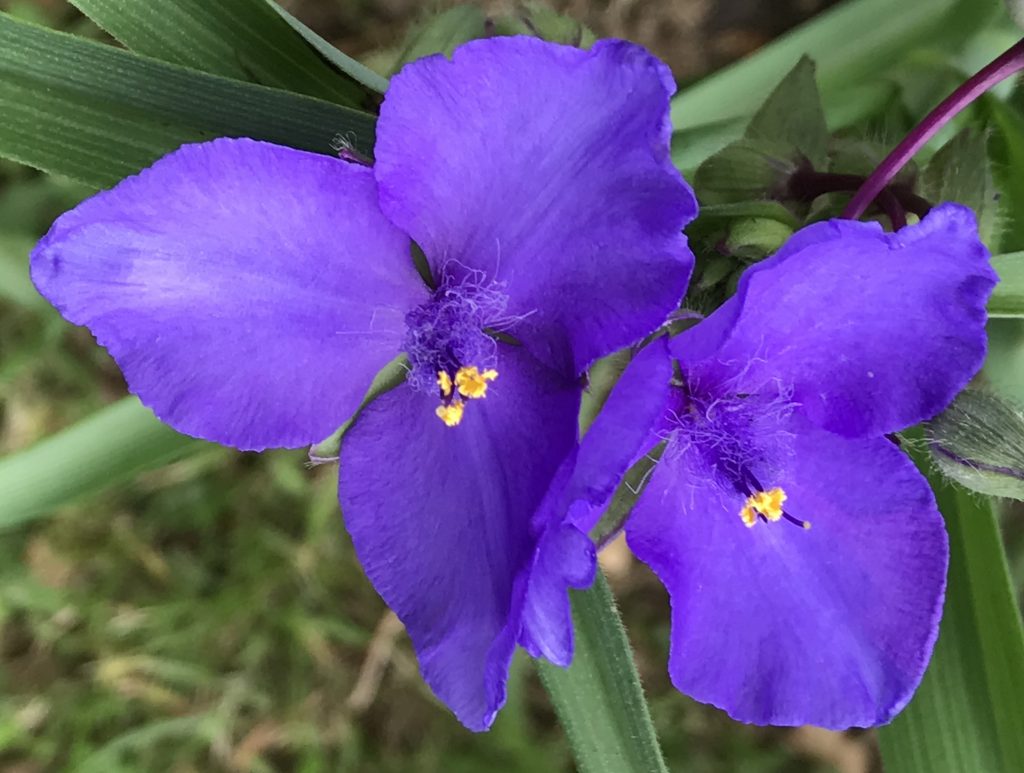
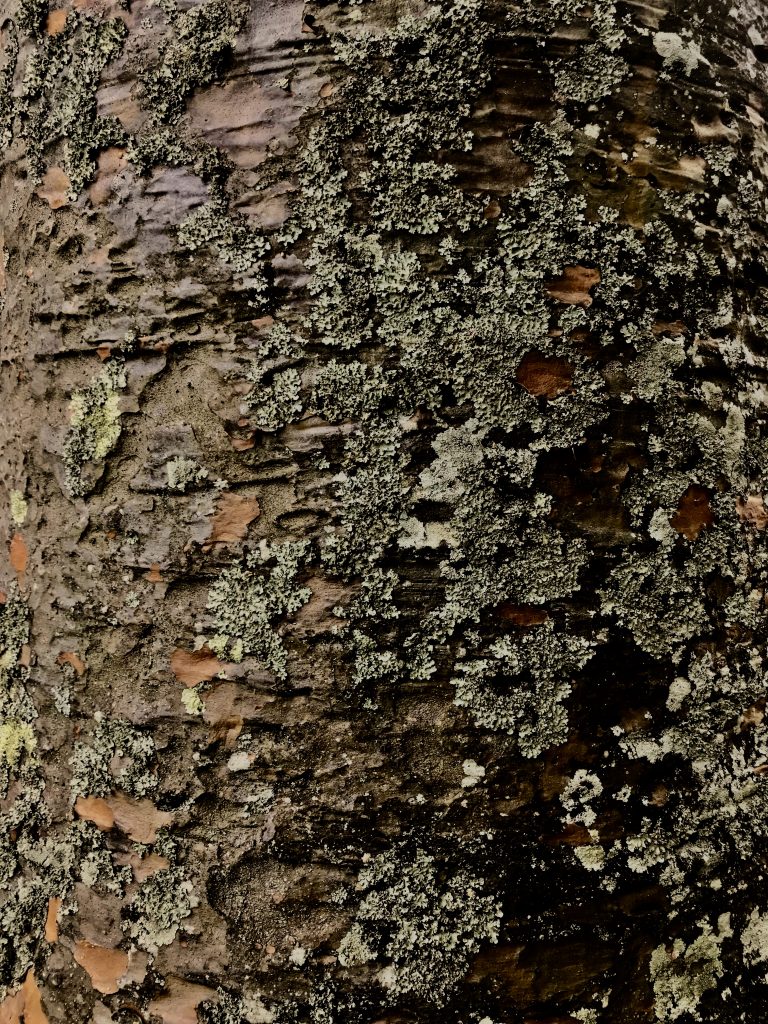
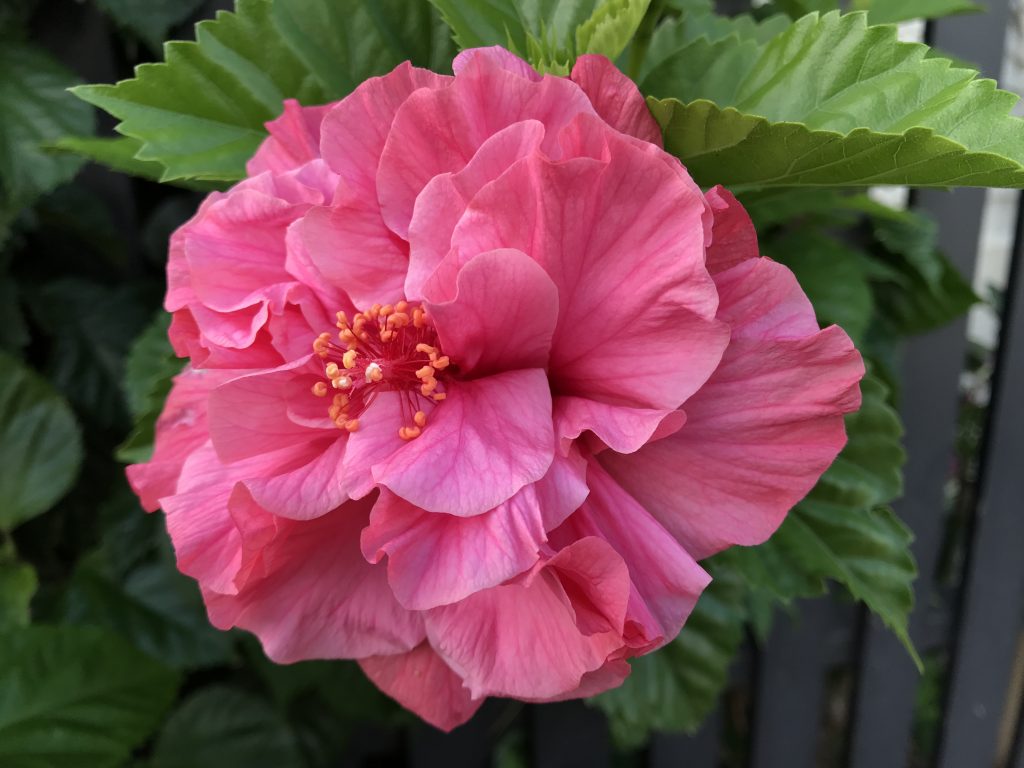
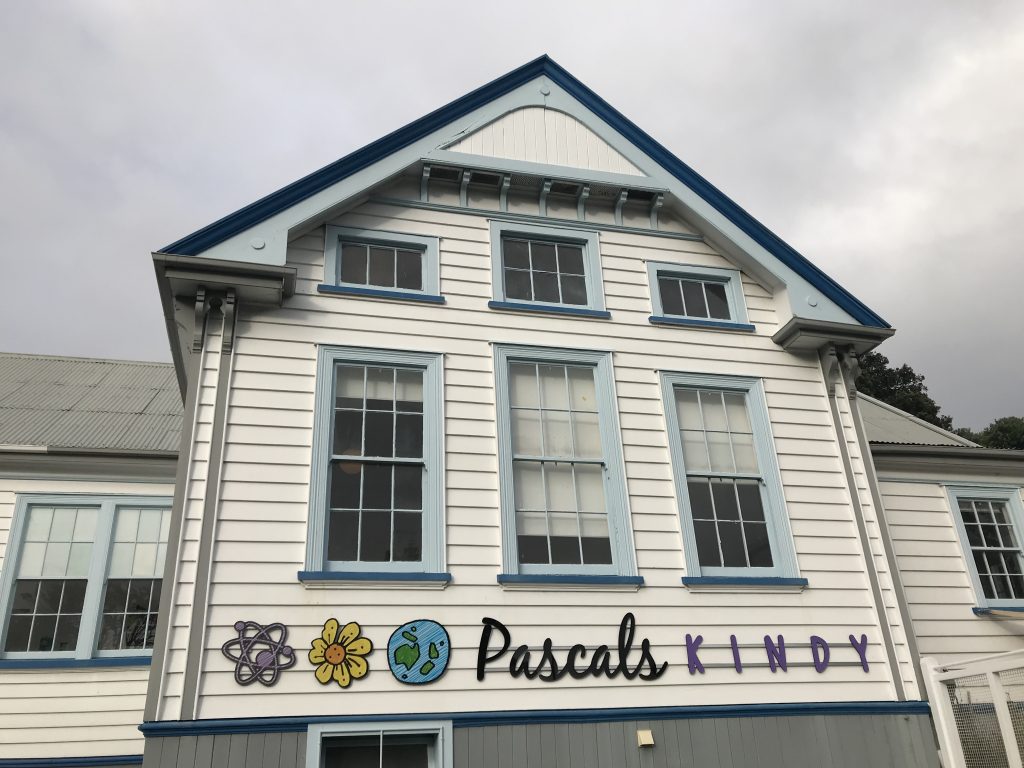
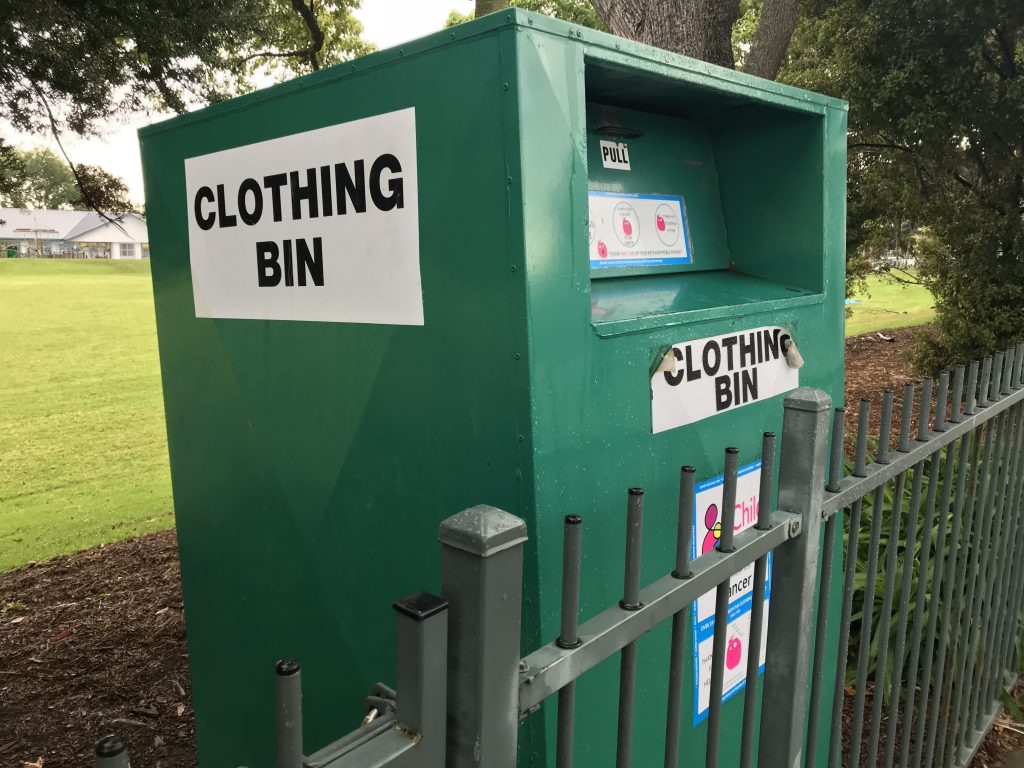
Donate spare clothing here
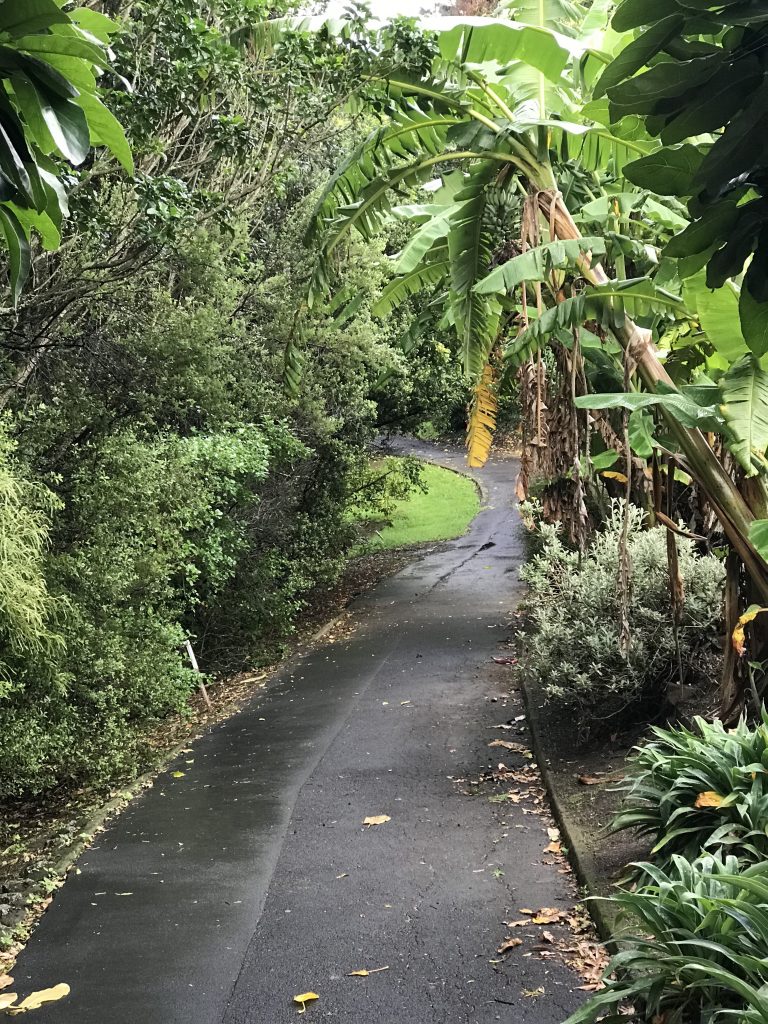
Auckland is a very lush, green city with lots of parks like this one. Banana plants grow here, which seems a bit odd for a rather cool place, but it doesn’t freeze them out in winter.
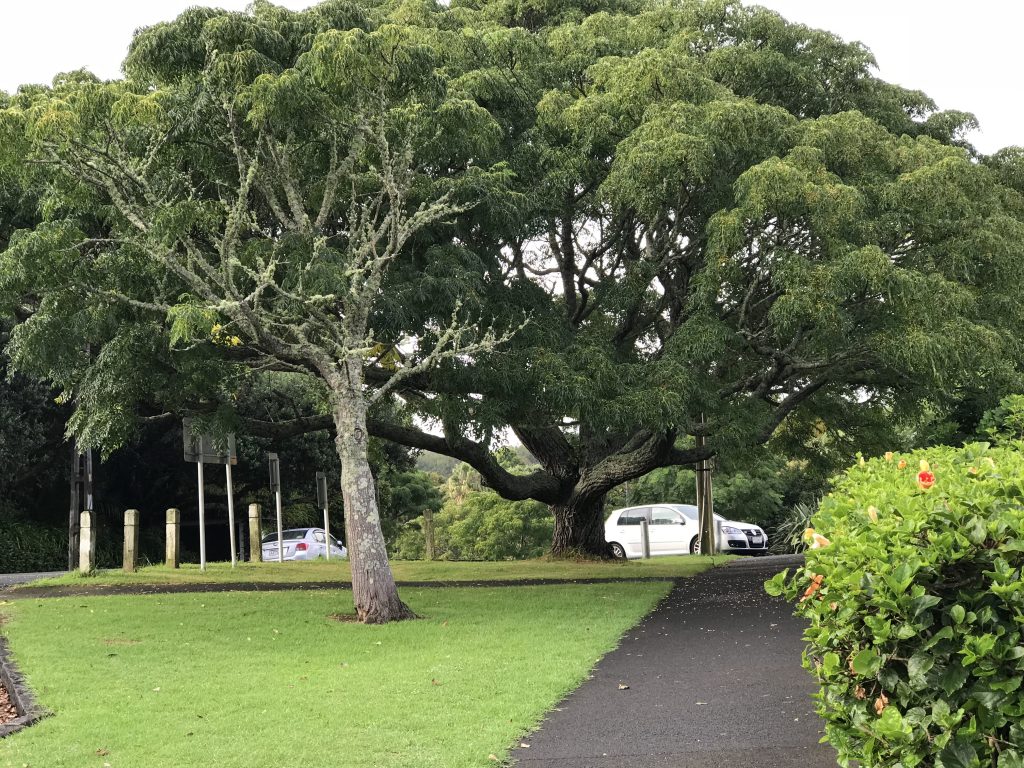
Lots of very big trees
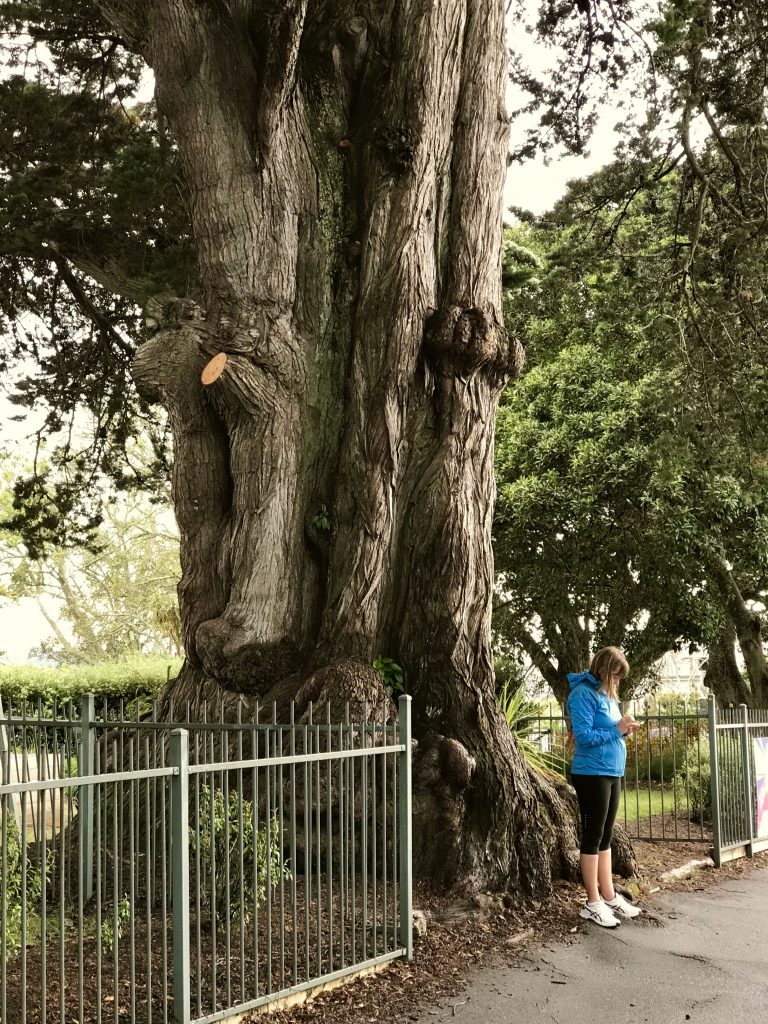


City and nature side by side

Old traditional homes

And across the street, modern ones

New Zealand housing project?
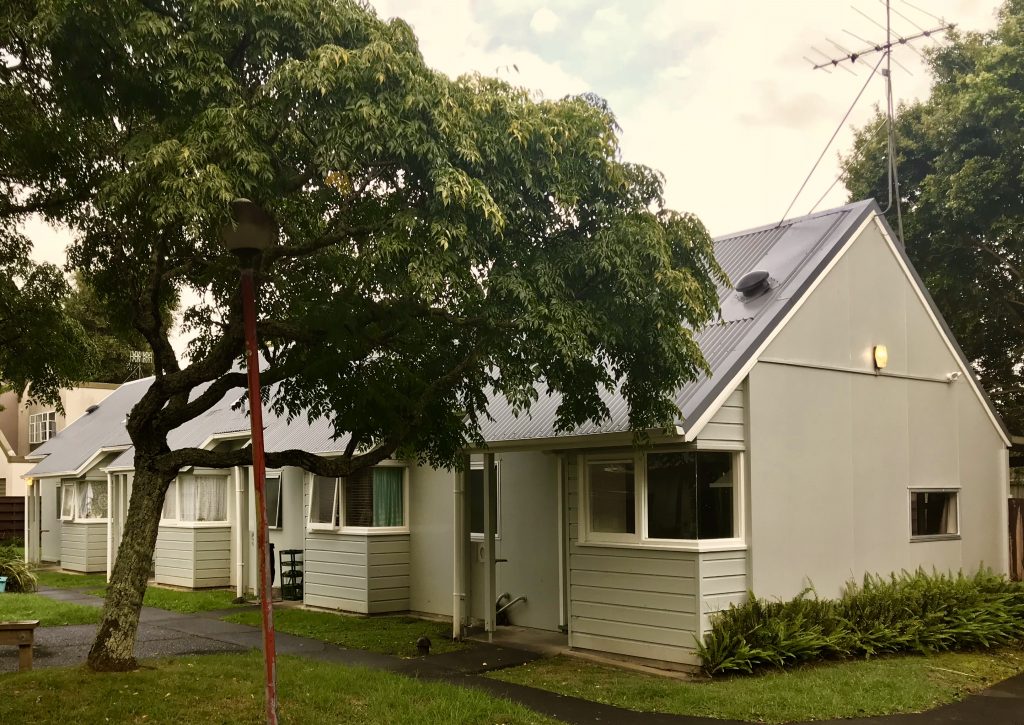
Looks pretty habitable to me. NZ takes care of its own.
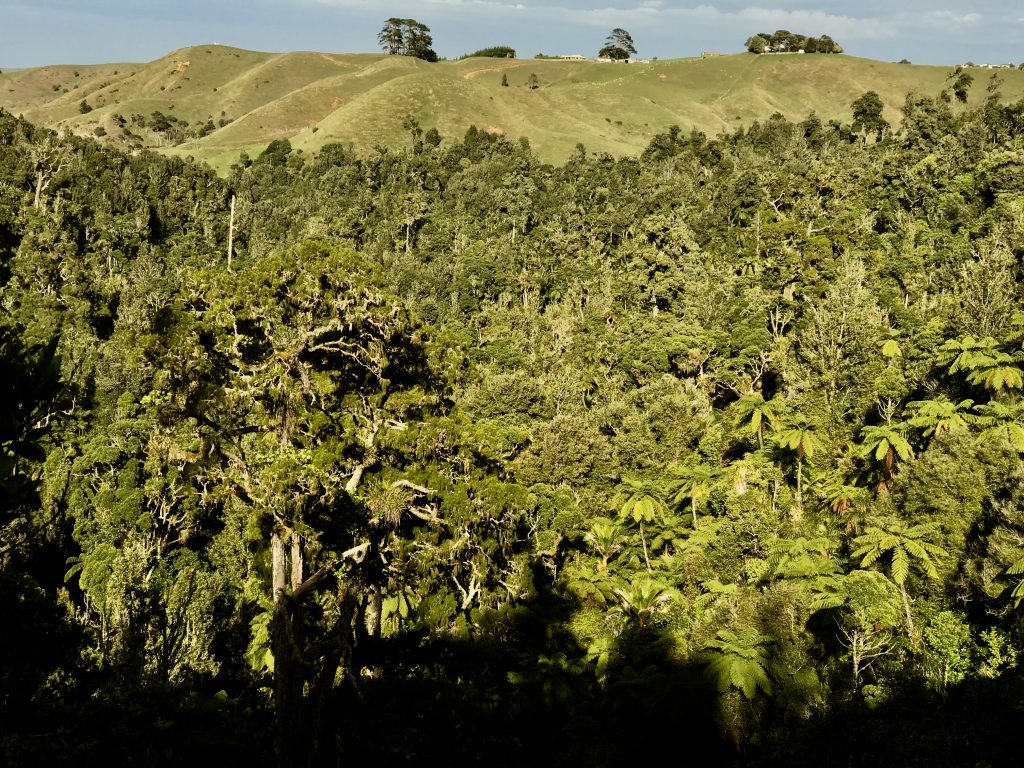
Now I head south a couple of hours drive. Rolling green hills, lots of sheep and cattle grazing.
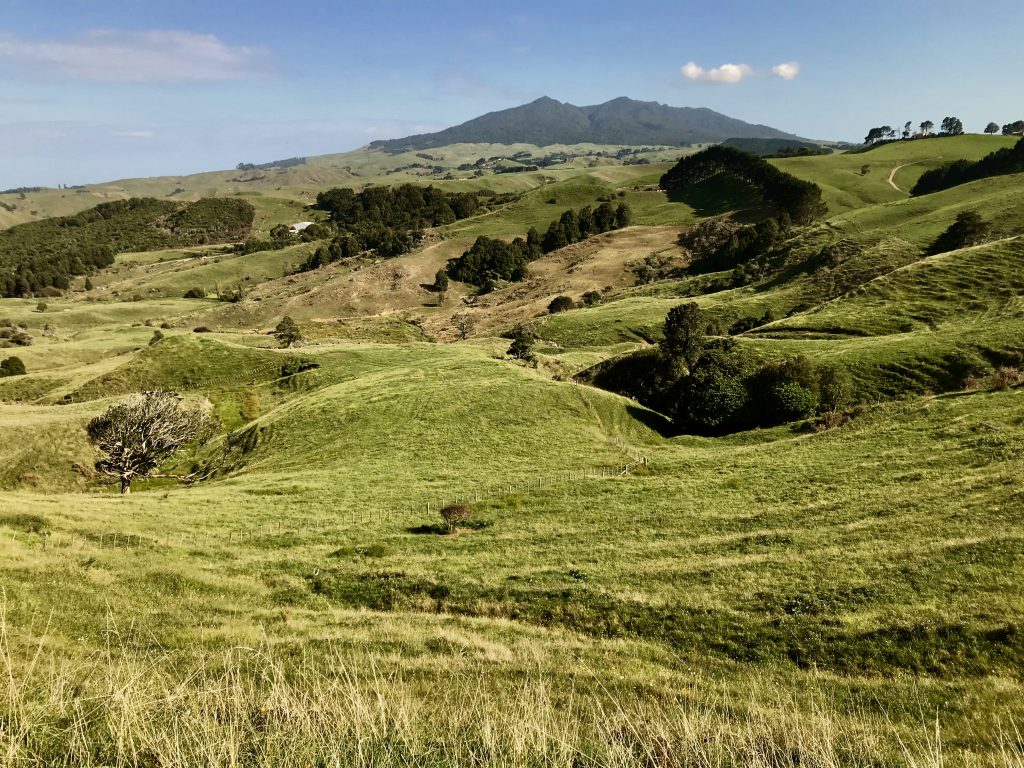
You’re seldom far from the ocean in NZ.
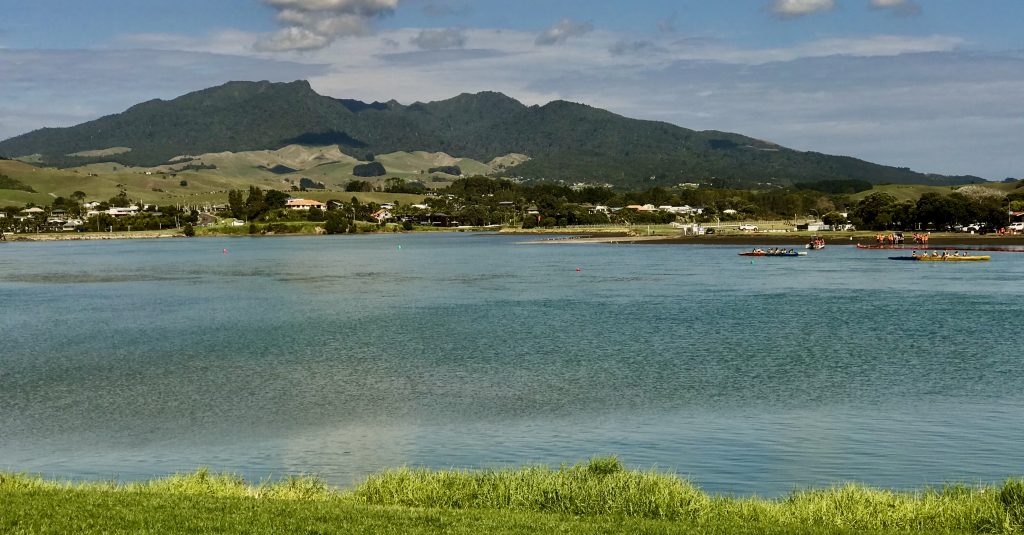

Raglan, a surfing town
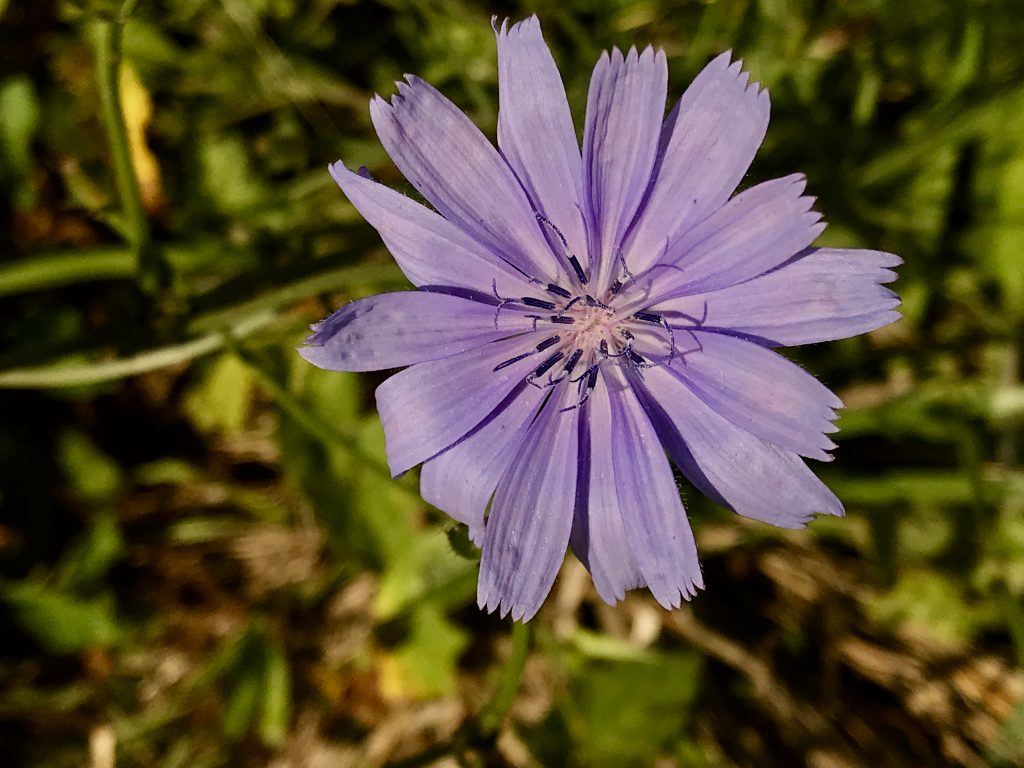
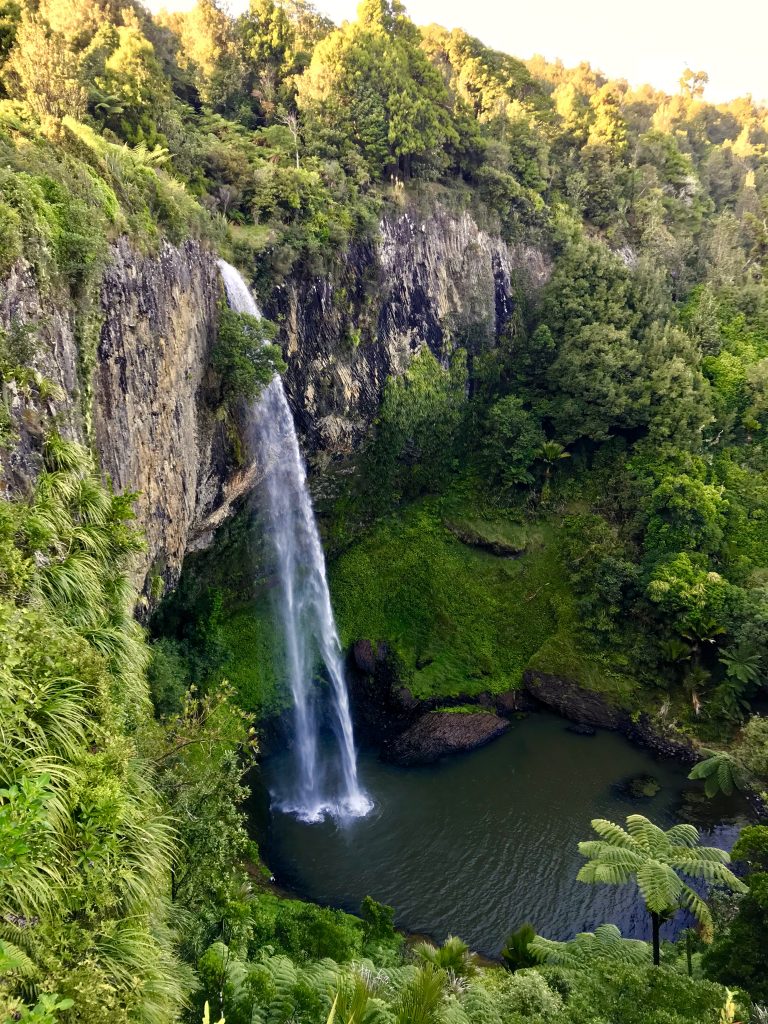
Bridal Veil Falls, more than 500 feet high. Entrancing!
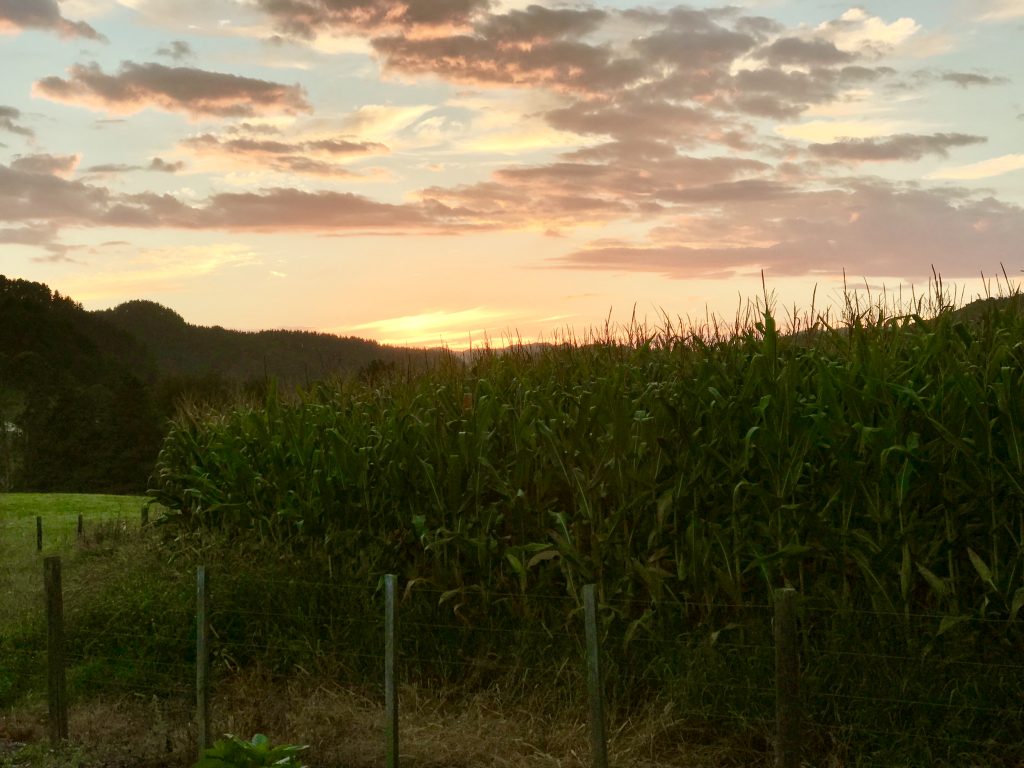
The sun is about to rise over this cornfield, almost ready for harvest. Time to head a bit further south.
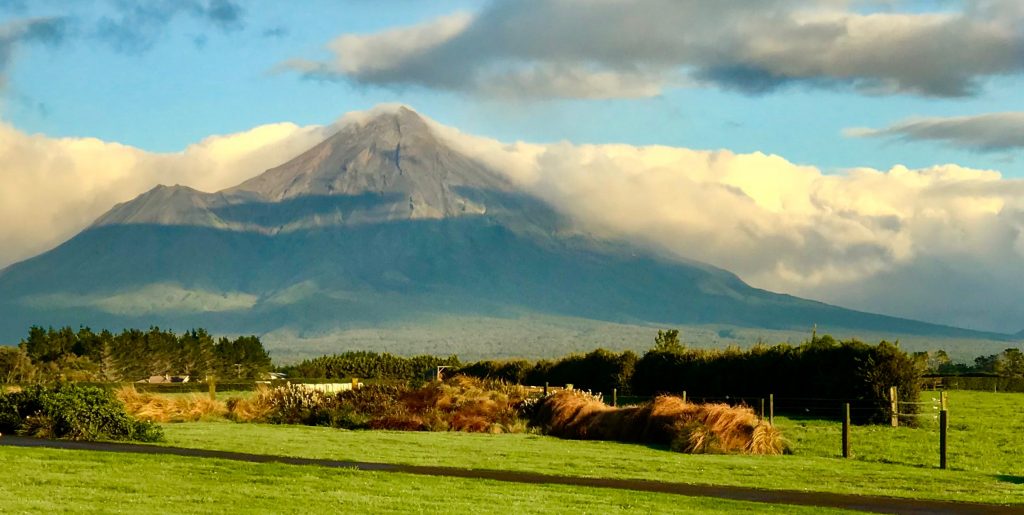
Mount Taranaki, one of the many volcanoes in seismic New Zealand.
Waiiti, a nice place to be a horse
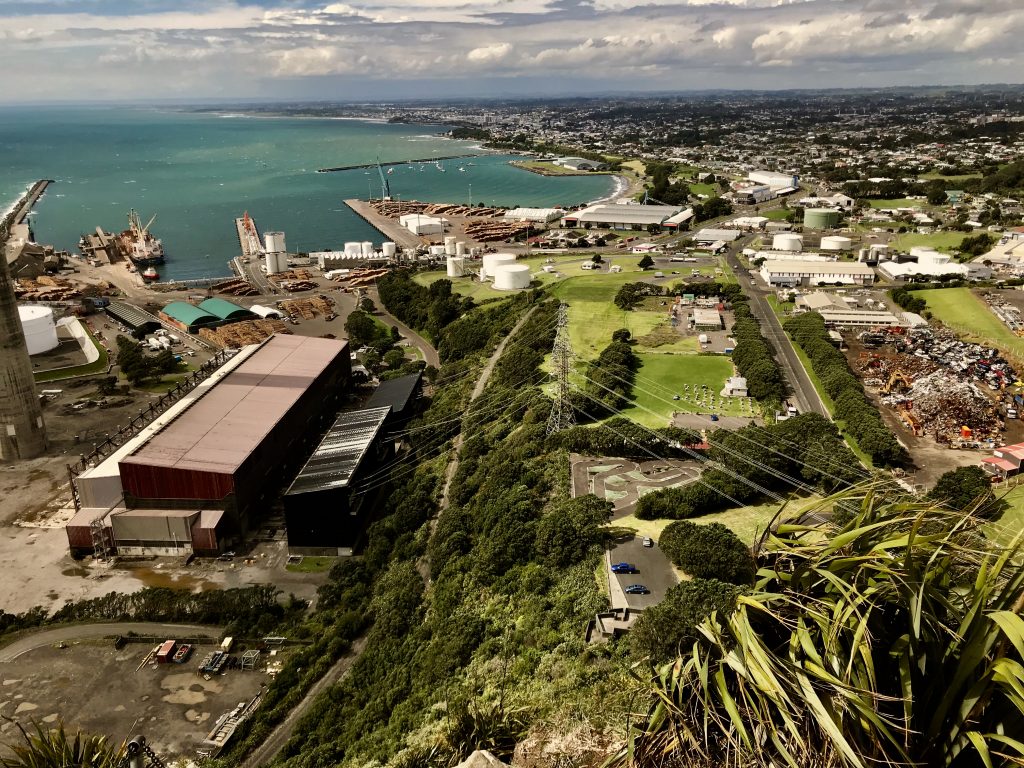
Exporting logs from New Plymouth
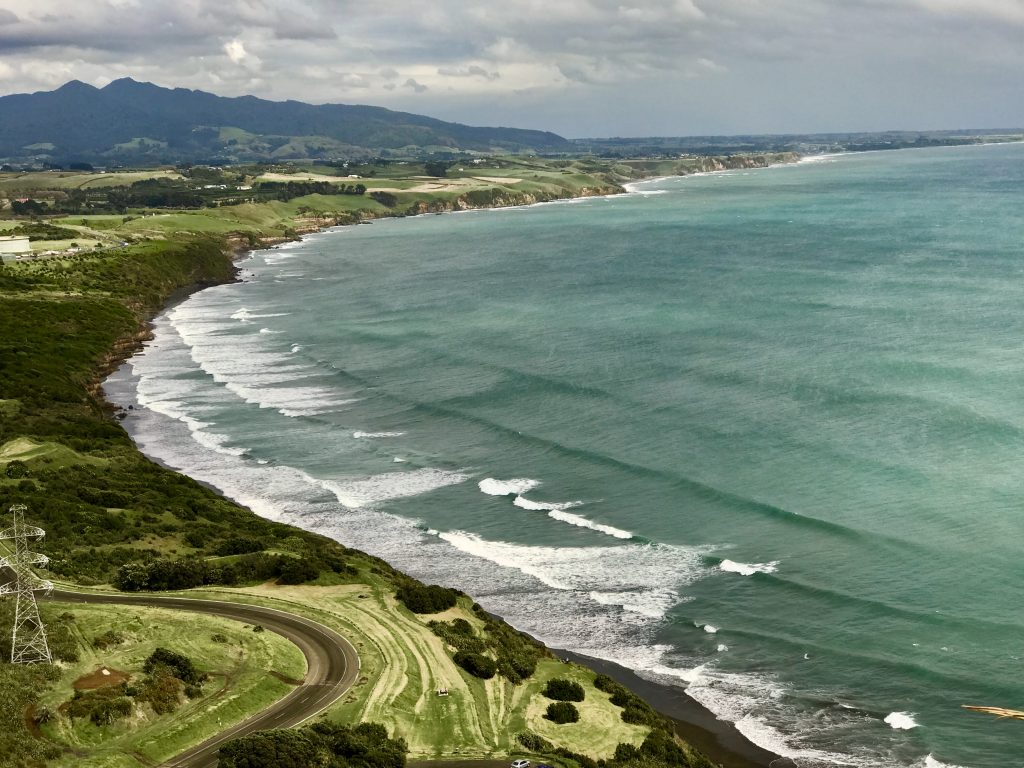
New Plymouth, looking south
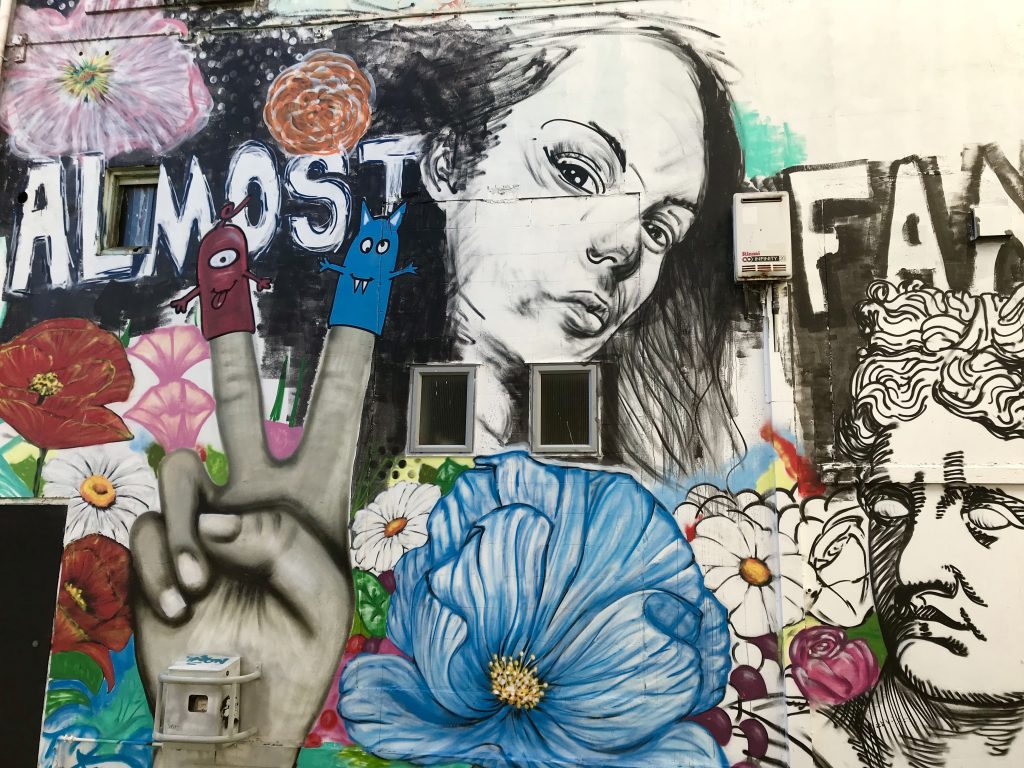
Building mural, or graffiti?

Four hours drive south now to Wellington, at the southern tip of the North Island


A cable car from downtown to the Botanic Garden.

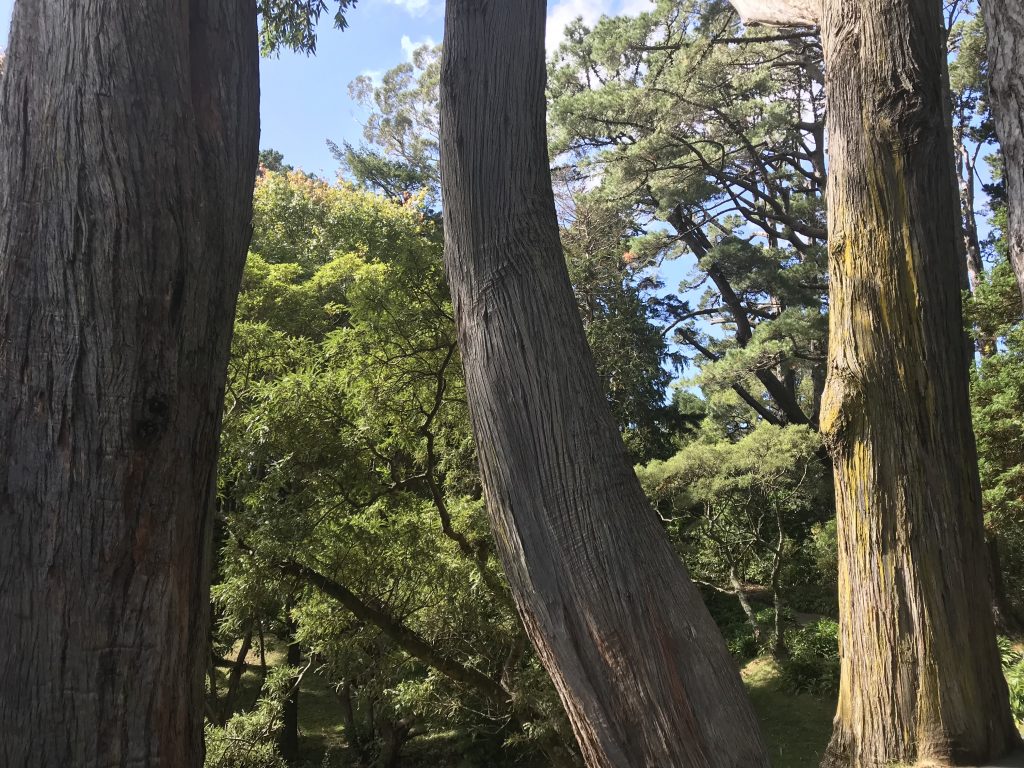
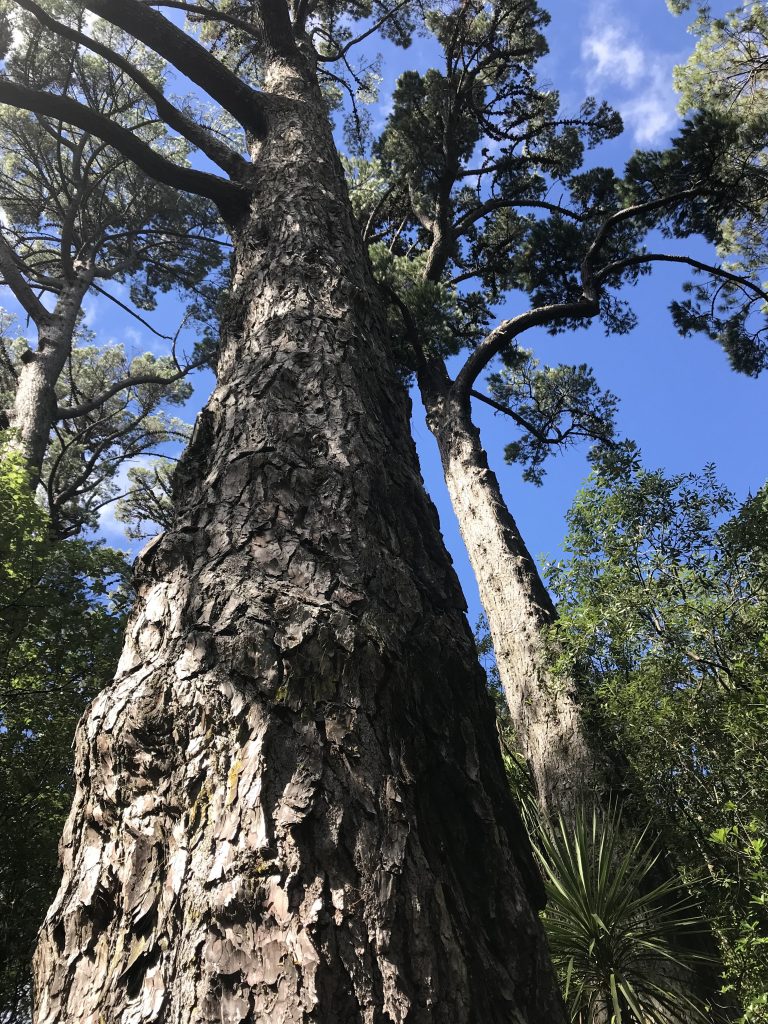
The biggest Monterey Pines I’ve ever seen!
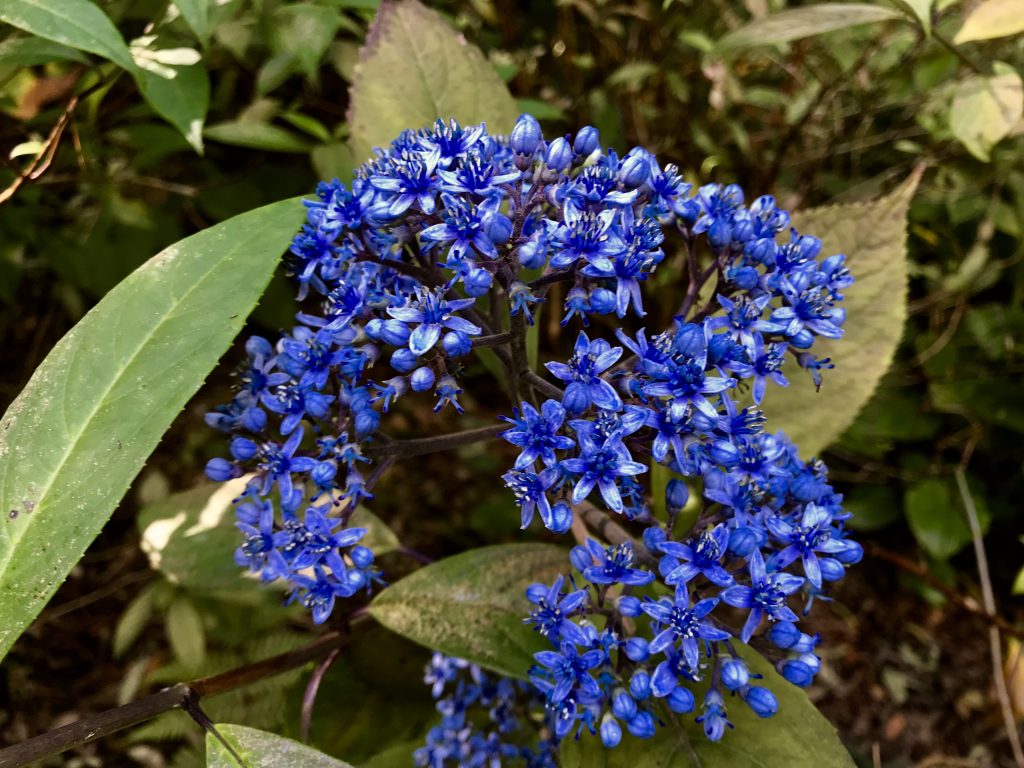
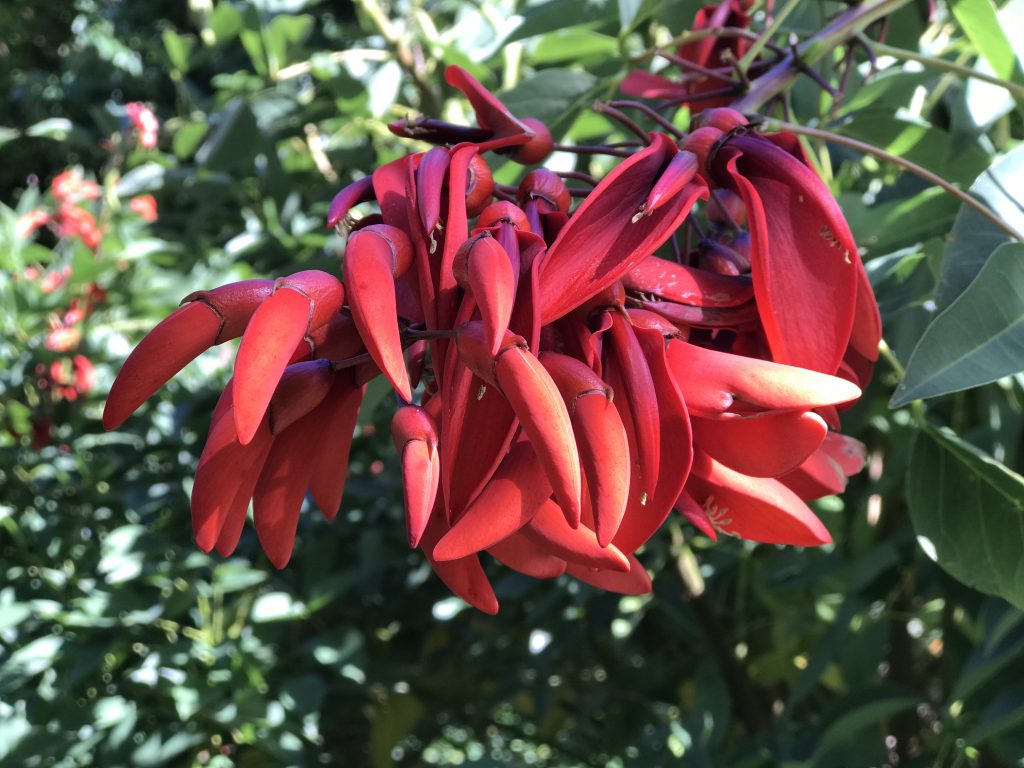

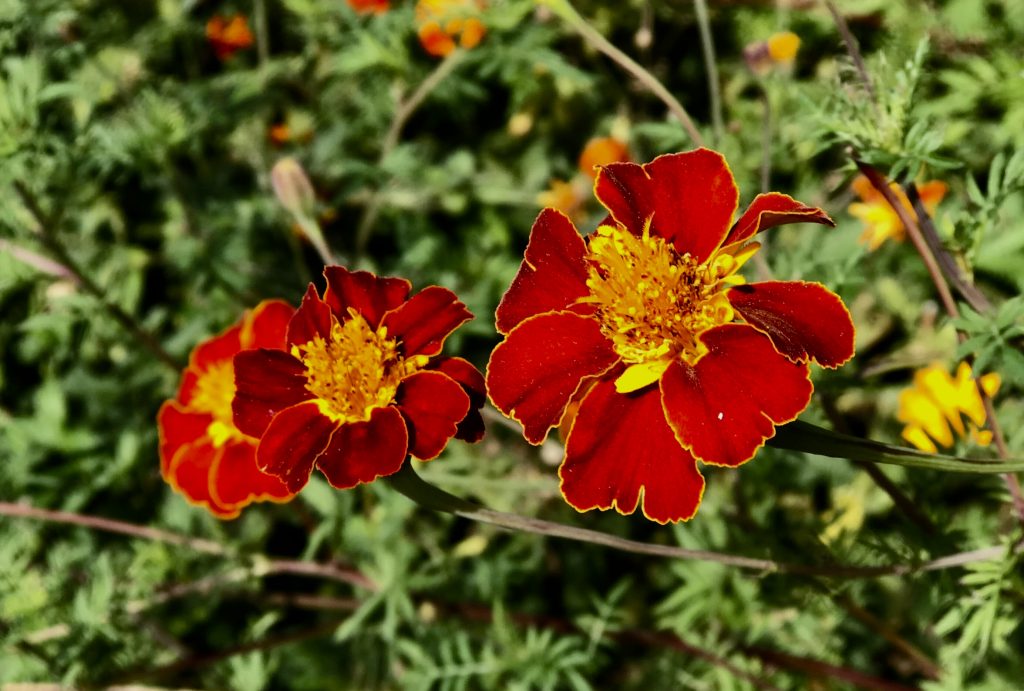
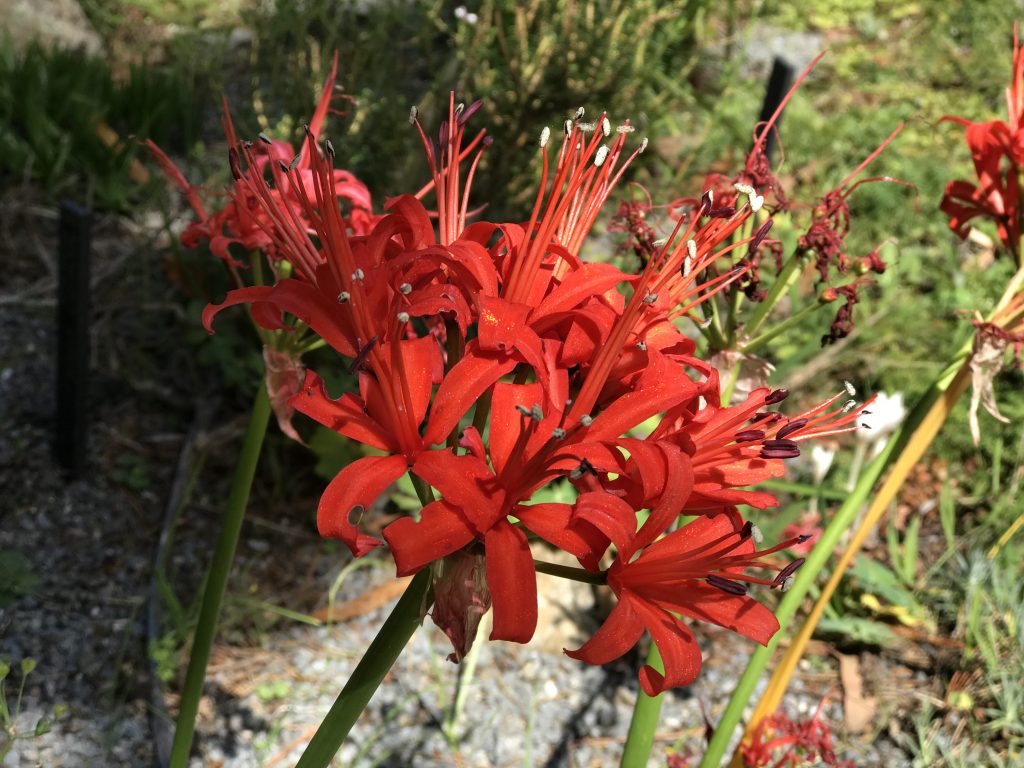
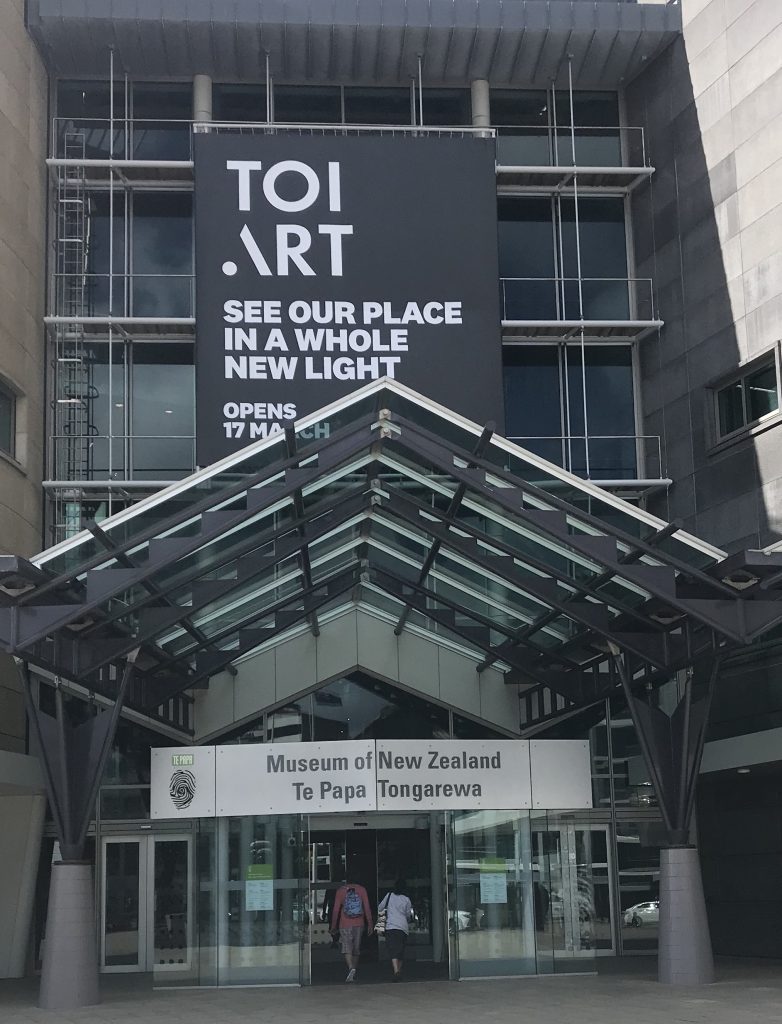
The huge Museum of New Zealand is free every day.
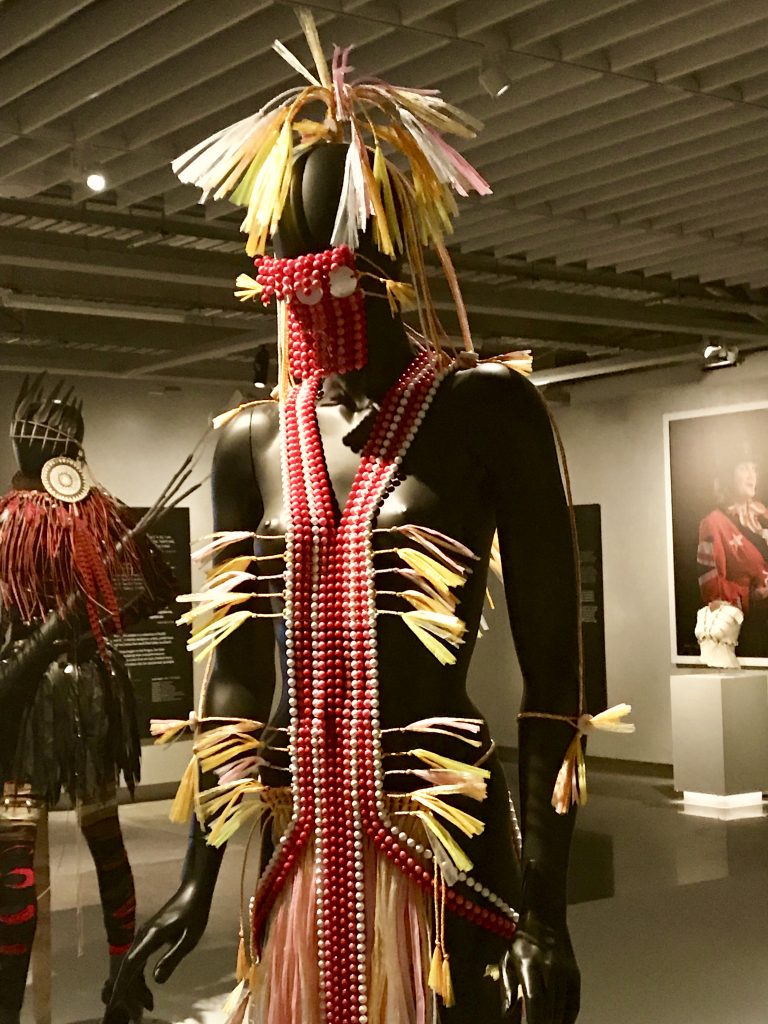

Old and new side by side
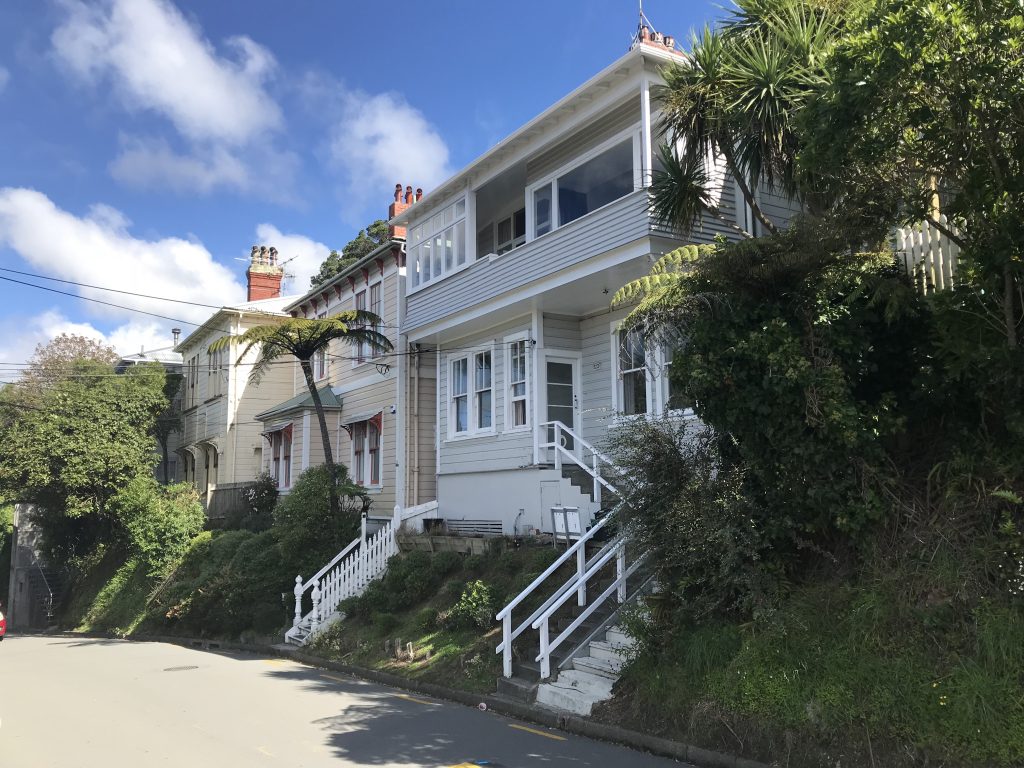

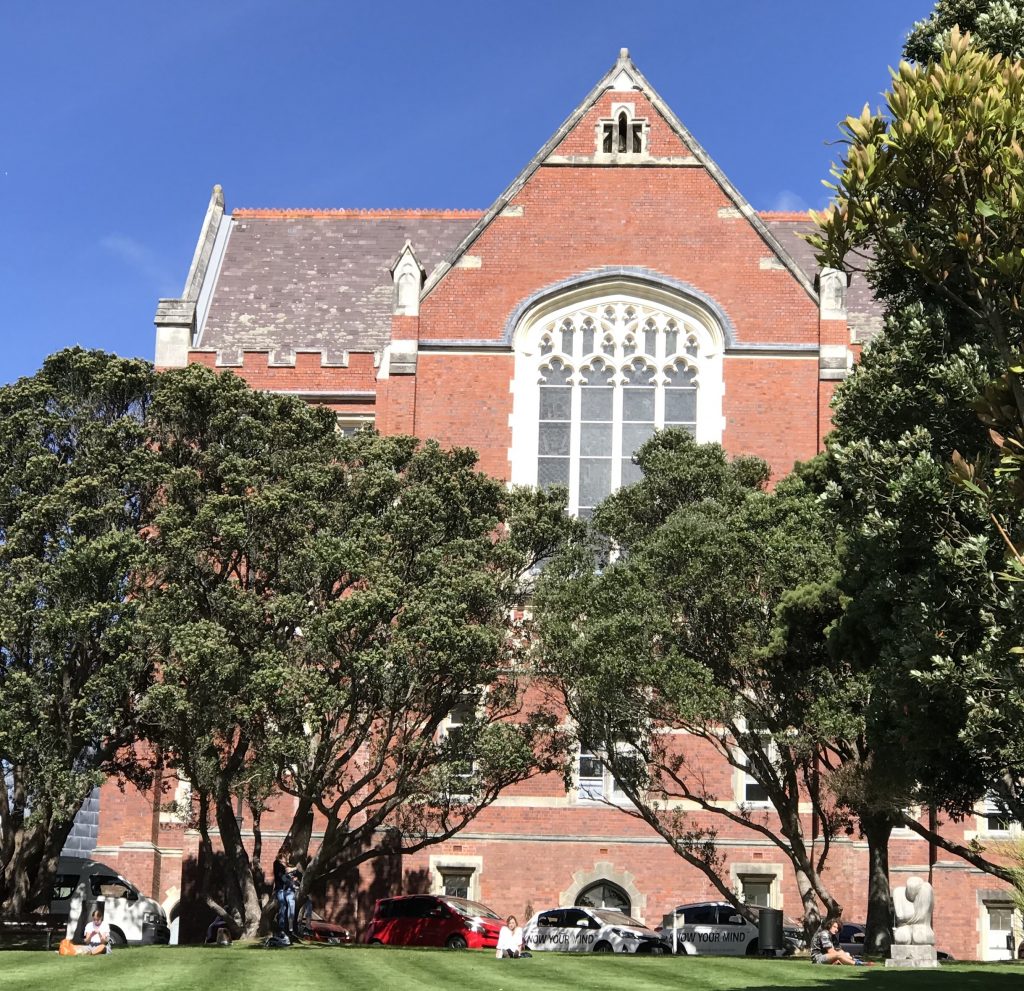
Victoria University of Wellington

One thing Wellington did is turn a pristine valley into a natural preserve, Zealandia.
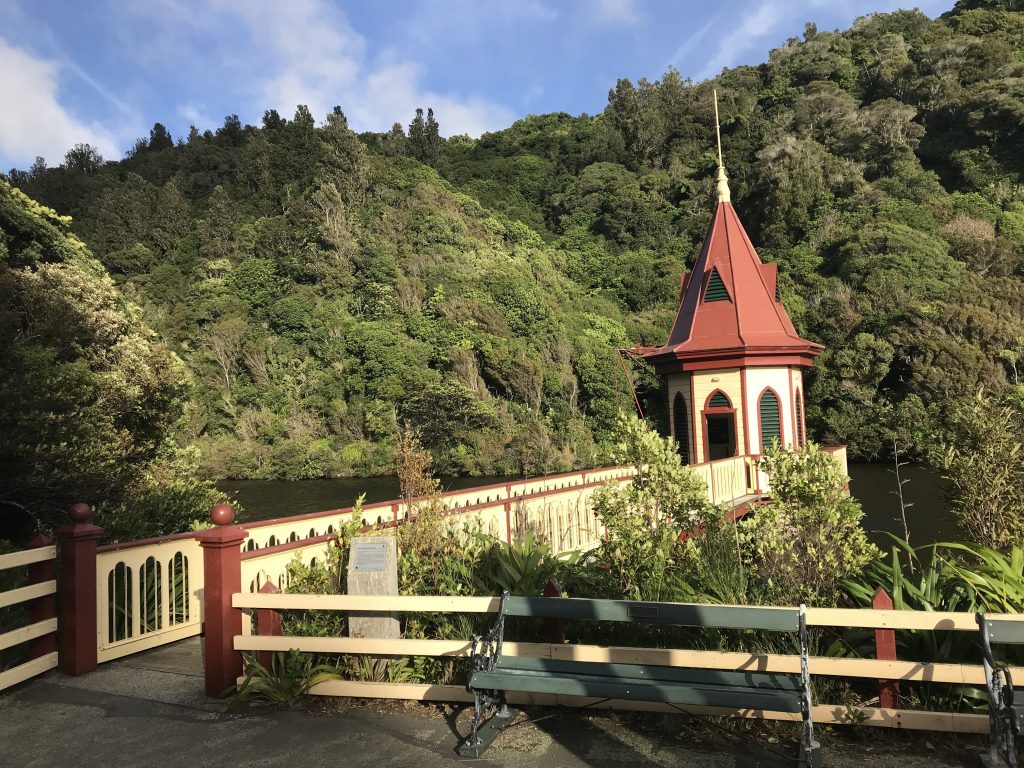 New Zealand has been separate from all other lands for more than 80 million years. It had no mammals other than bats, and as a result, with no mammal predators, species evolved in unique ways. Once humans found it, and began introducing non-native plants and animals, native species came under new pressures.
New Zealand has been separate from all other lands for more than 80 million years. It had no mammals other than bats, and as a result, with no mammal predators, species evolved in unique ways. Once humans found it, and began introducing non-native plants and animals, native species came under new pressures.
Zealandia installed special fence around the whole perimeter that excludes all non-native animals. Without the predators, they are able to have a wild preserve for native life.
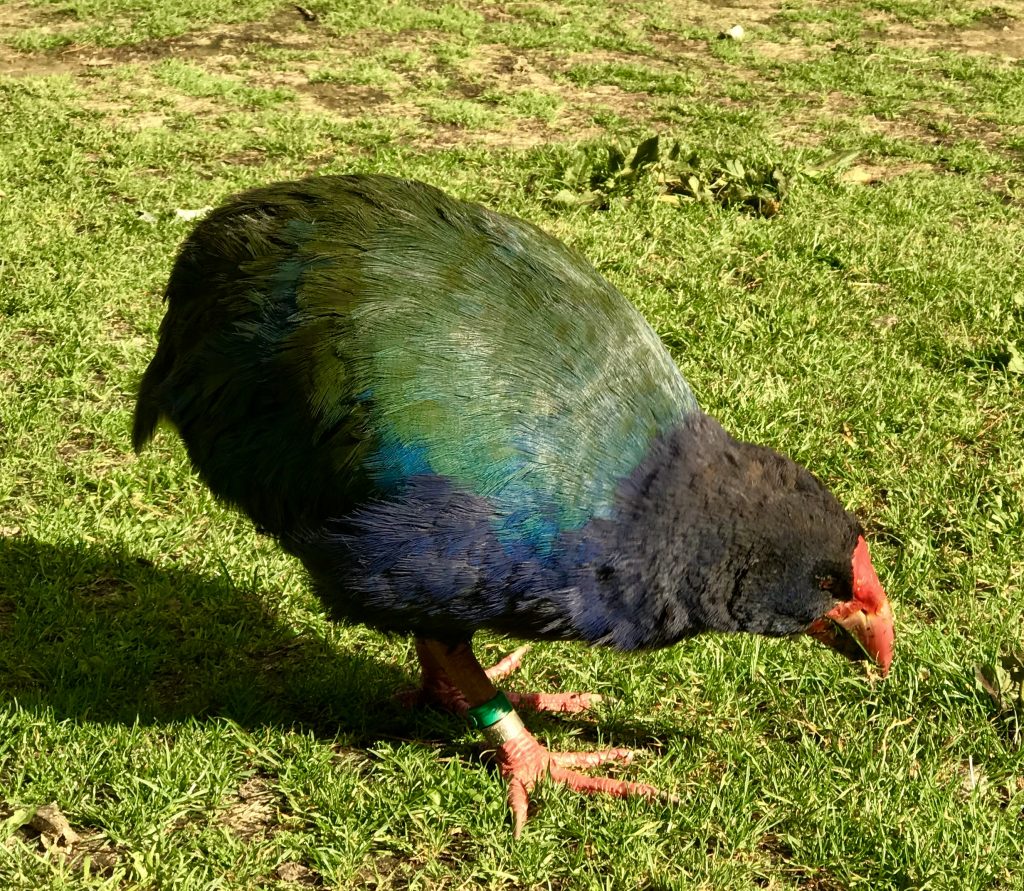
Takahē, a very rare flightless bird

Wellington Green gecko

Poisonous honey? I did not think it possible!

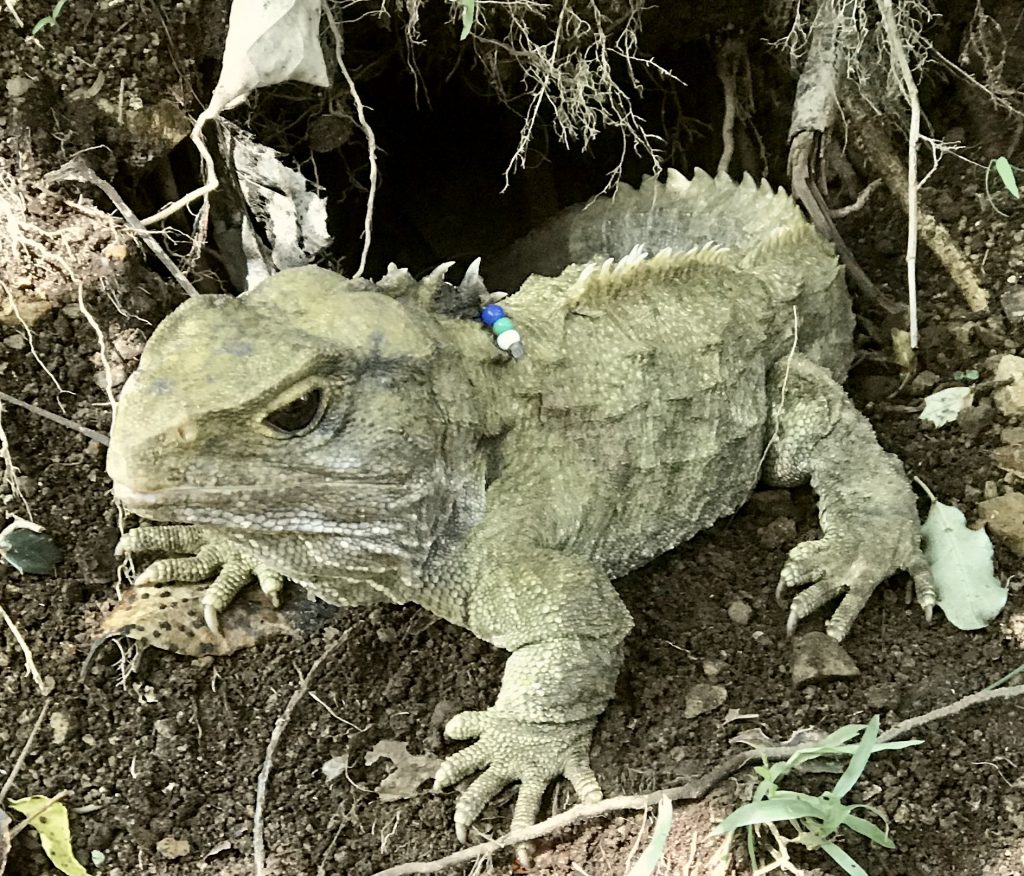
There is a special large area set aside for tuatara, one of the few survivors of its kind from the age of dinosaurs. It is not a lizard.

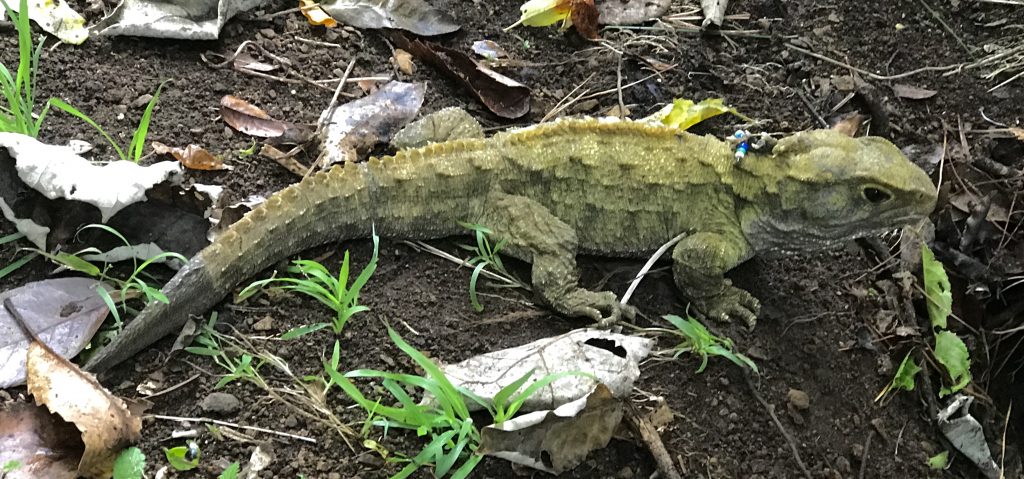
Time to head north.
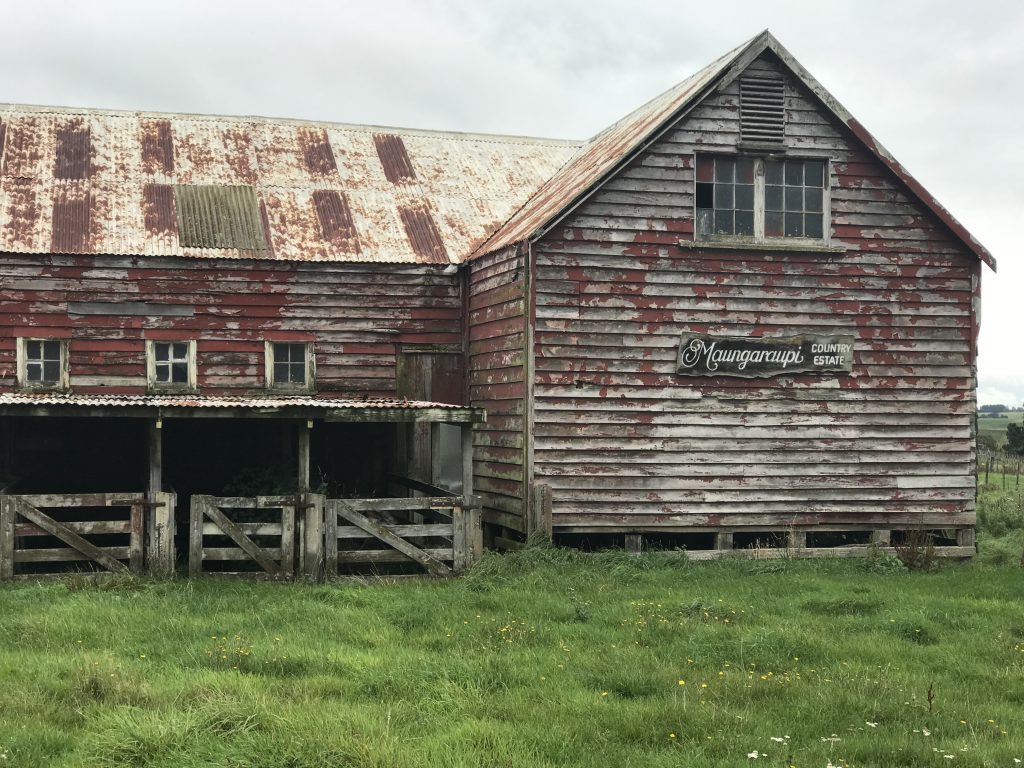

I spent the night in a marvelous 110 year old home set among 400 acres
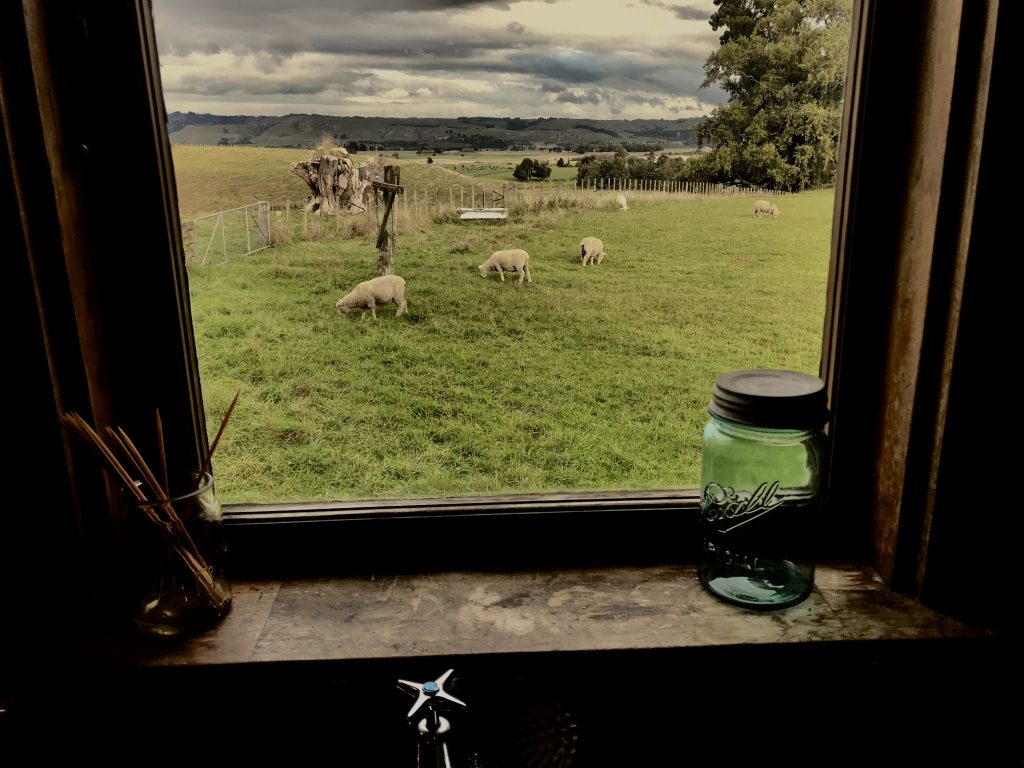
The sheep keep the grass mown
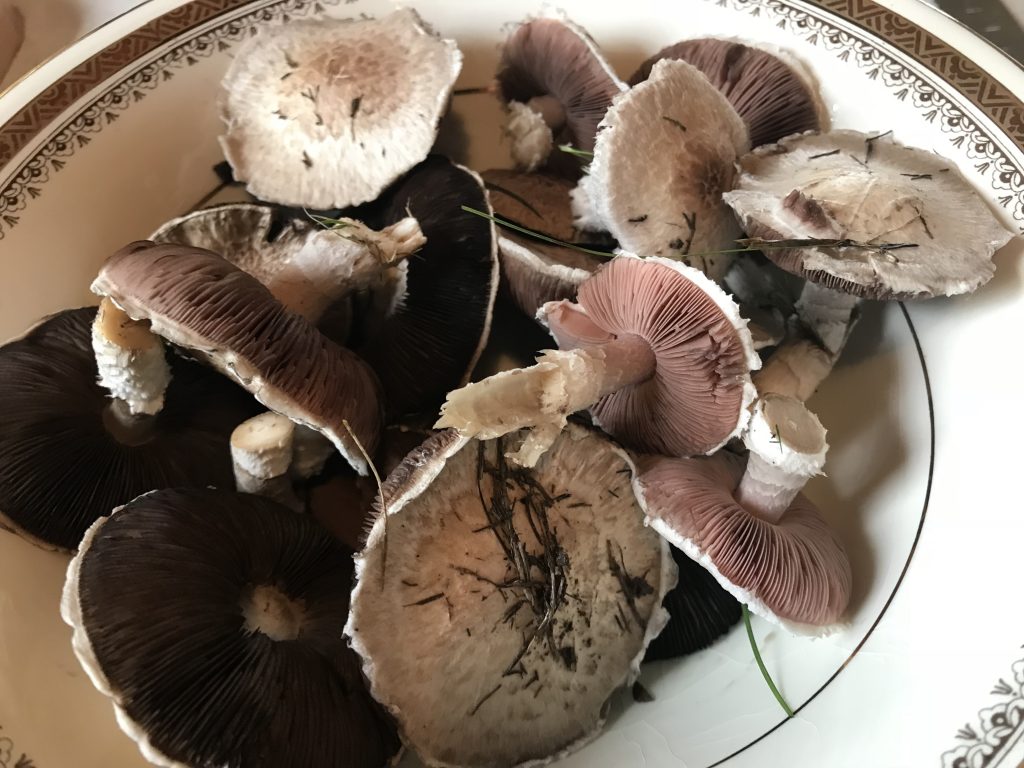 I was welcomed to harvest edible mushrooms from the lawn, which I sautéed for dinner.
I was welcomed to harvest edible mushrooms from the lawn, which I sautéed for dinner.
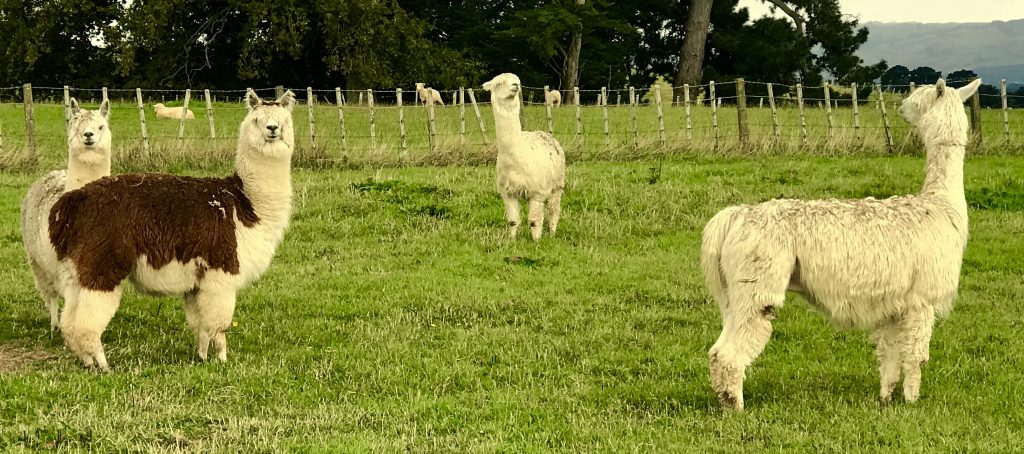
They have sheep and alpacas.

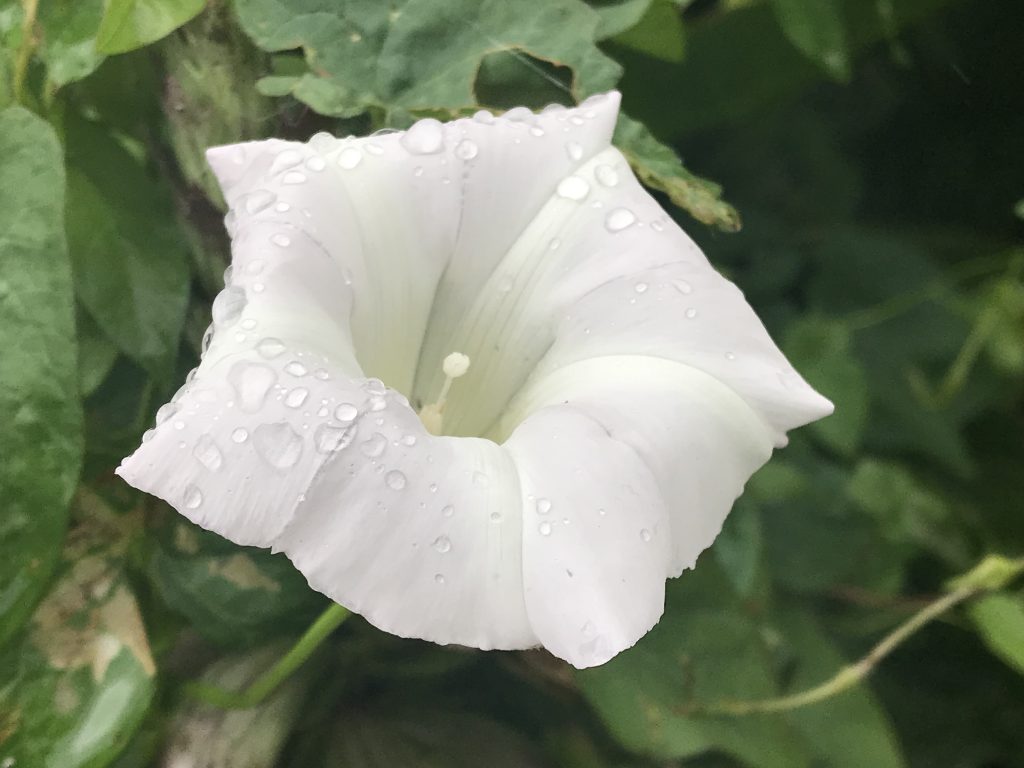

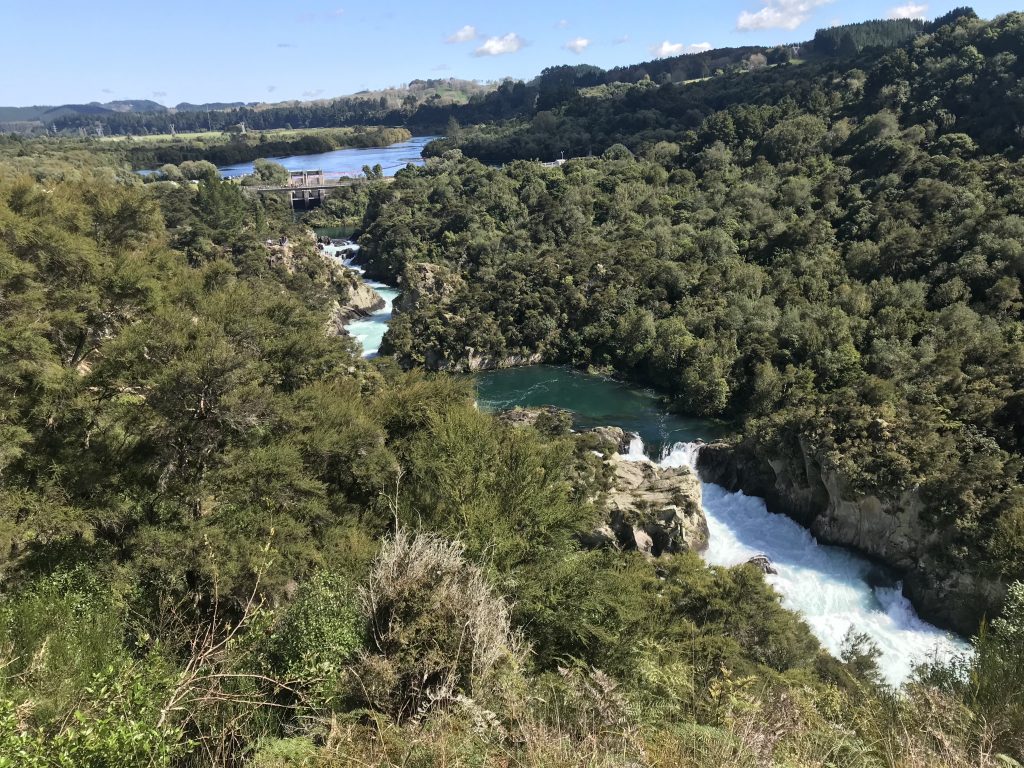
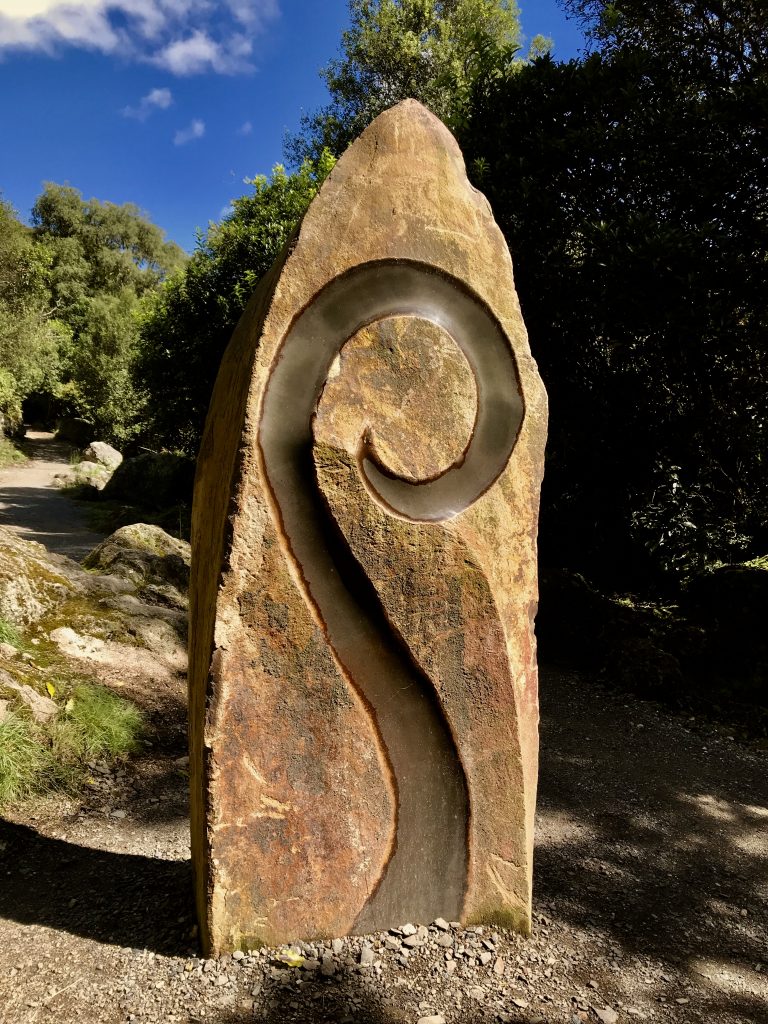
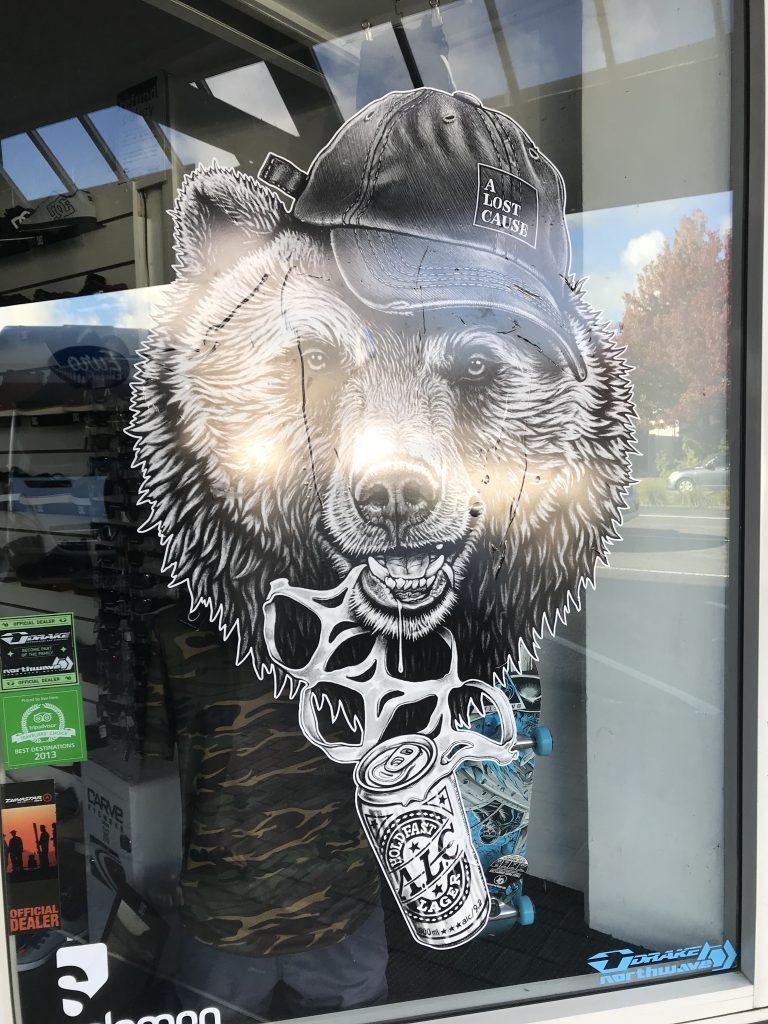
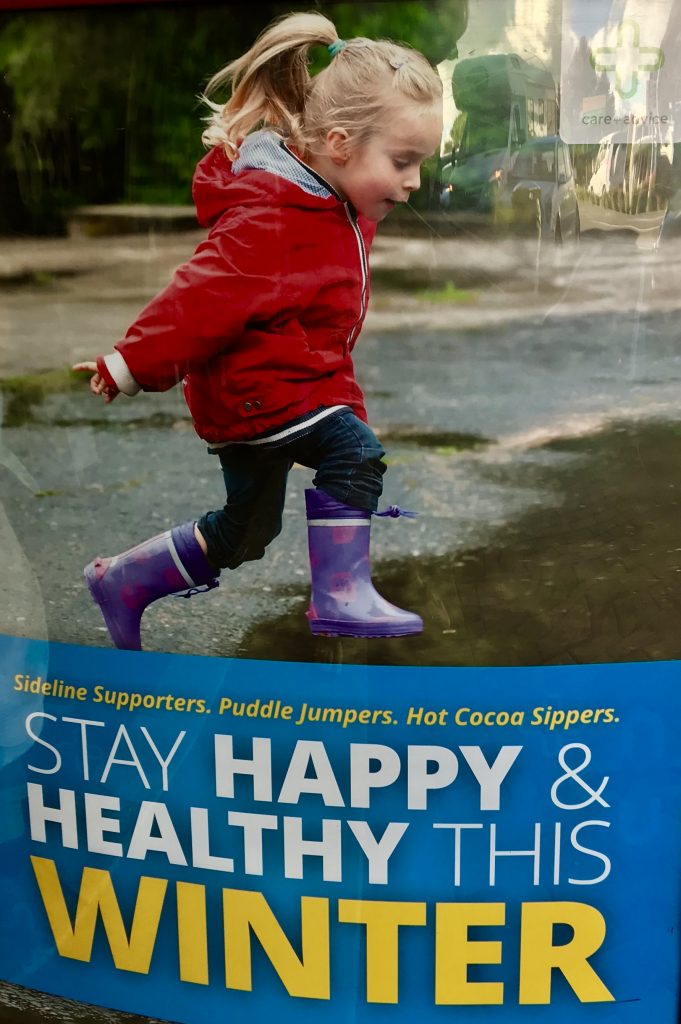
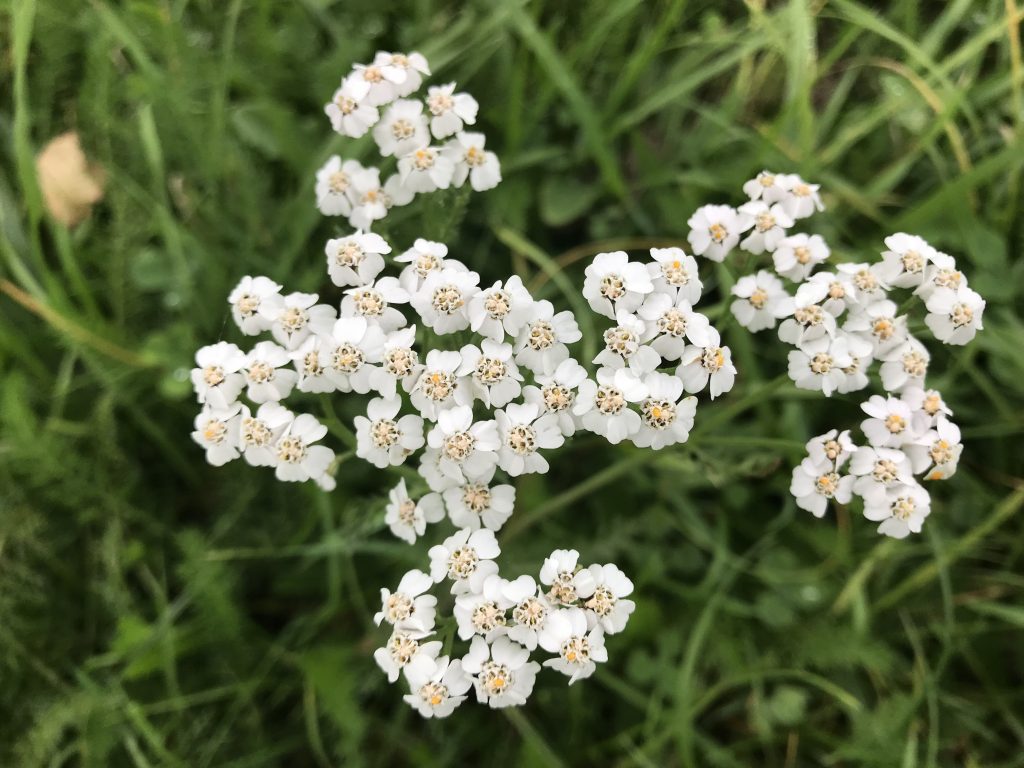
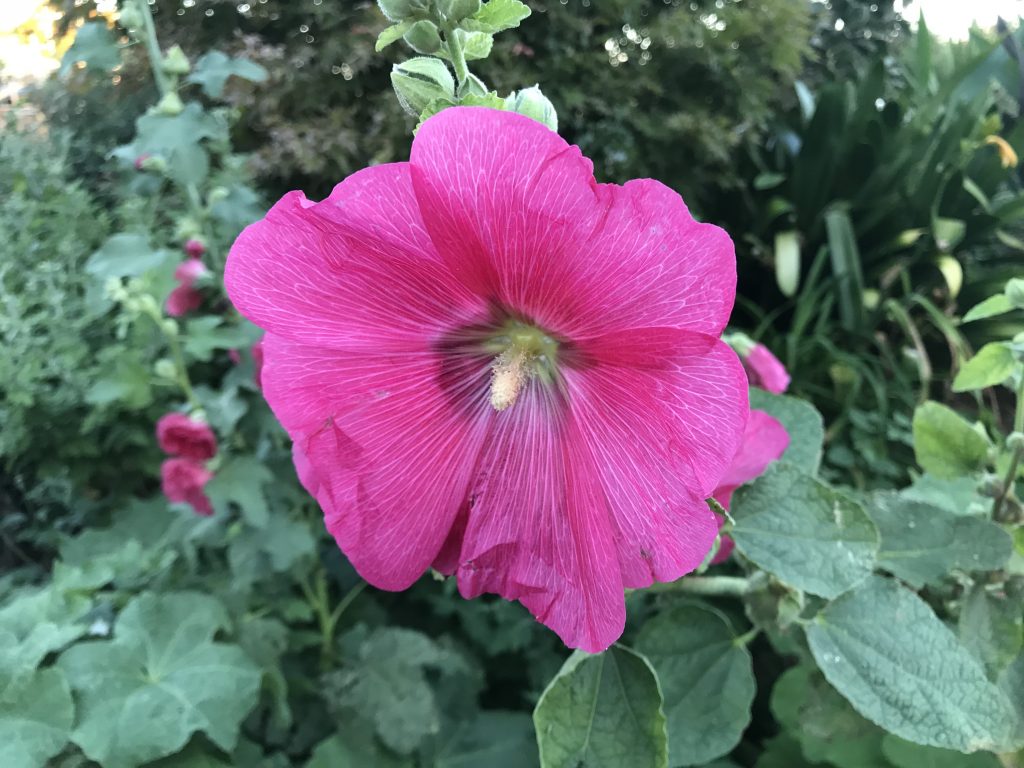


On the way up to Rotorua, I stopped at a favorite hot stream, ‘The Secret Spot’ or ‘Hot and cold’, where a hot thermal stream merges with a cool stream. You can pick whatever temperature pleases you!!
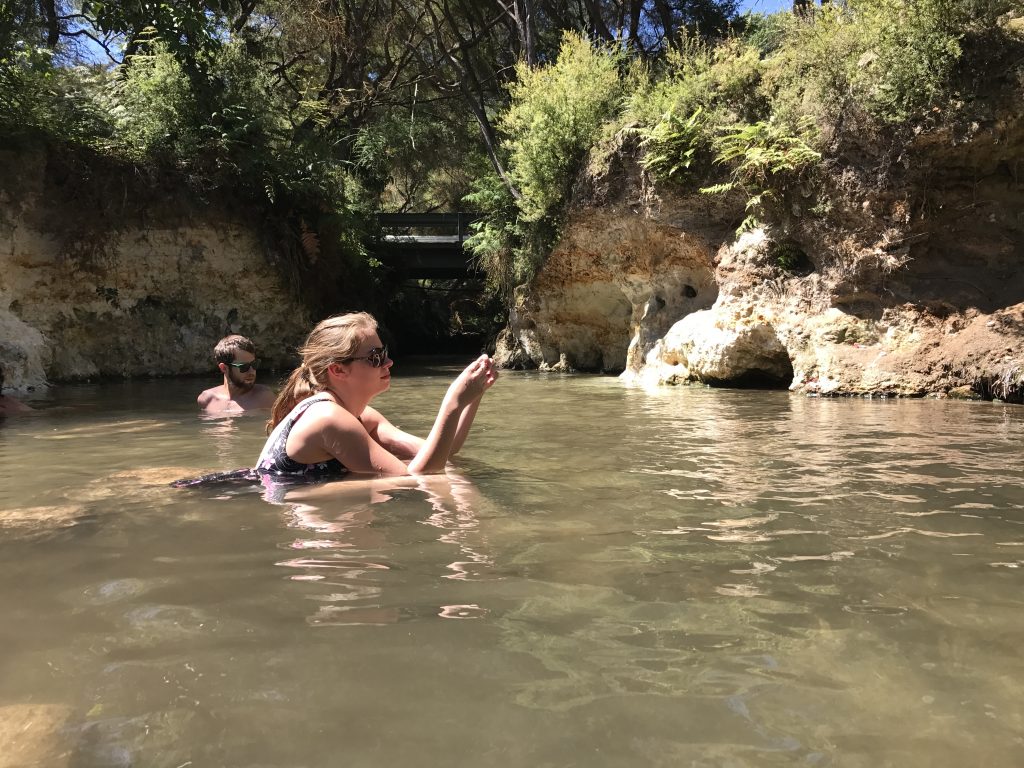
I then stopped at a popular hot stream I had missed last time, ‘Kerosene Creek’
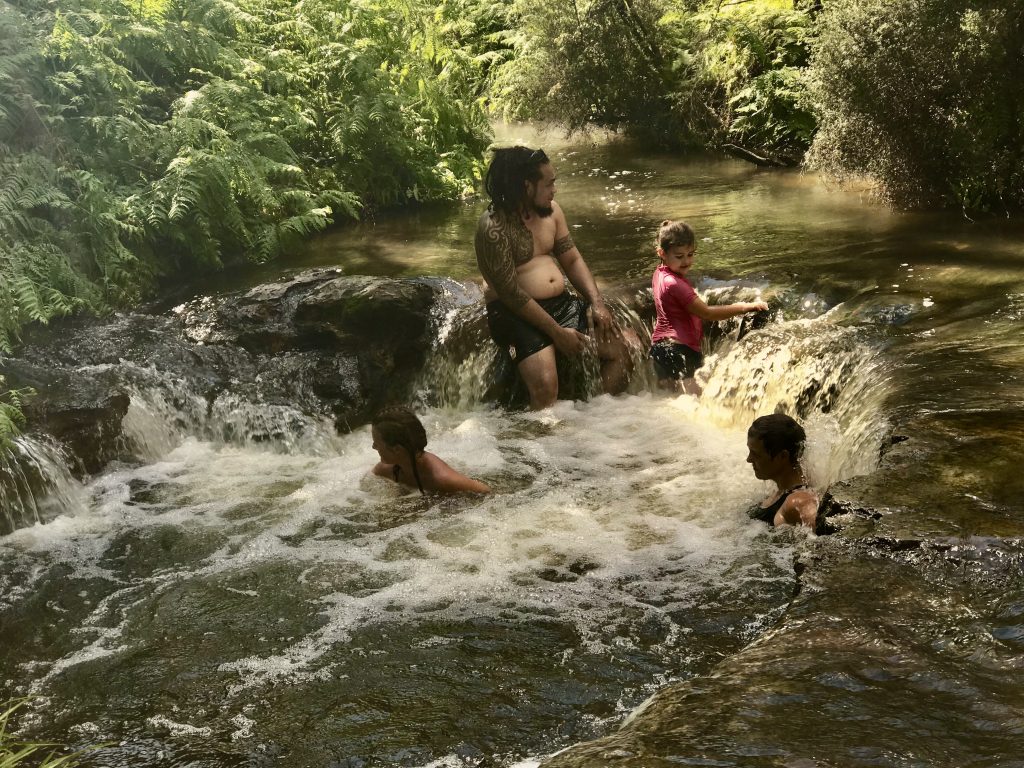
Kerosene Creek has several waterfalls. How good to feel natural 100°F water cascading down on your shoulders.
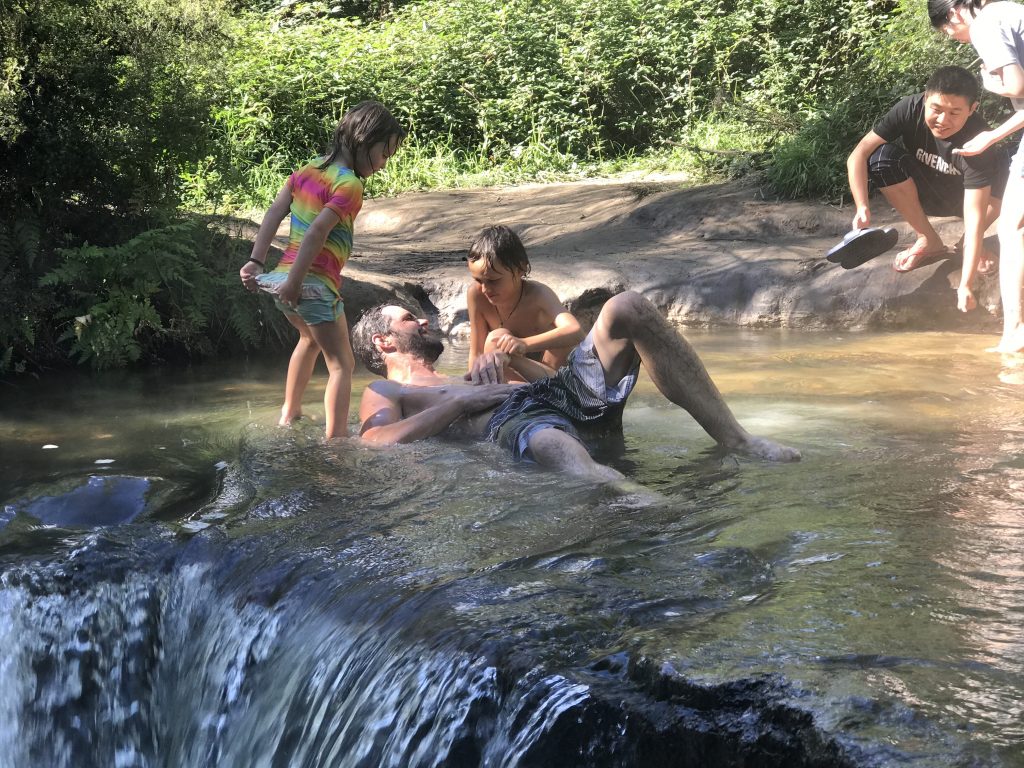
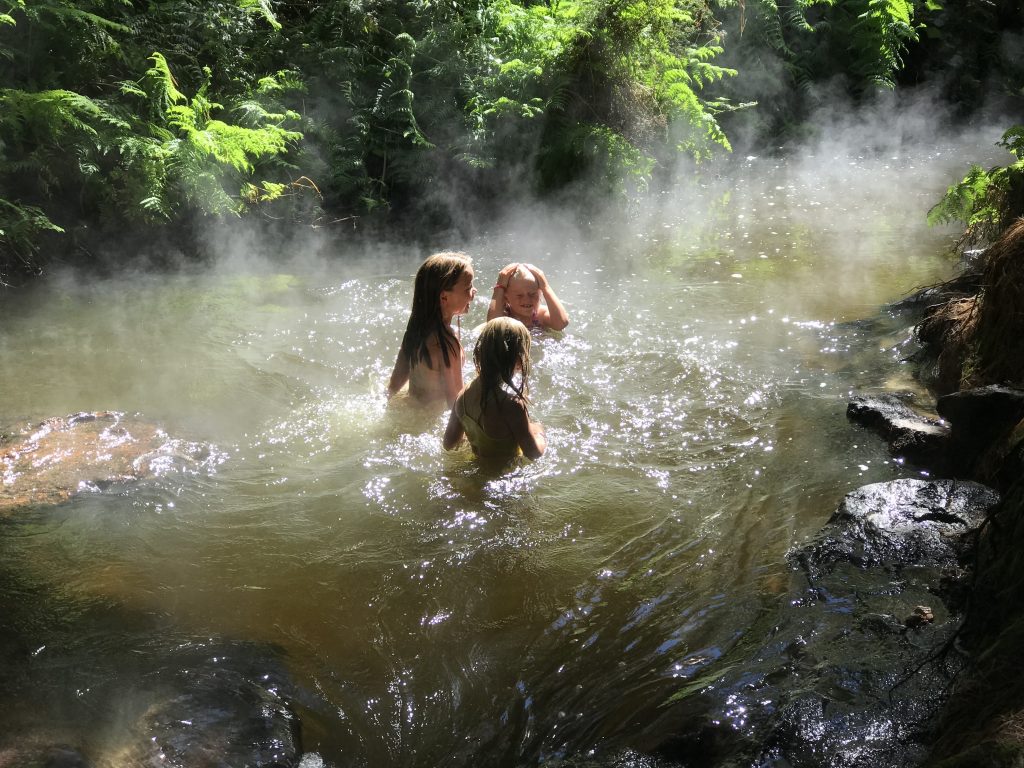
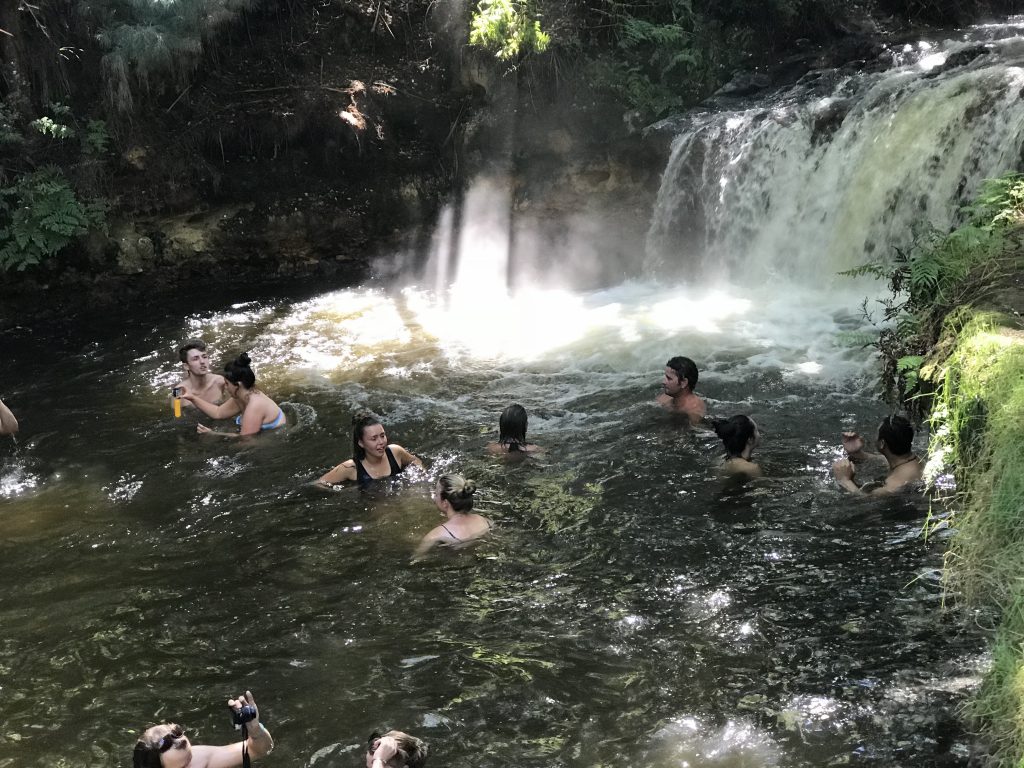
I thoroughly enjoyed Kerosene Creek and hope to return.
Time to head up to beautiful Northland (north of Auckland on the North Island).
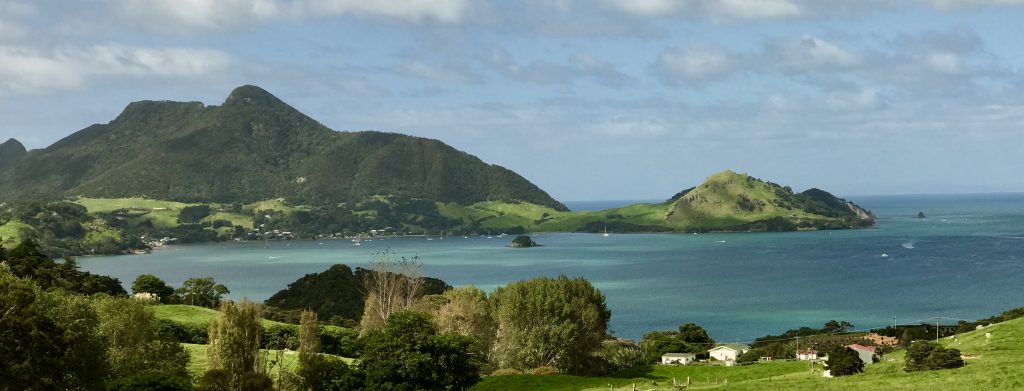
Whangerai Head, Northland, New Zealand
My first hike is up Mount Mount Manaia.
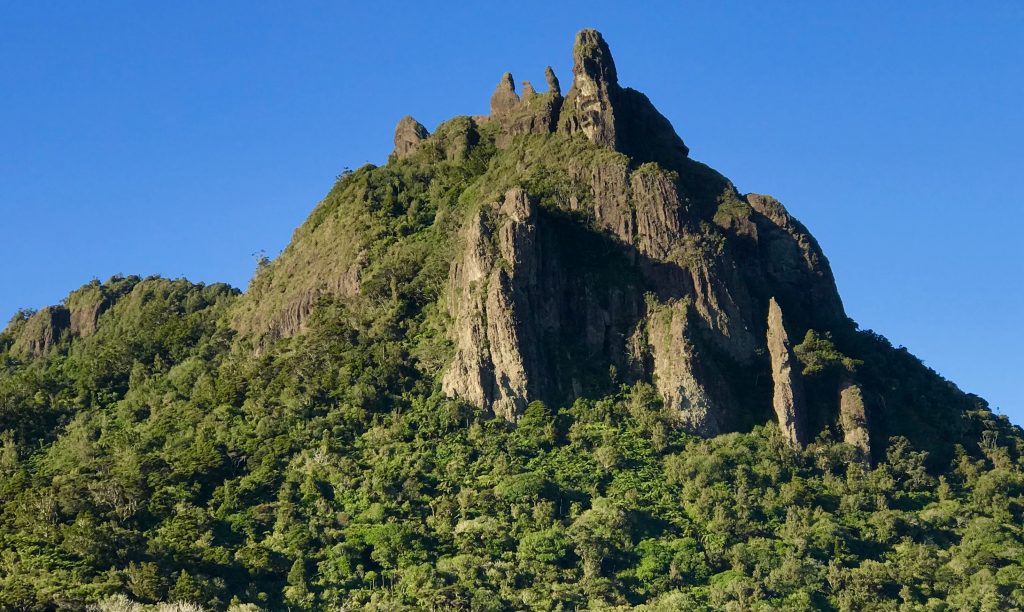
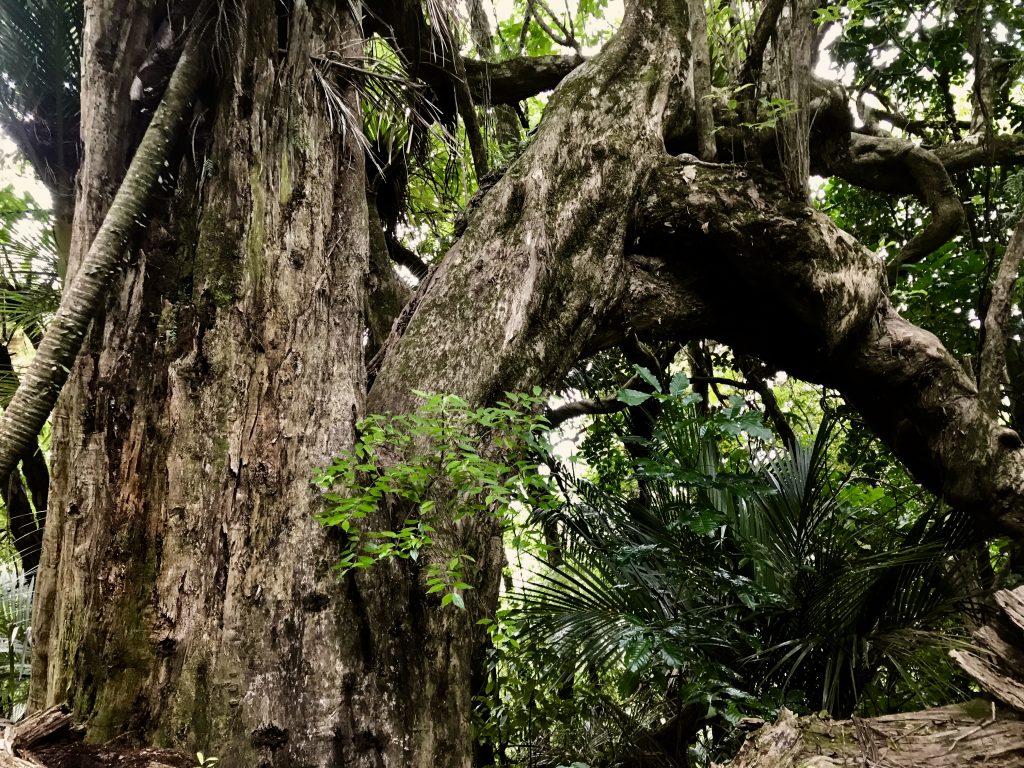
Spectacularly big trees line the pathway.
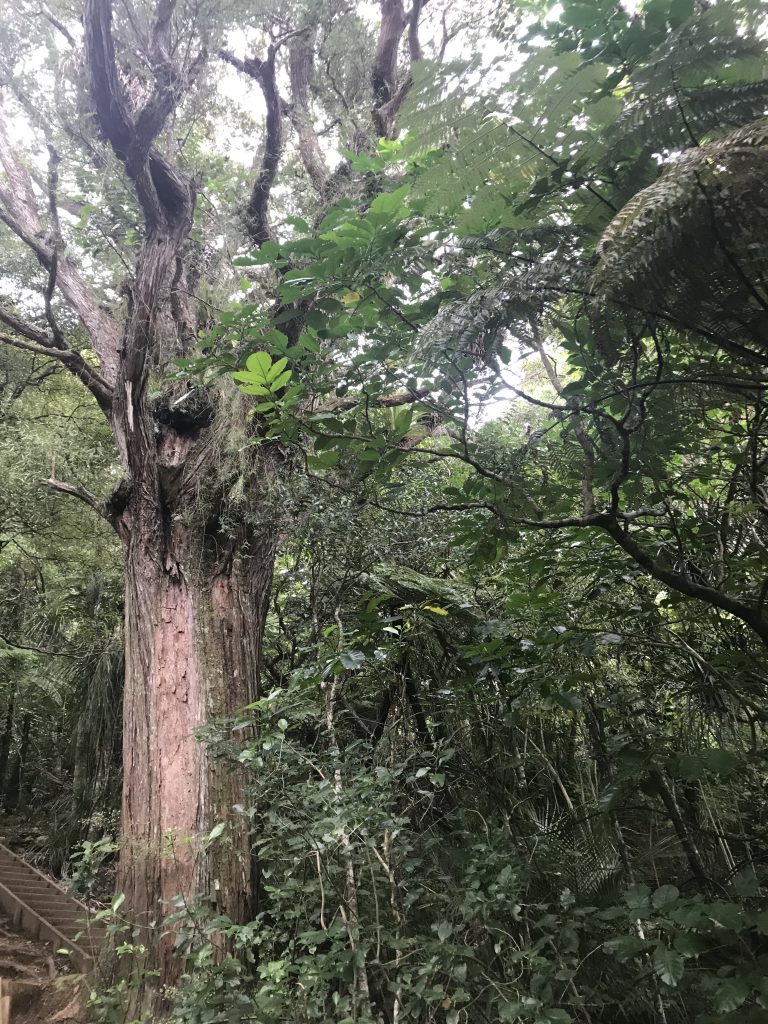

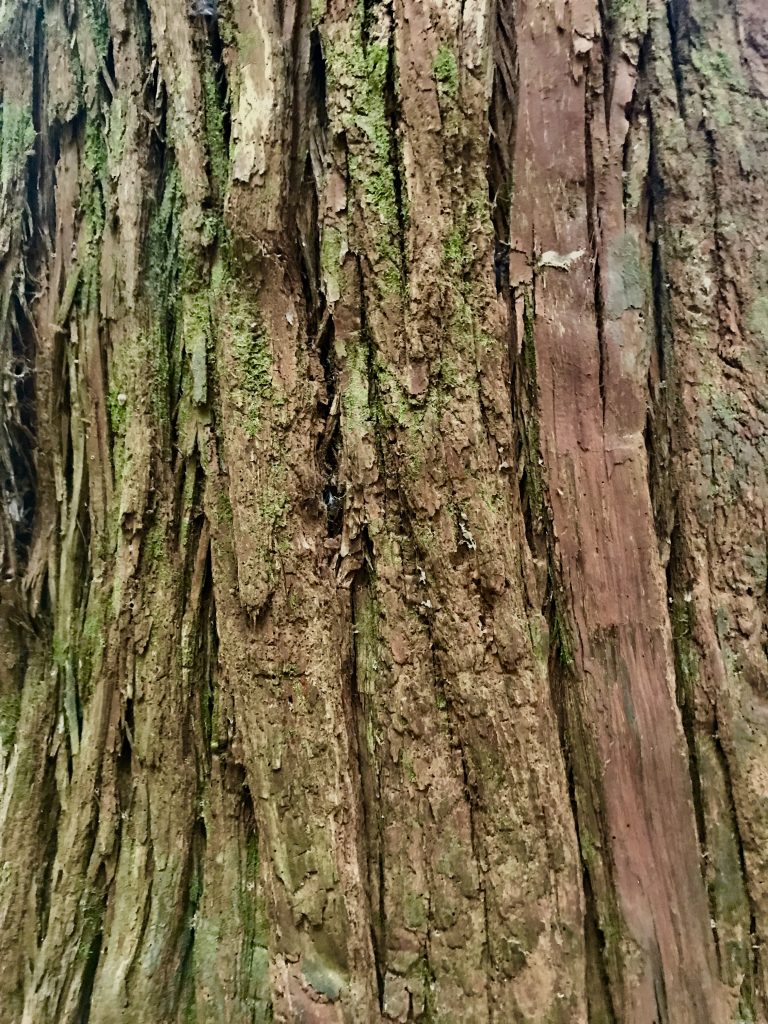
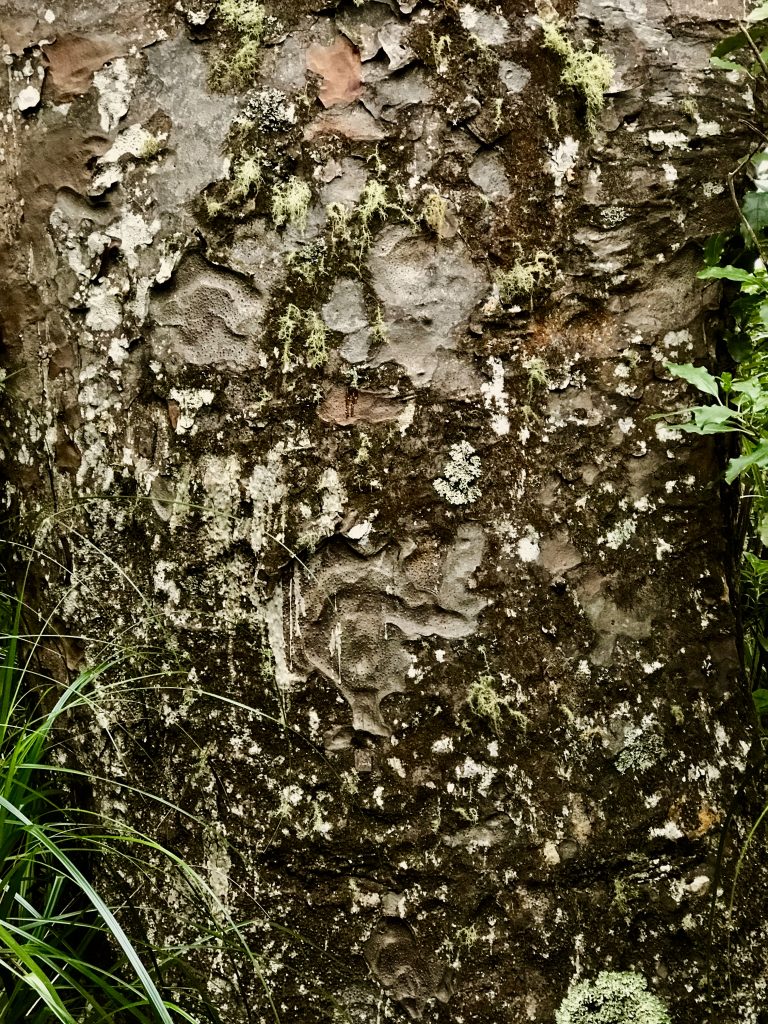
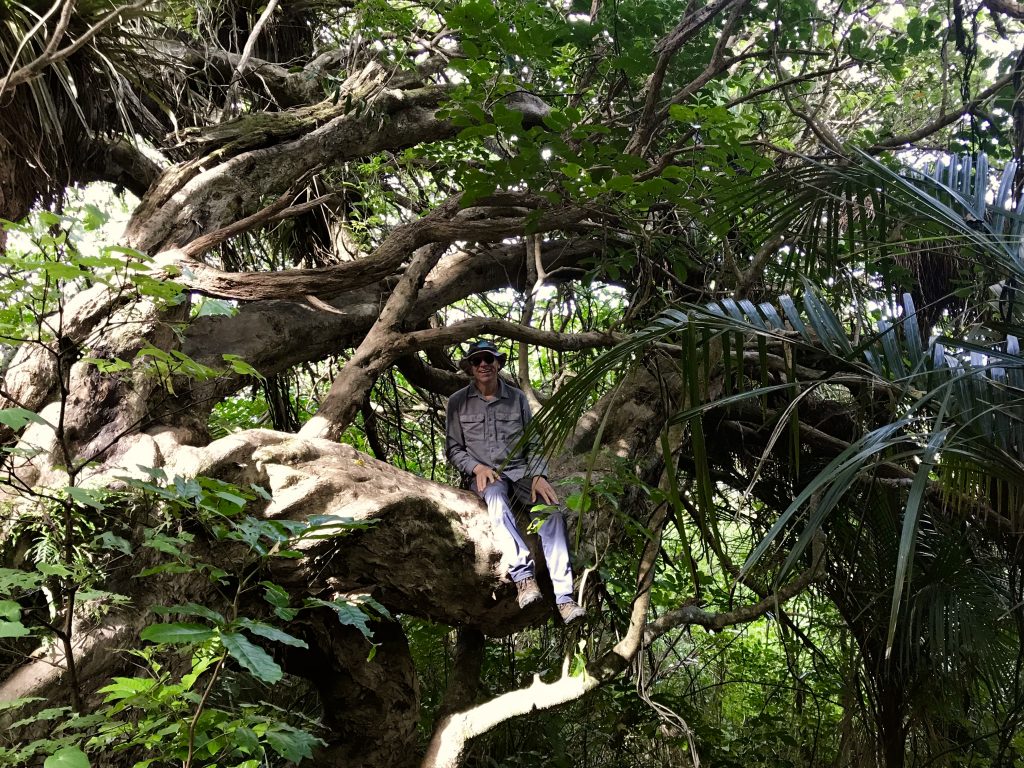
How big, you ask? Here I give some perspective.
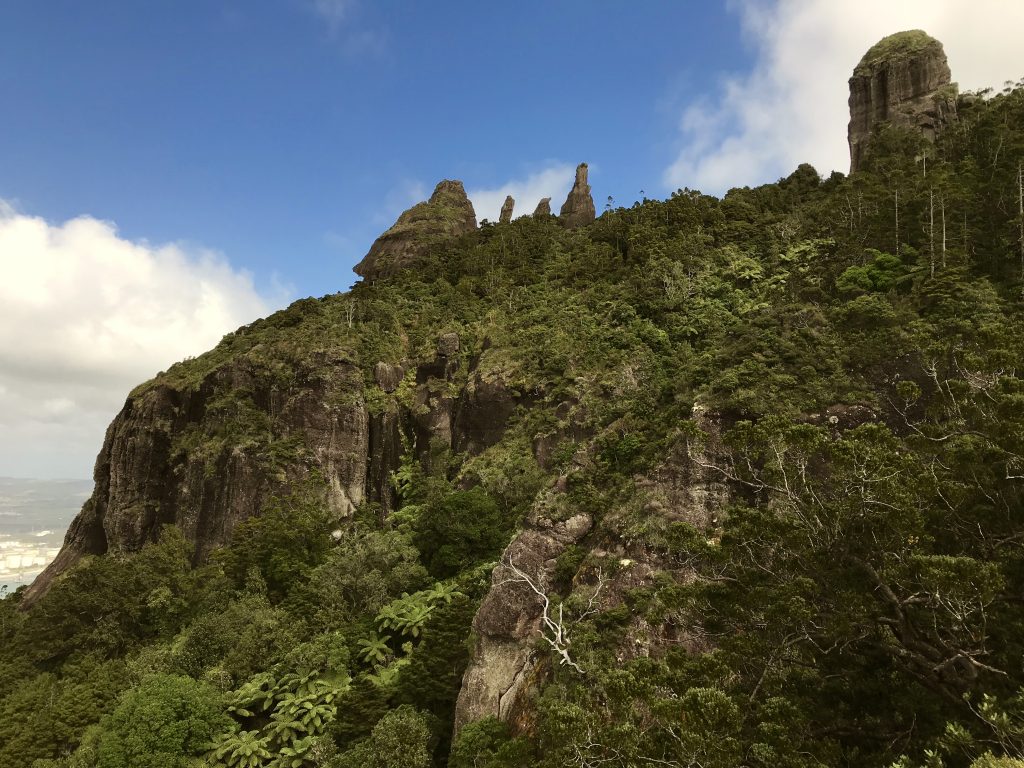
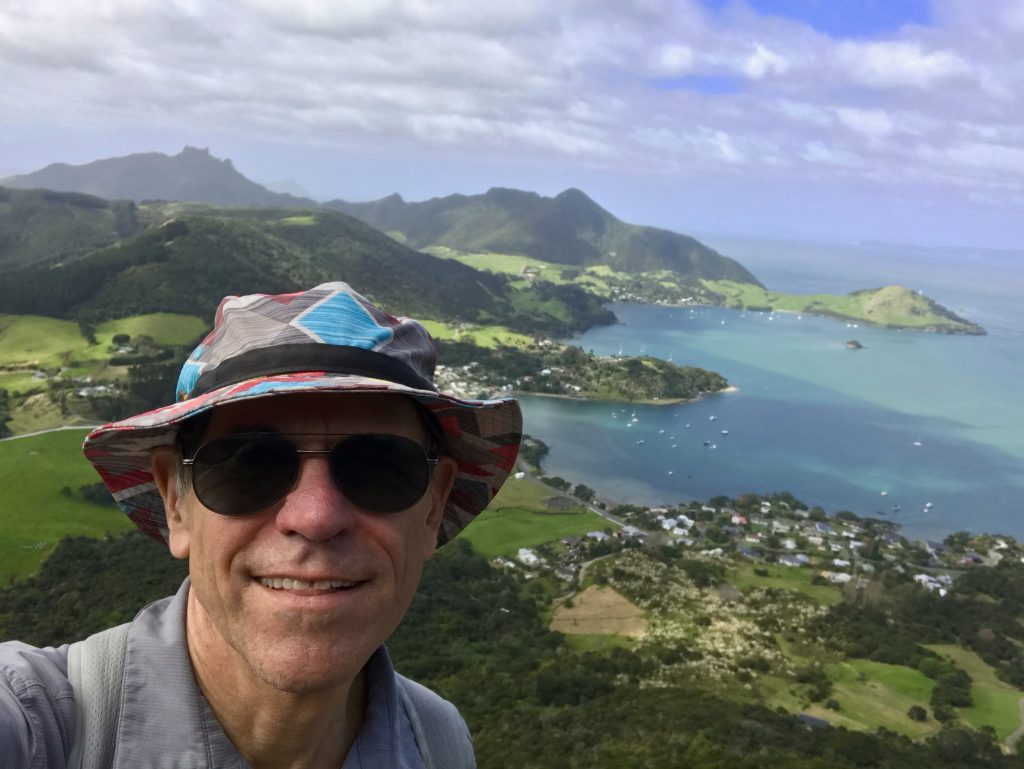
Great views from high above the bay.

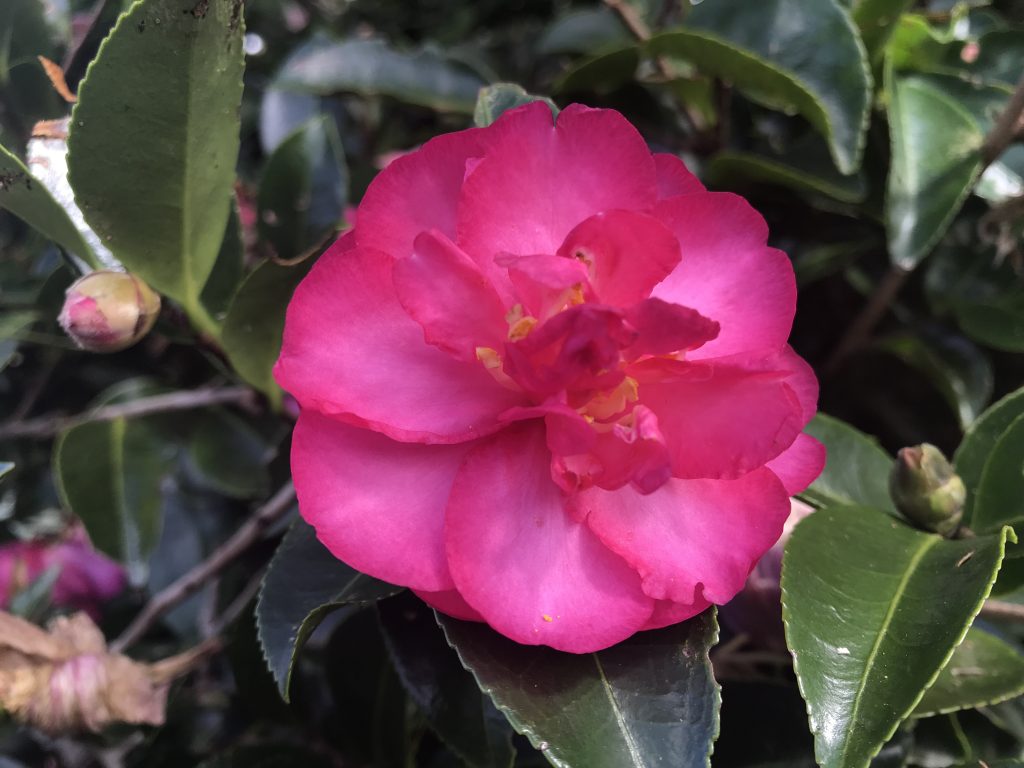

What a good idea! I may promote it in Washington State.

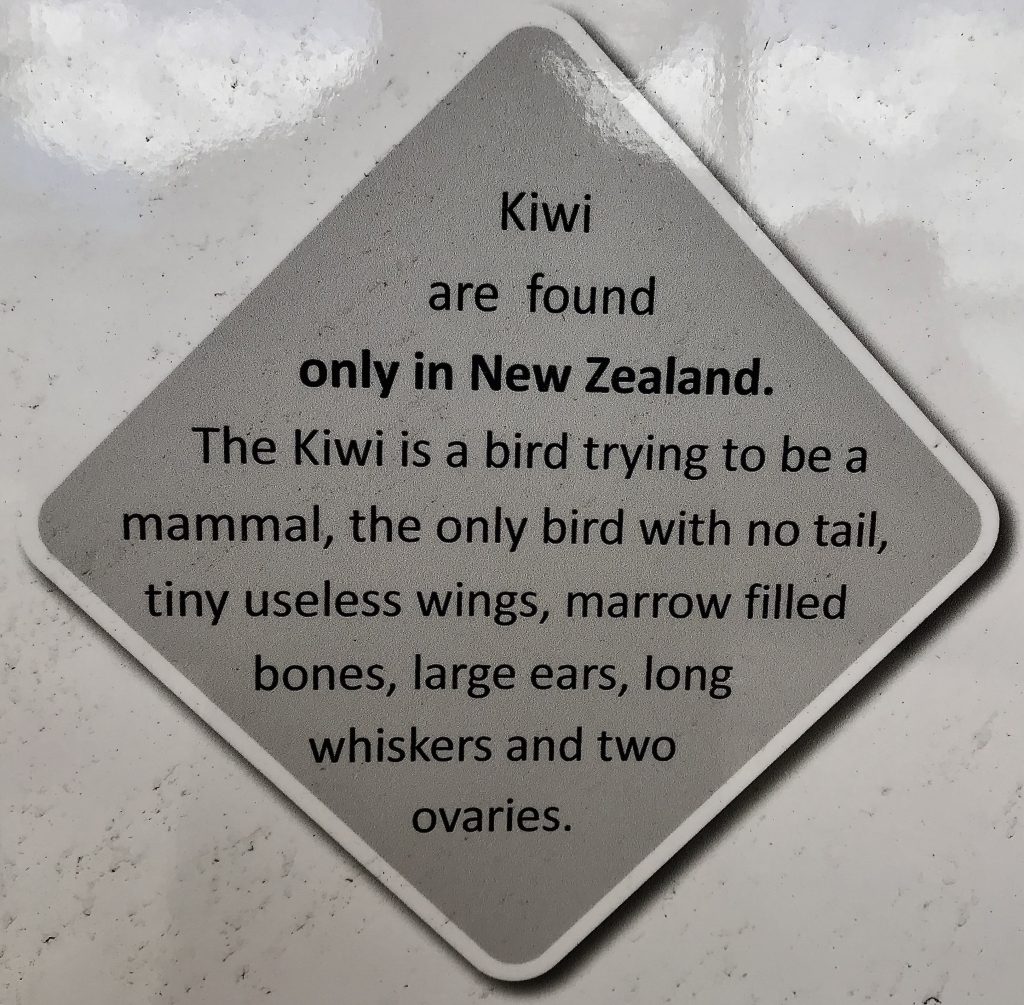
As the Kiwi is nocturnal and notoriously shy, I have not seen one in the wild, nor am likely to.
On another walk, I head out to Smuggler’s Cove.
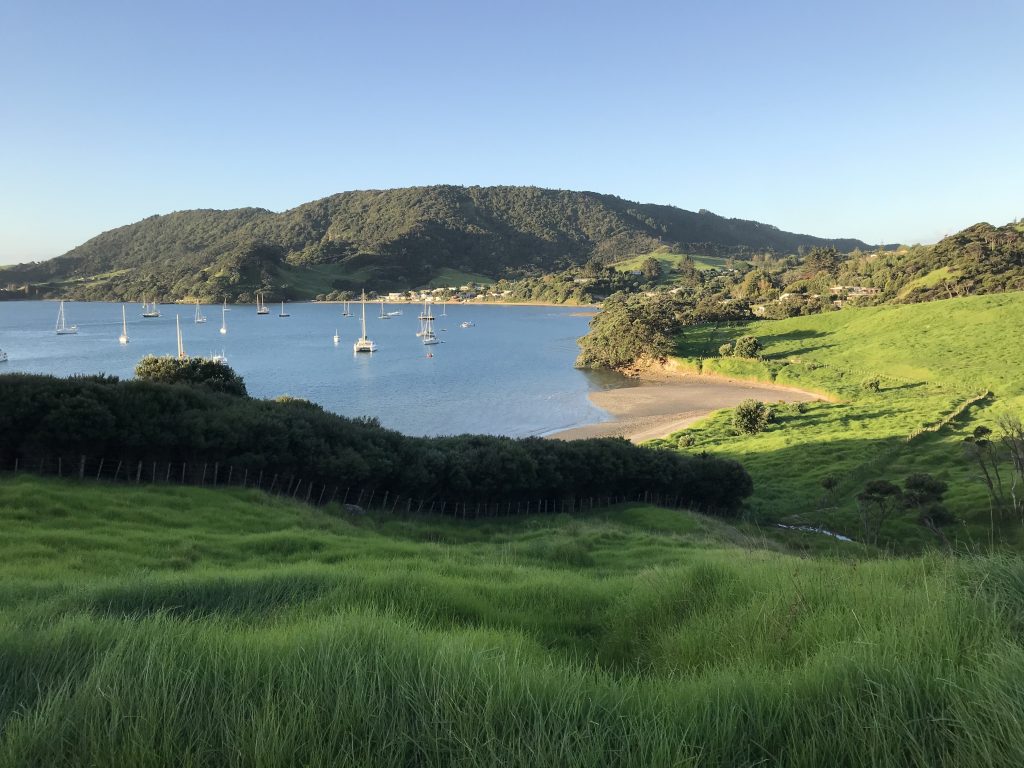
Not Smuggler’s Cove. Too obvious, obviously.
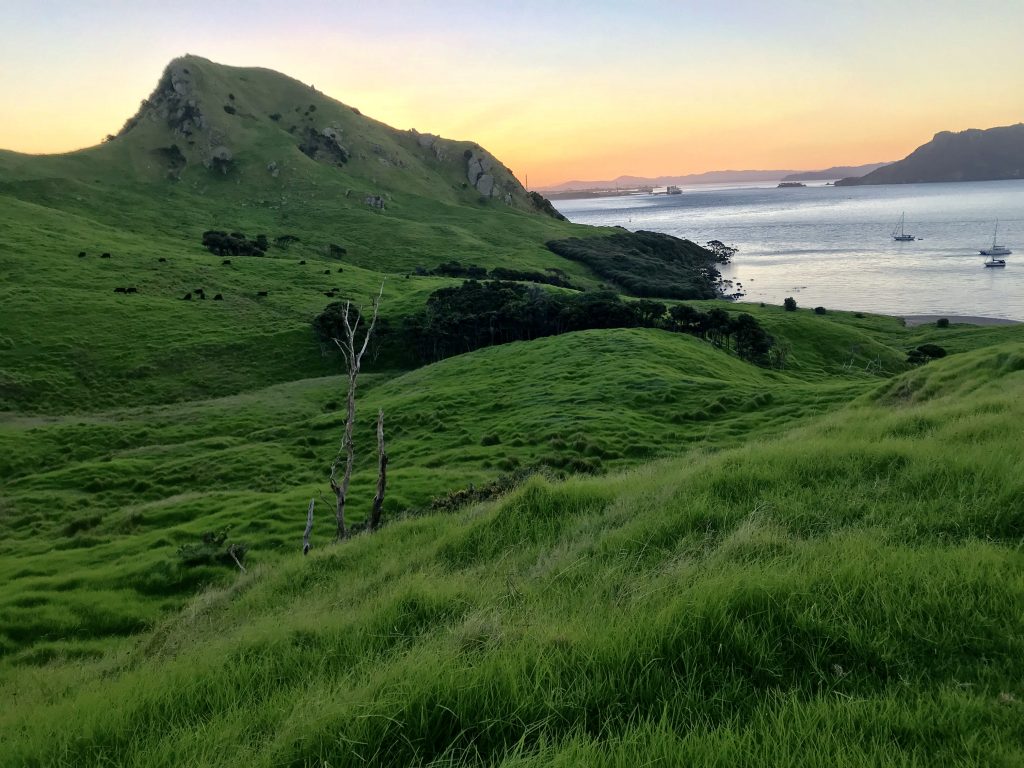
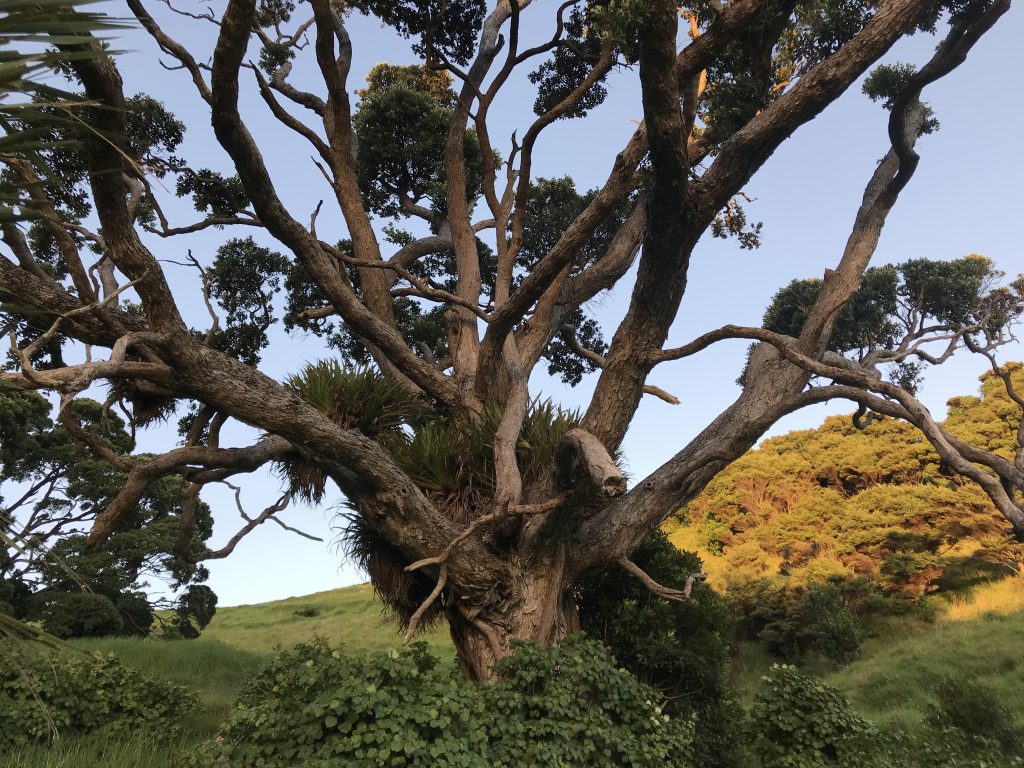

Pictures cannot convey how big the trees here are. Trust me, this is VERY big.
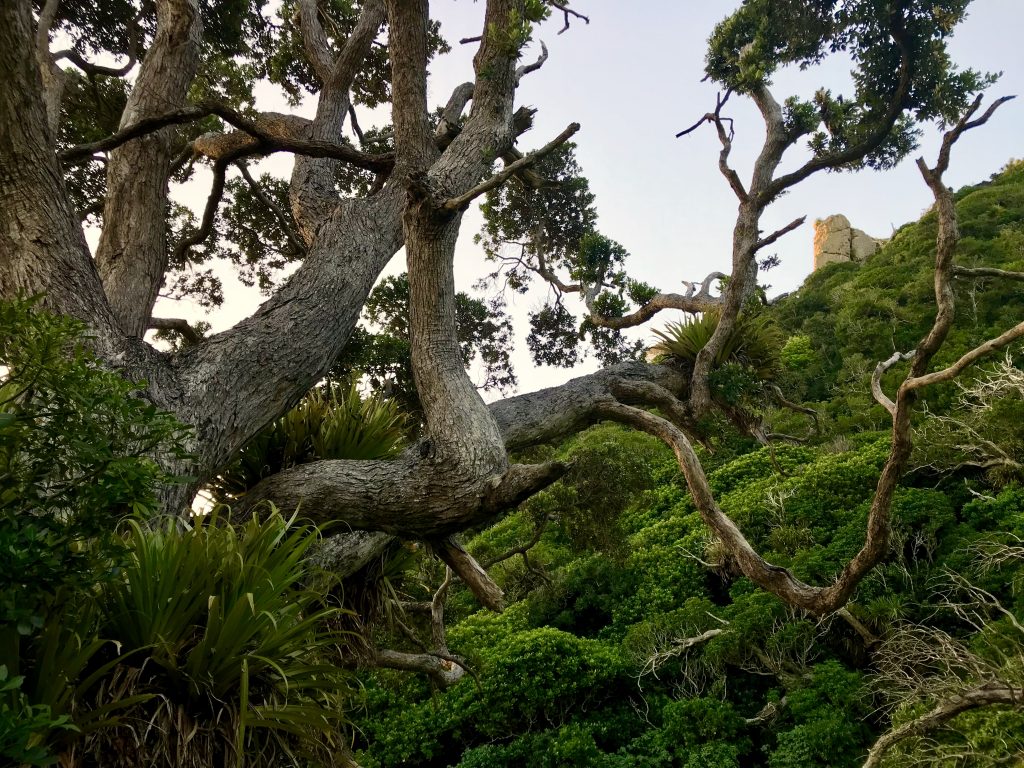
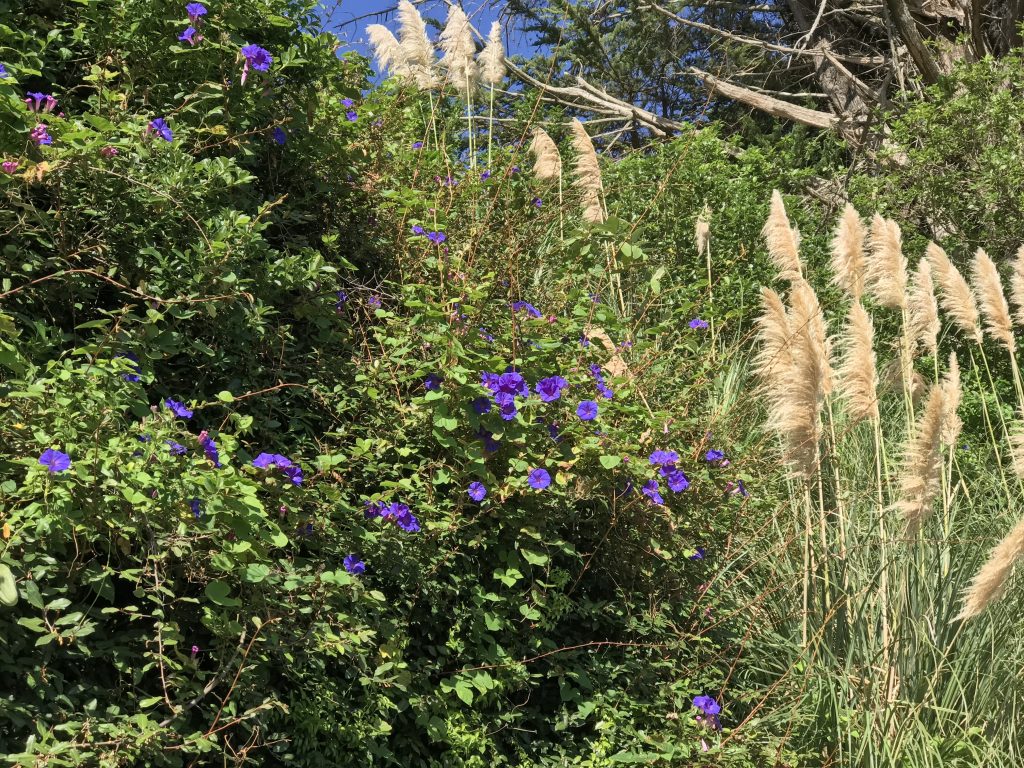


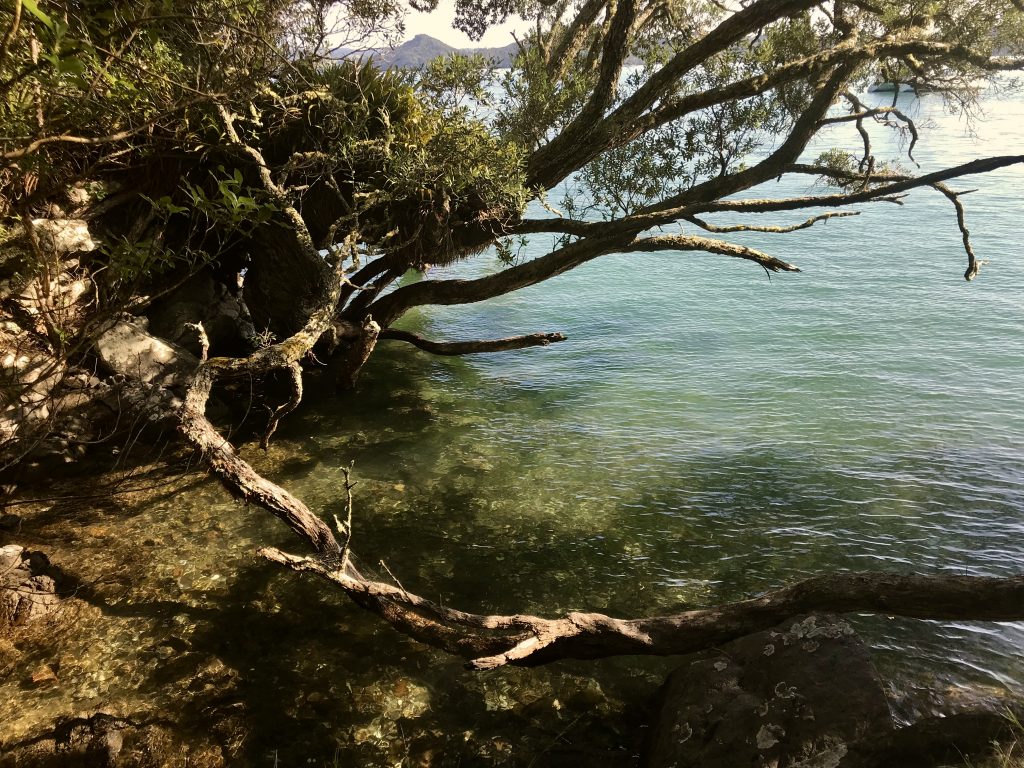
Now, I head further north into an area I’ve never visited before, northern Northland.
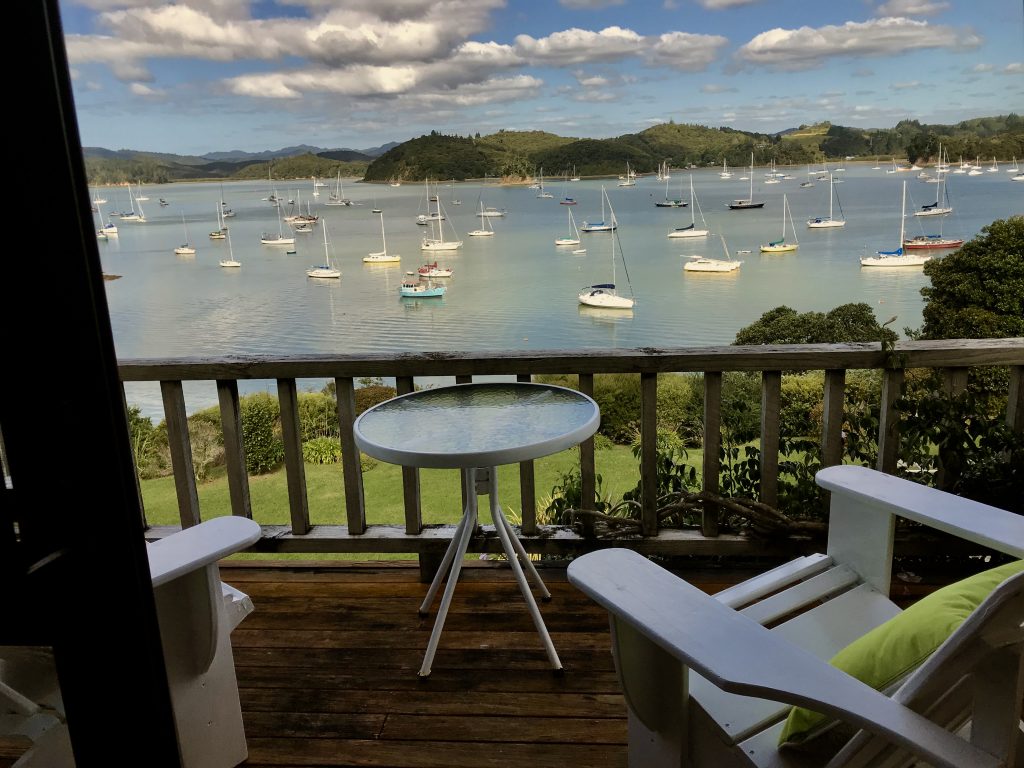
How will I get myself to leave this deck and explore? This area called Bay of Islands was settled during the whaling days, and nearby Russell is one of the oldest towns in New Zealand.
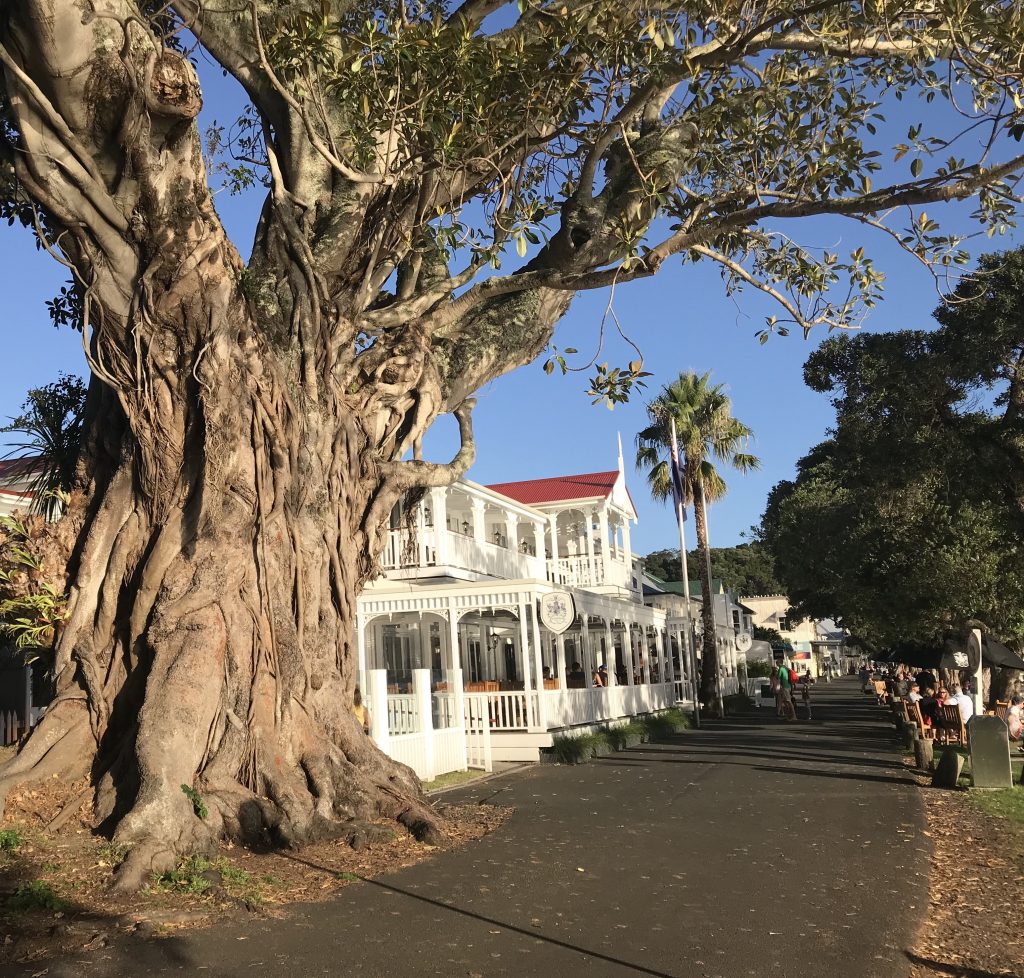
This Morton Bay Fig tree was planted in 1870 in the whaling port of Russell. The Duke of Marlborough Hotel, 1827, is in the background.
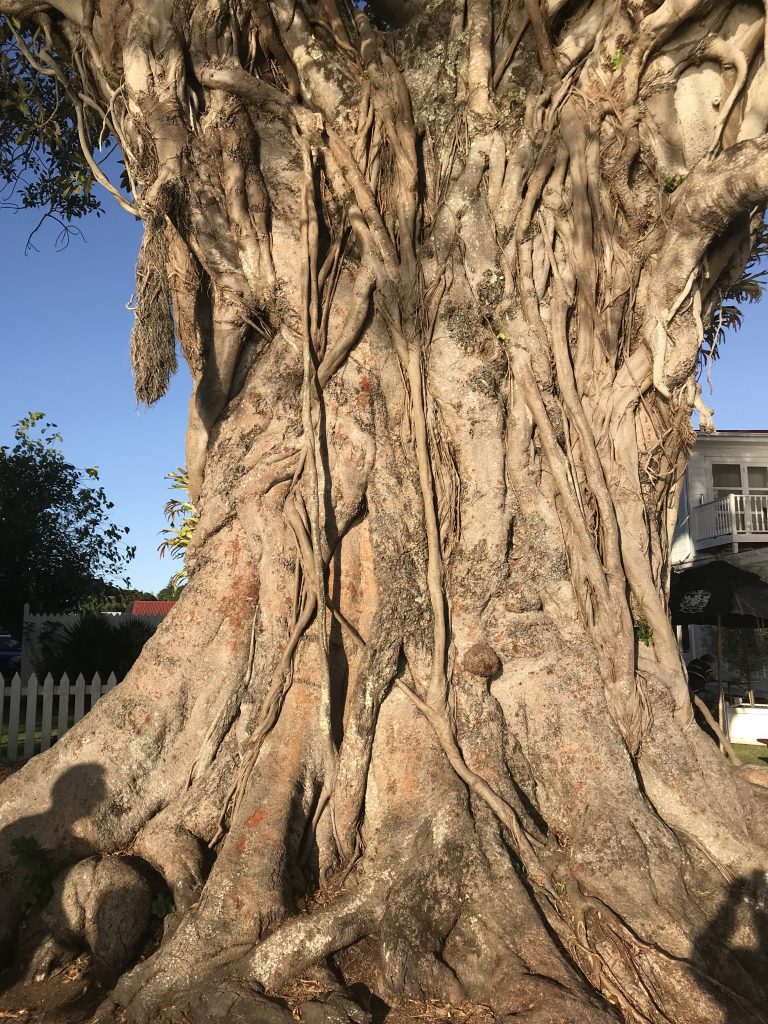
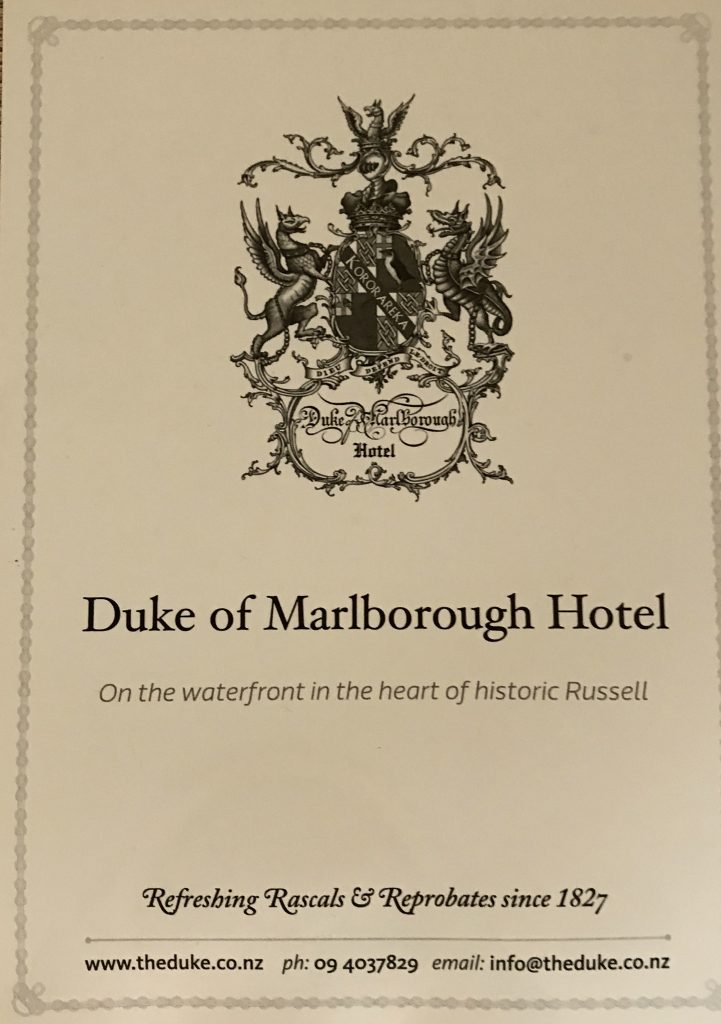
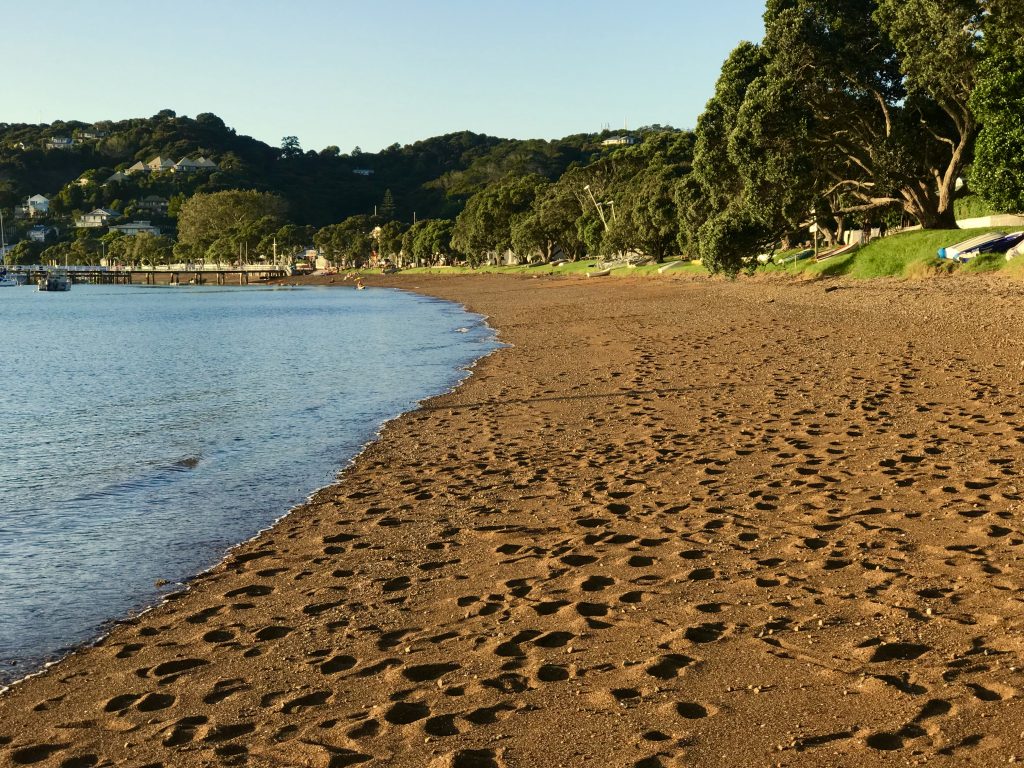
Russell has the first mild chocolate color beach I’ve seen
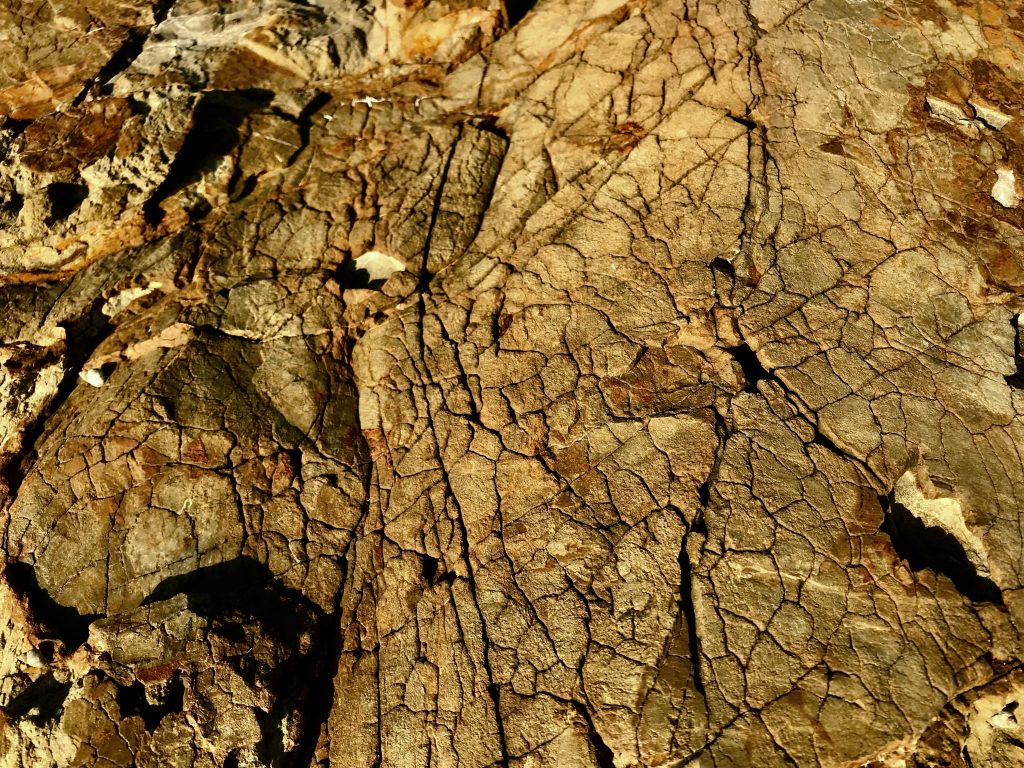
The sand comes from these rocks


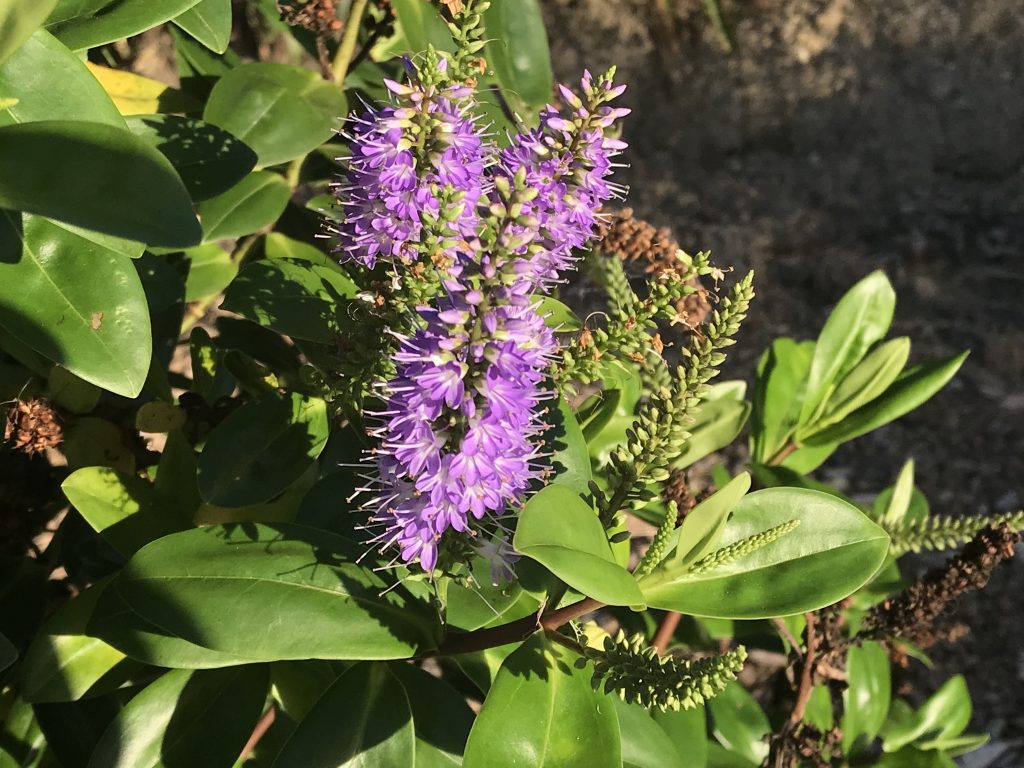
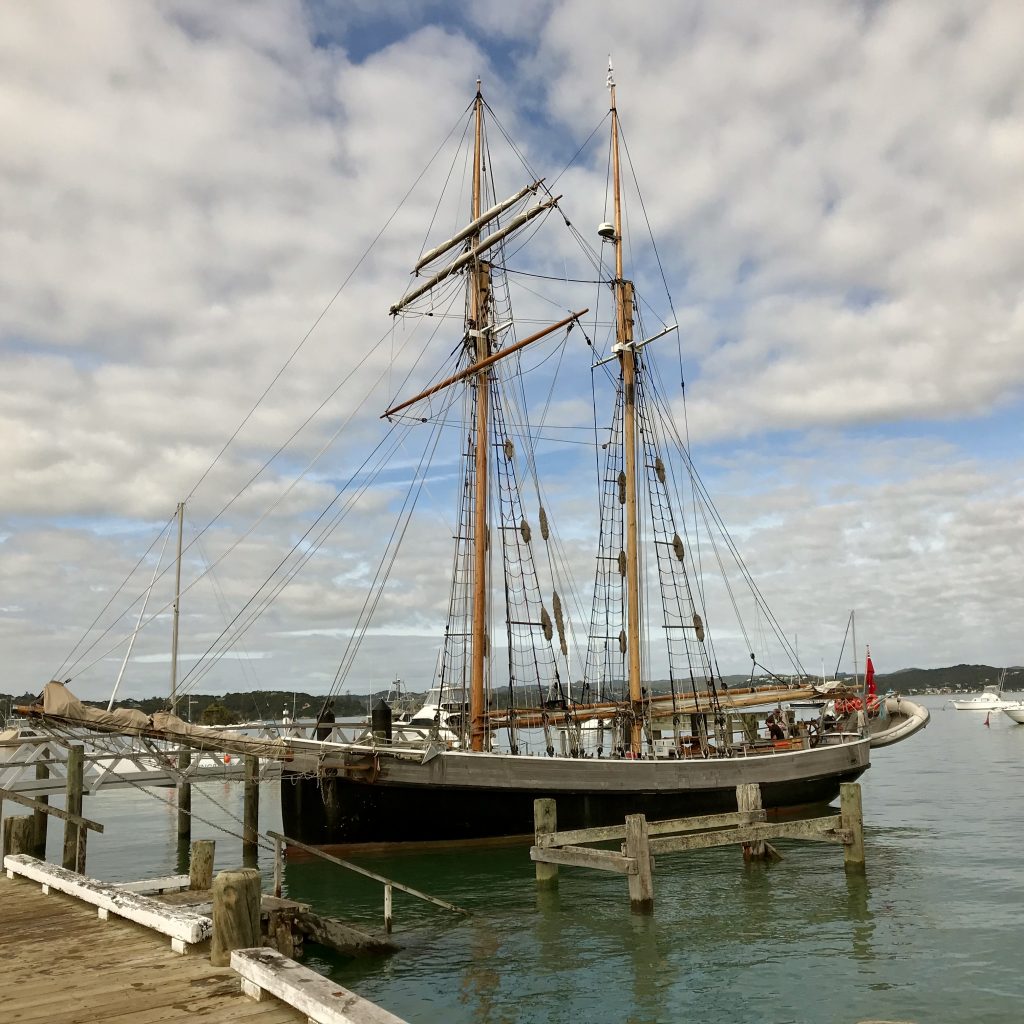

A rescue dog
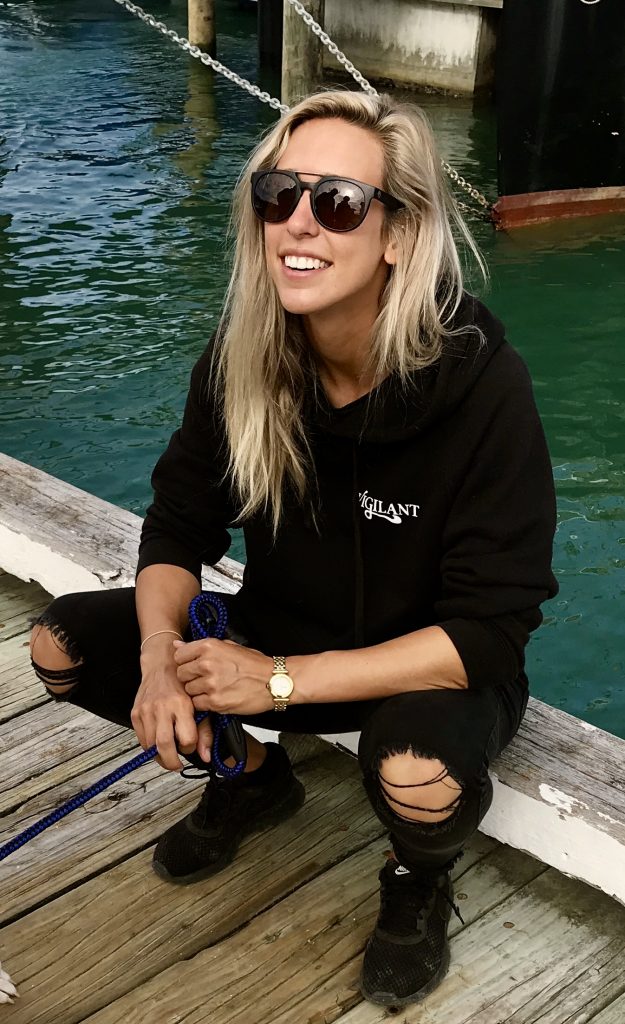
The rescuer
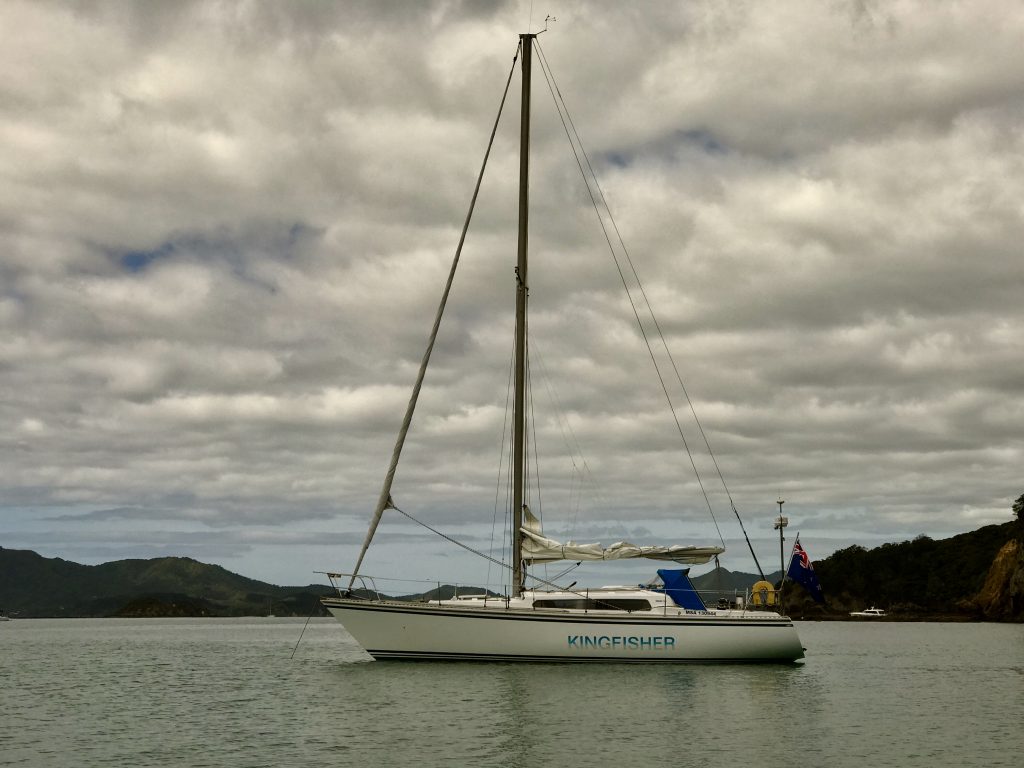
I’m at the Bay of Islands. Time for a sail on the sloop Kingfisher
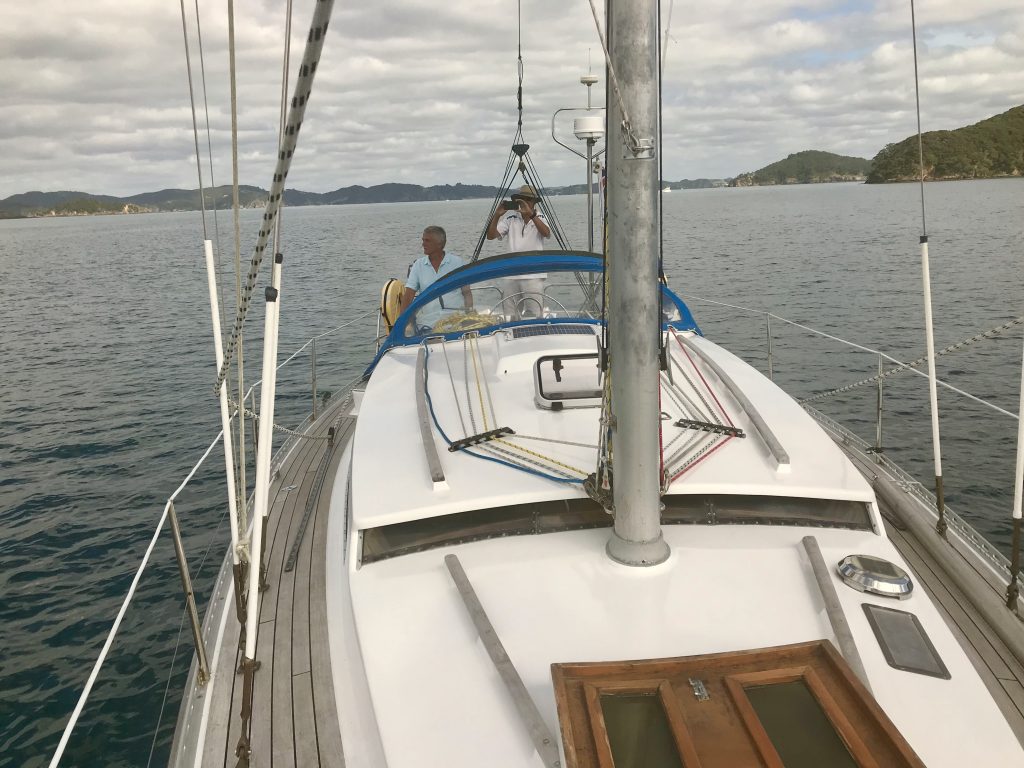

Steering the easy way. There are worse ways to spend a sunny afternoon
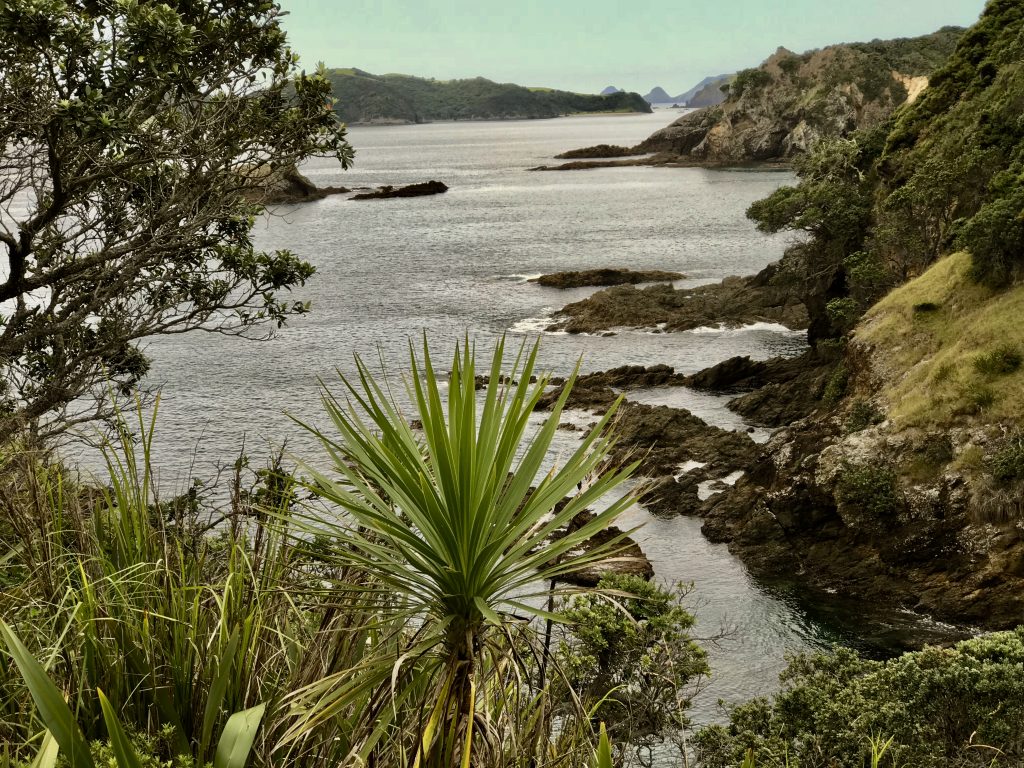

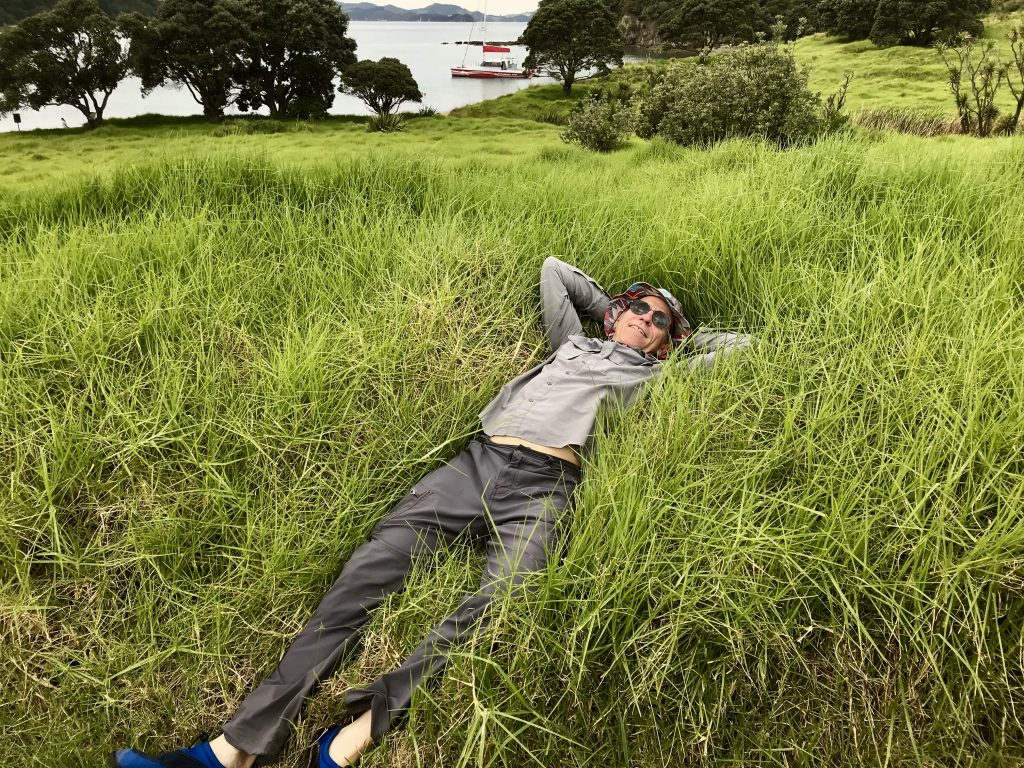
A nice soft cushion of thick grass to relax in. And no poisonous critters to bite you there, in contrast to Australia.
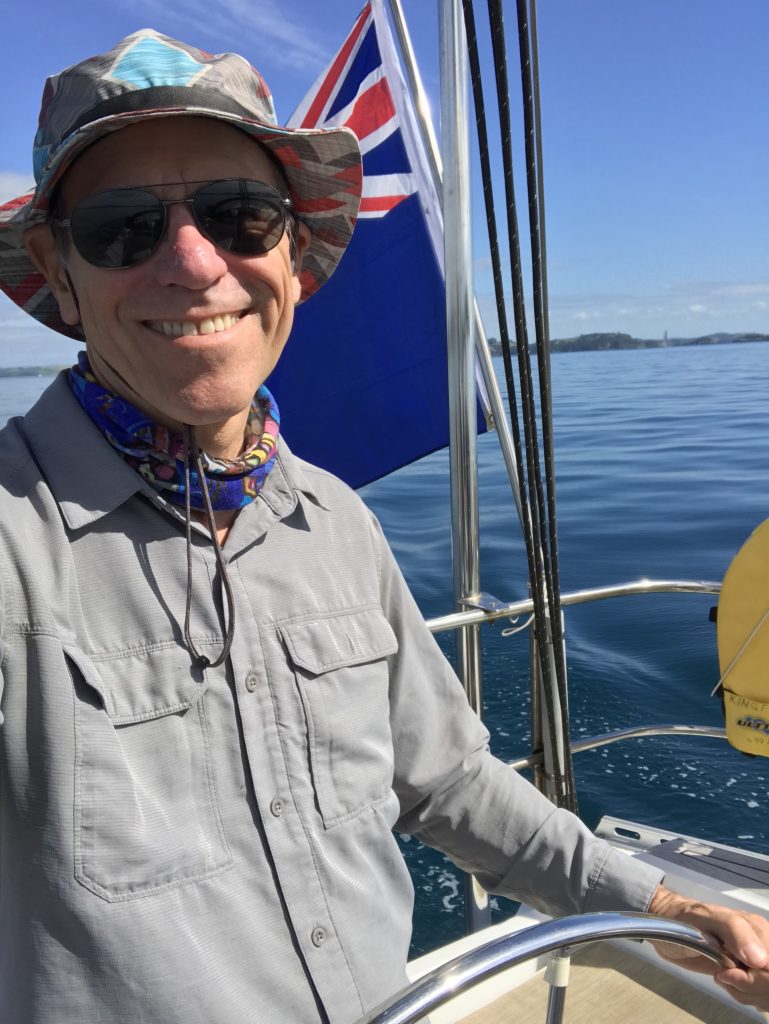
Time to head back to port.
Now, next day, I head on north, to the northern tip of New Zealand, Cape Reinga.
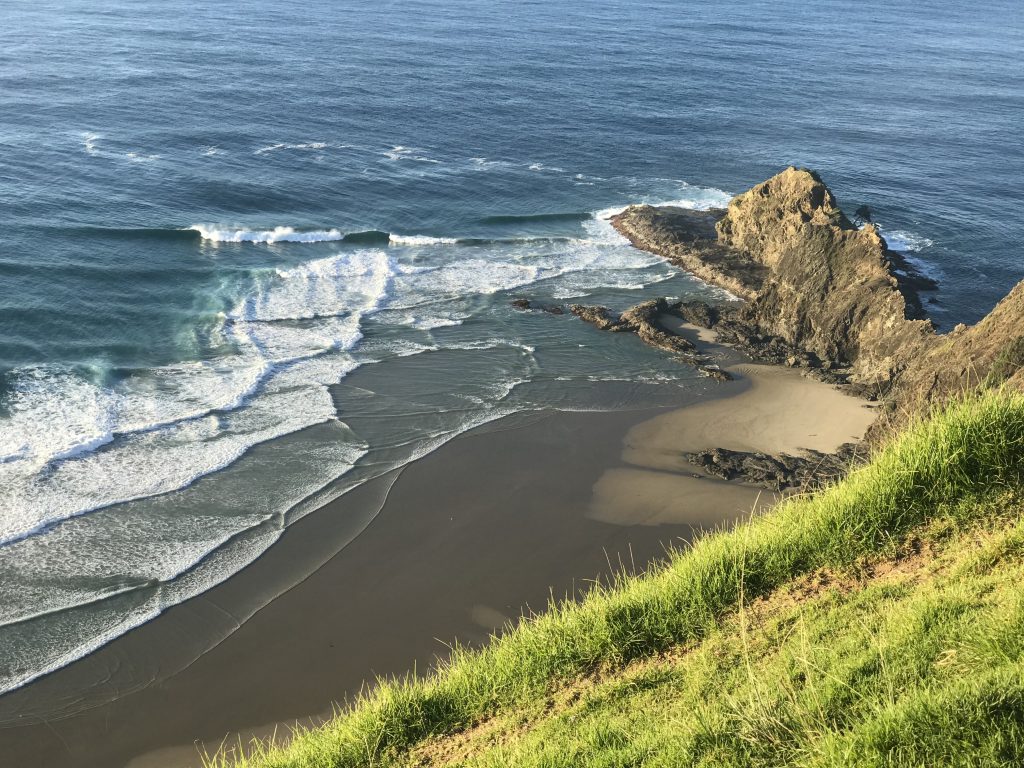
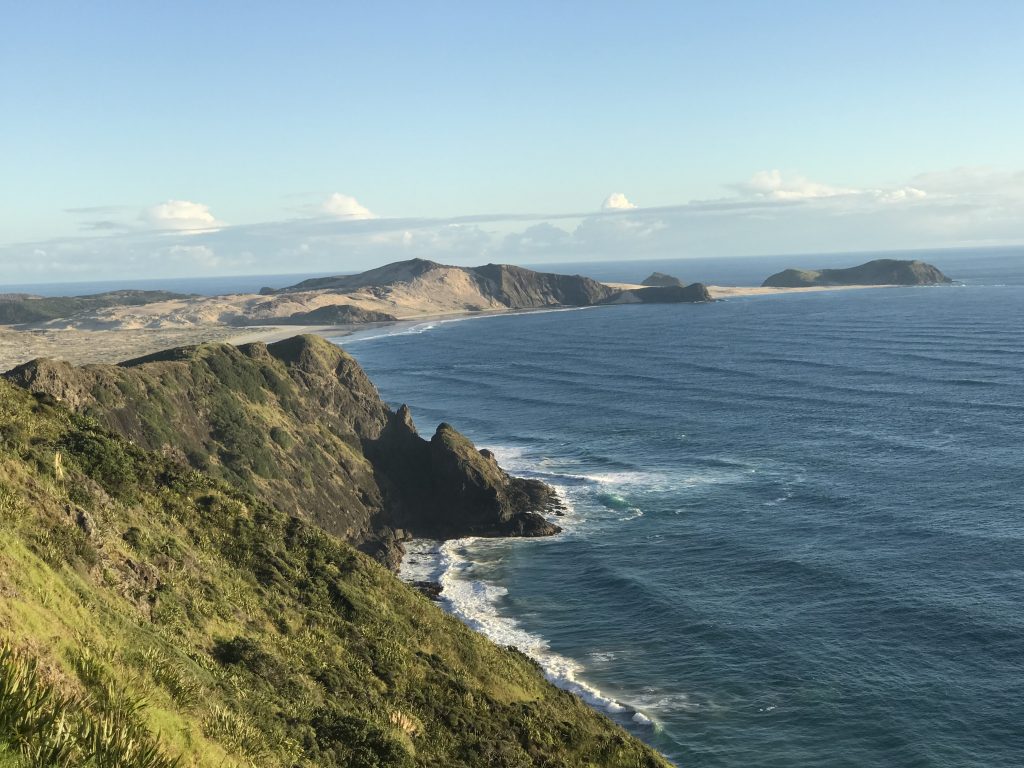
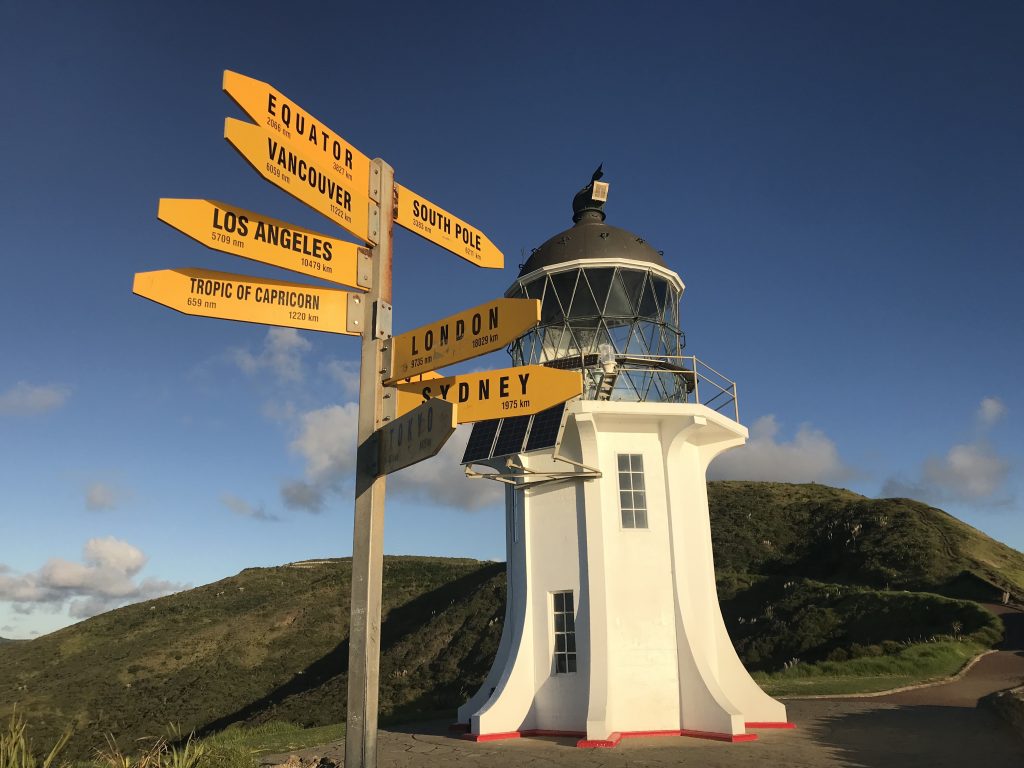
The Cape Reinga light. At this, the northernmost tip of New Zealand, the Tasman Sea meets the Pacific Ocean. Swell comes in from opposite directions, and crashed together, making for very turbulent seas. As the sun was setting out there, I could not photograph this dramatic effect.
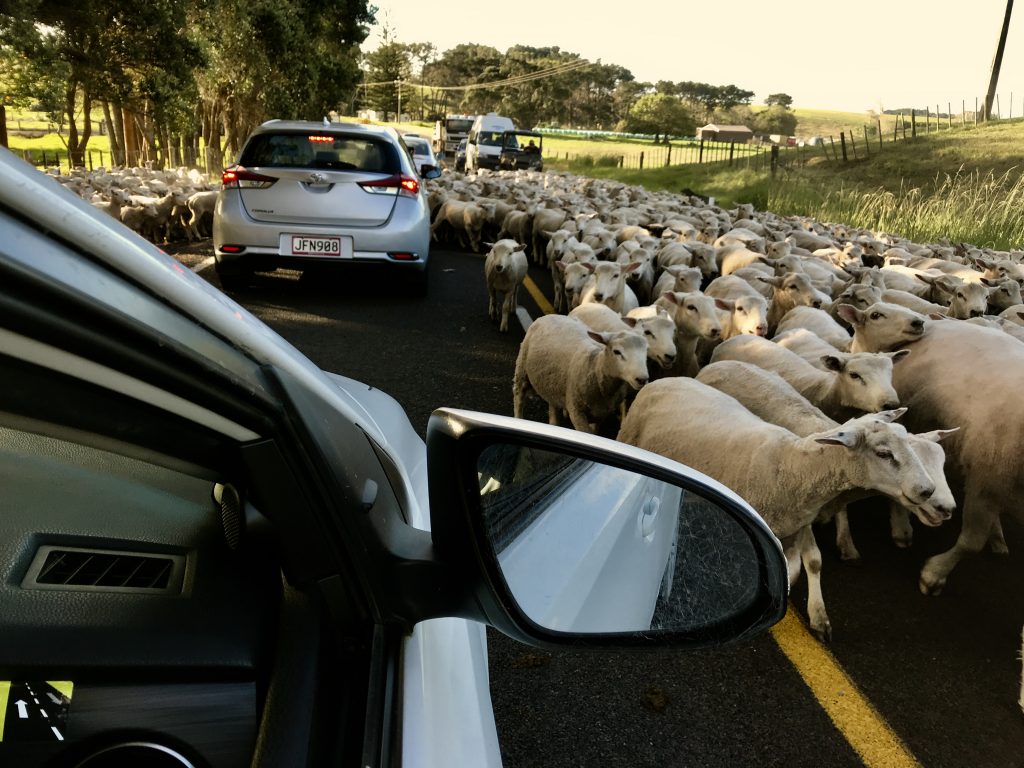
Heading on south on Highway 1, there was a small holdup as a herd of sheep crossed the highway. In New Zealand, sheep have the right of way, of course.
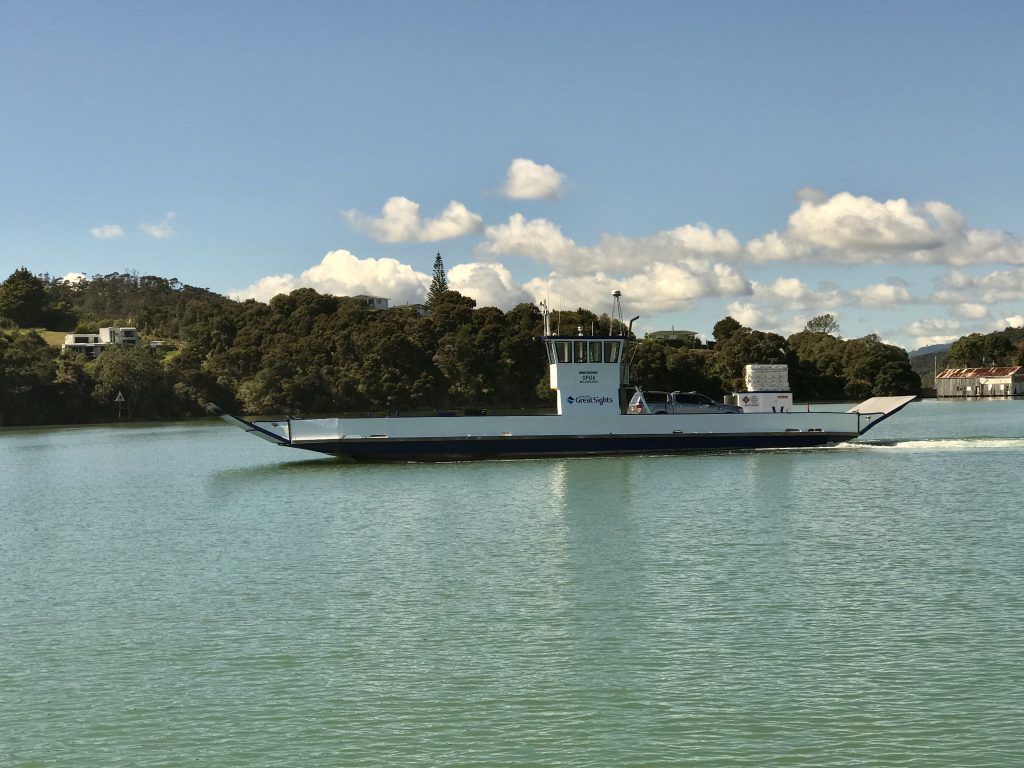
In several places in Northland, I took short ferry rides across inlets instead of driving an hour around.
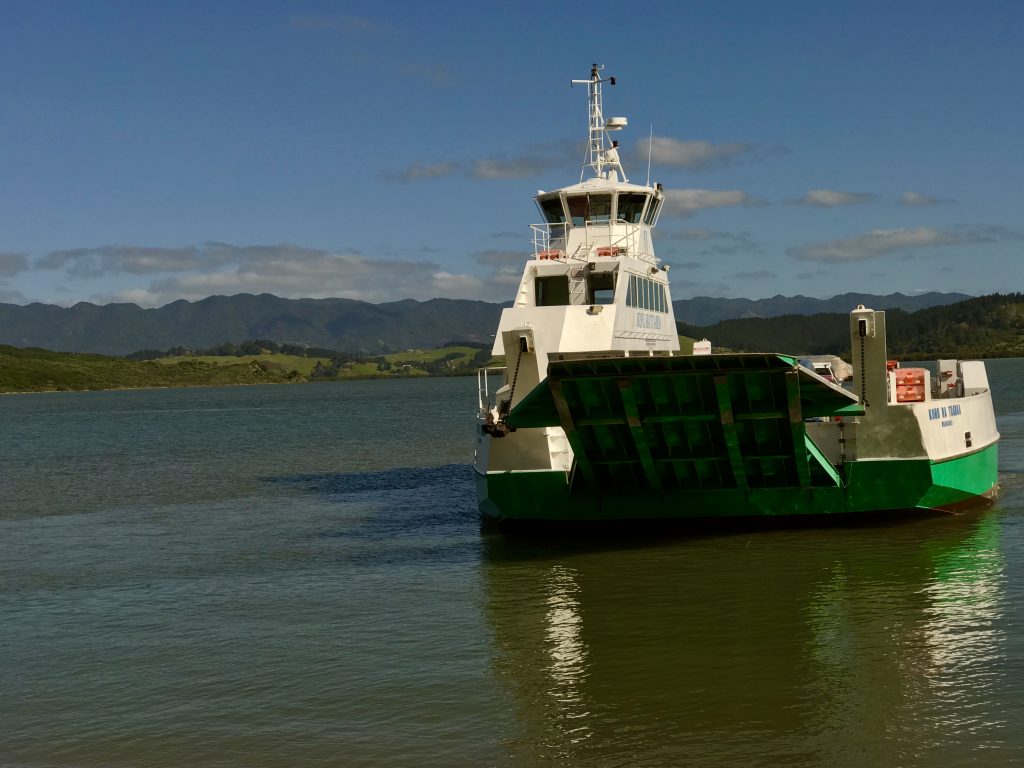
The ferry rides cost from $9 to $14.
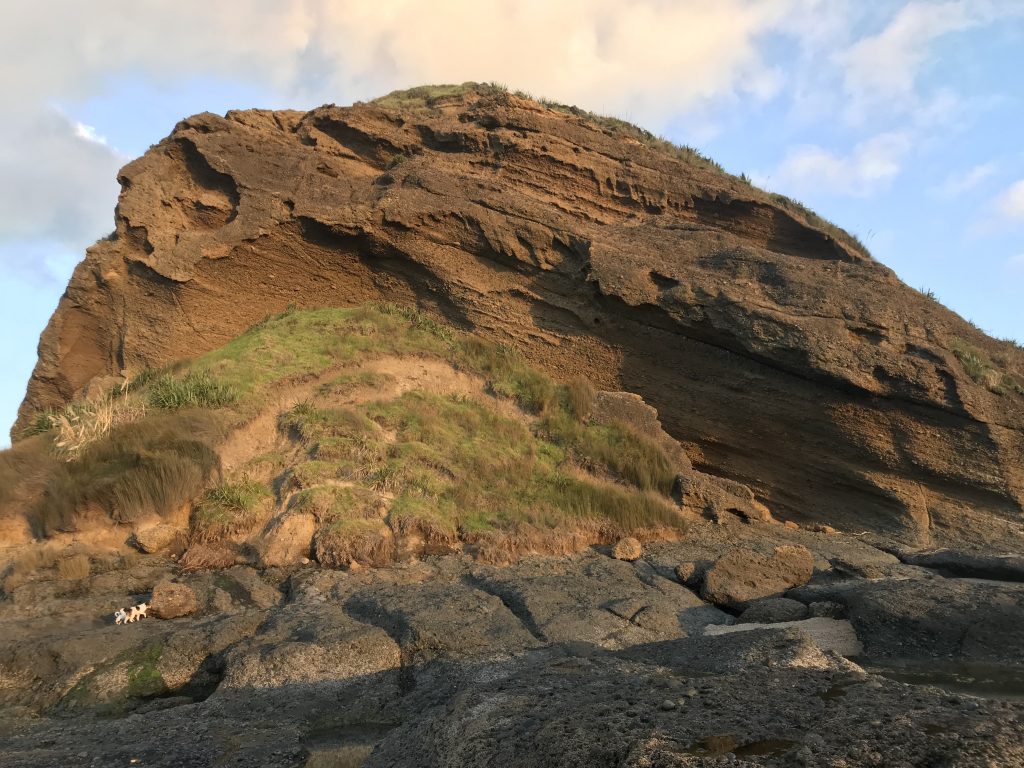

This is prime farming country.

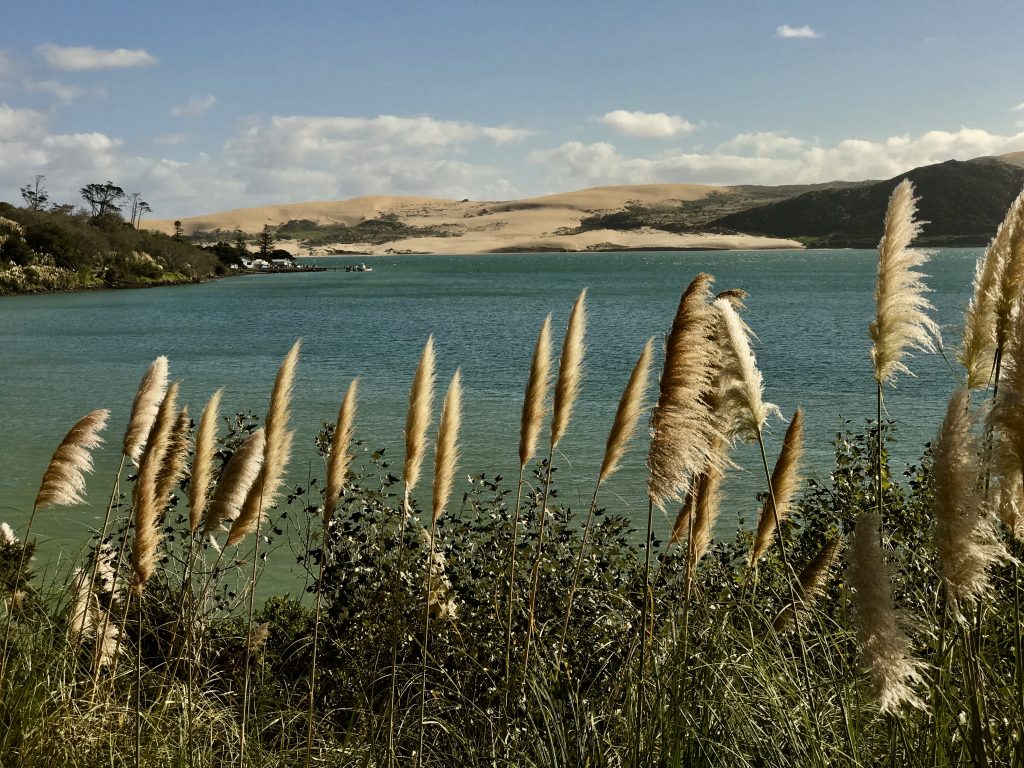
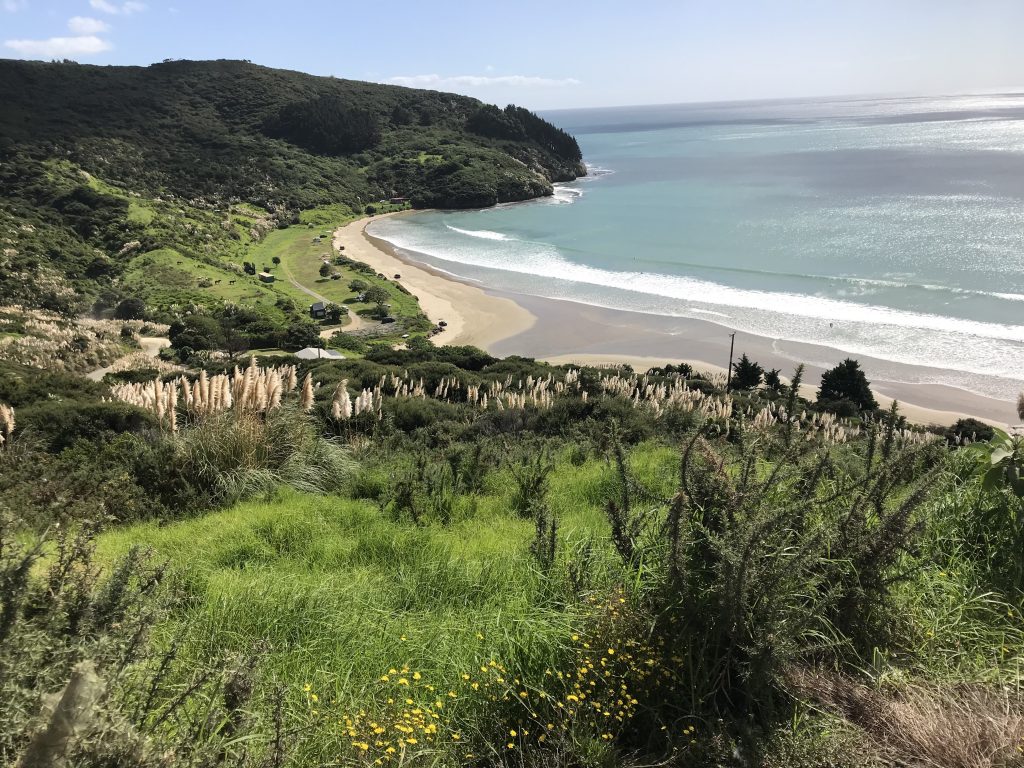

I drove through a Kauri preserve. Kauri are an ancient conifer tree, but unlike in form any conifers I have seen else.
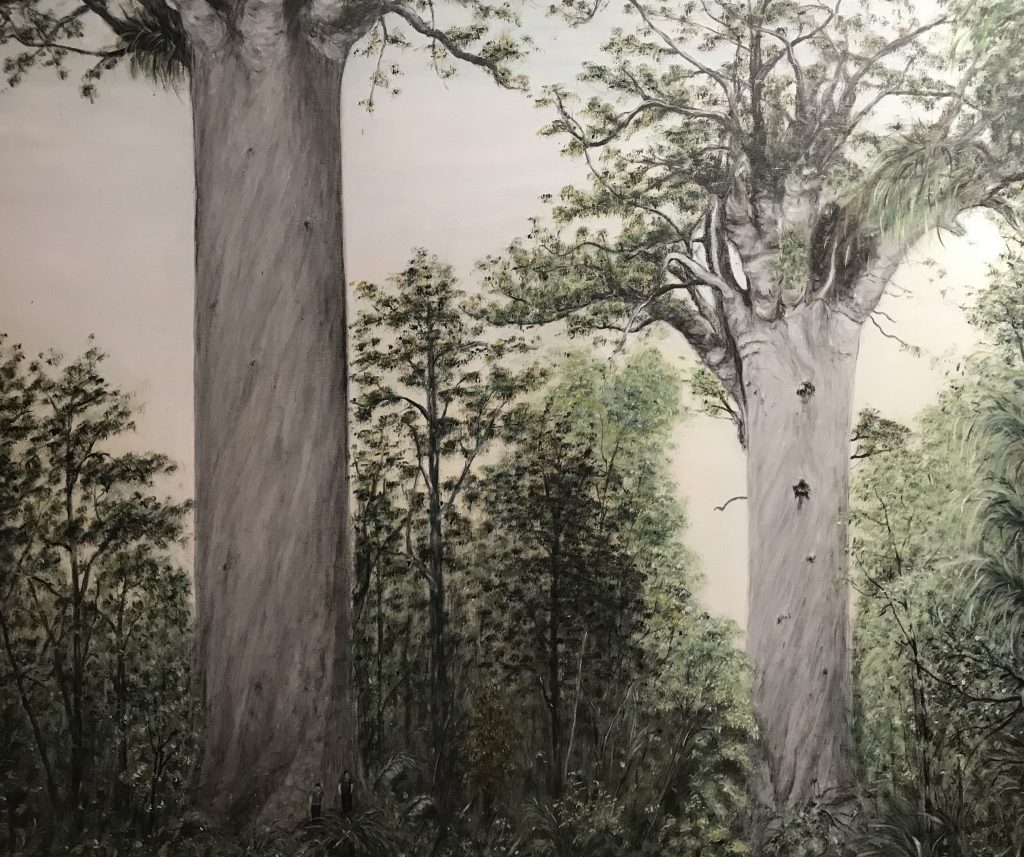
In this painting, the Kauri tree on the right is the biggest living one in New Zealand, with a trunk diameter of 14 feet. Depicted on the left is one known to have still been alive in the 1800s, with a trunk diameter of 21 feet! It is hard to convey in pictures how massive these trees are.
The largest Kauri, with a local man standing in front. You are no longer allowed to do this, as you may bring in a virus that affects the roots of Kauri.
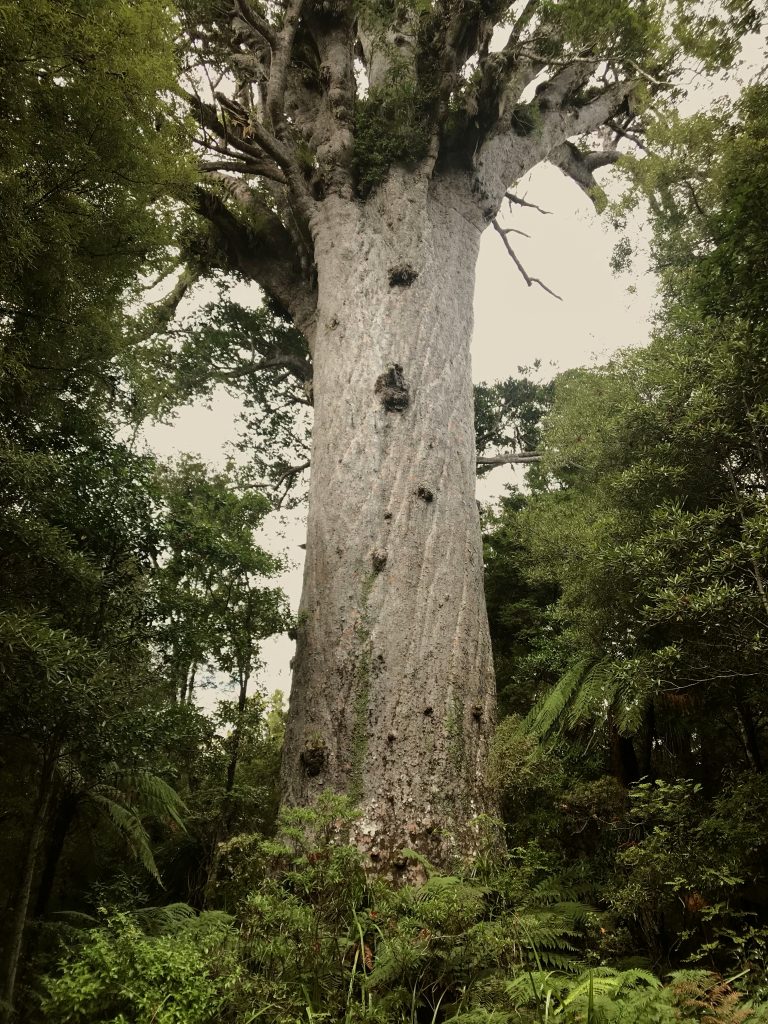
This same tree today, 14′ diameter. It makes me think of the Home Tree in the movie “Avatar”. It is literally breath-taking to stand in front of this impossibly massive tree. It is estimated to be 2,000 to 3,000 years old.
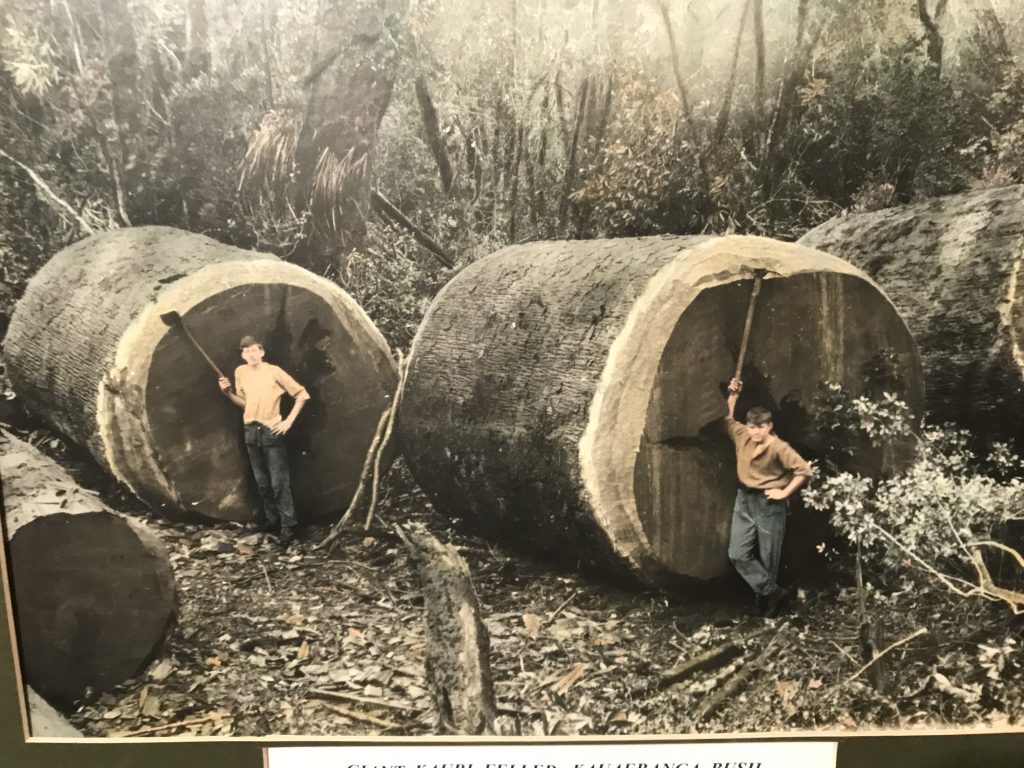
Logs cut from a smaller Kauri


The bark is unusual. It flakes off as the tree grows, allowing it to shed parasitic plants.
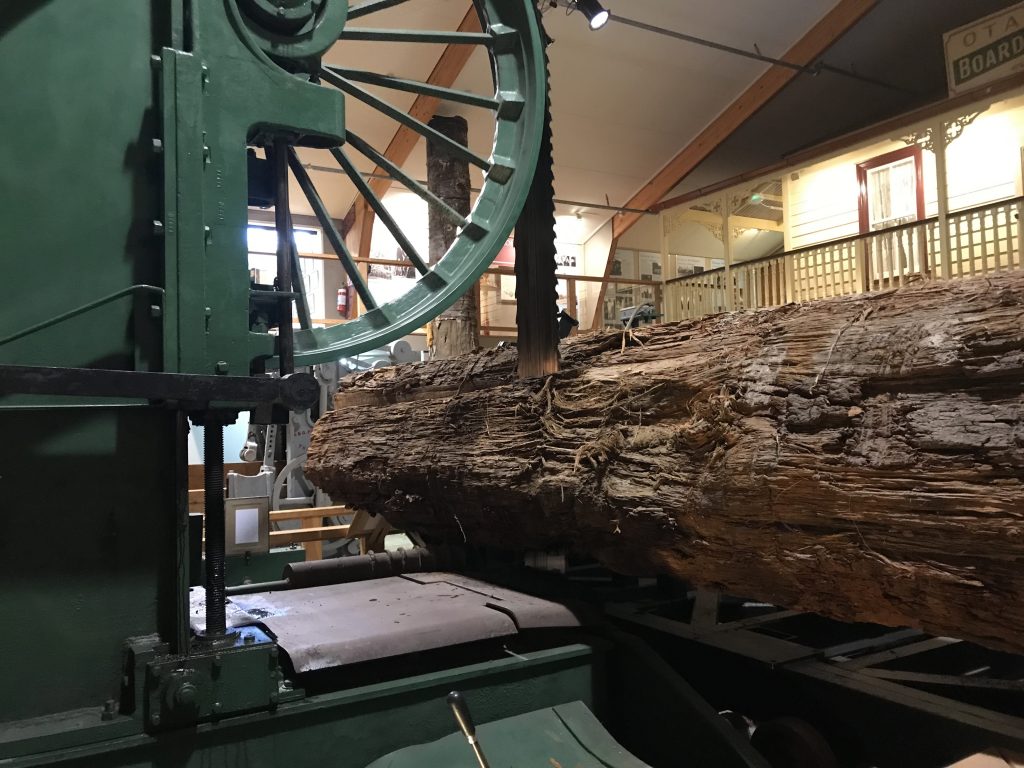
The Kauri museum has working full size mill equipment showing how these huge logs were processed.

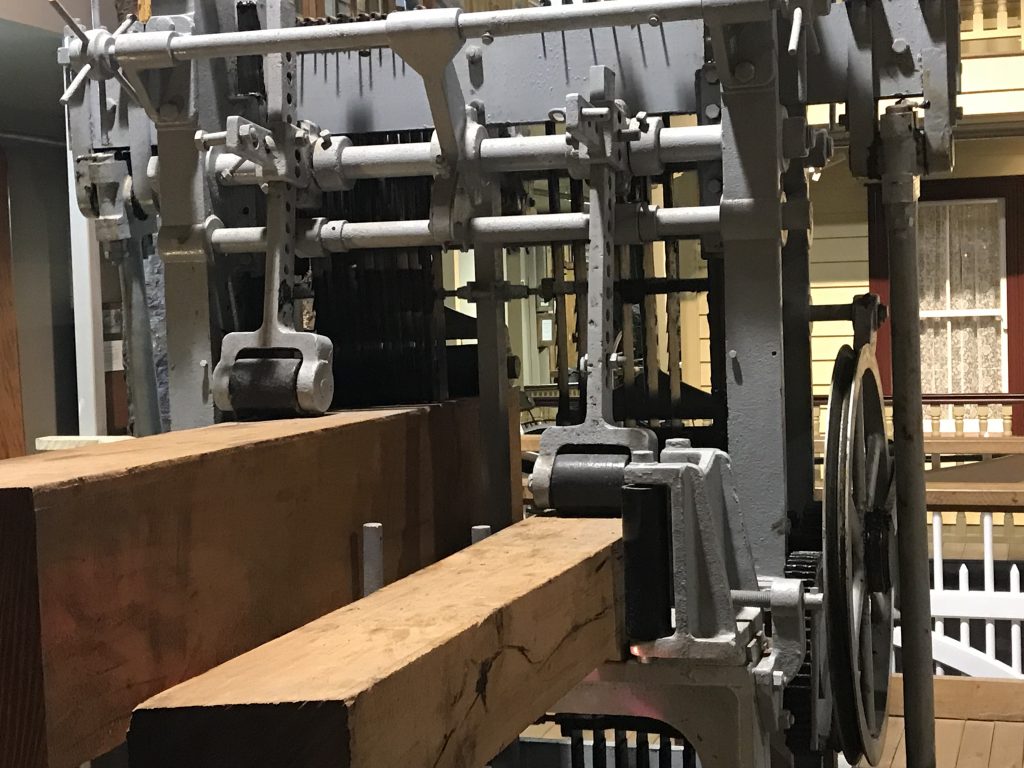
This machine cut multiple boards at once

A ‘dragsaw’. Our family had one of these that we used to cut very large trees into splitable sections. Slow but effective.

Kauri wood samples used in cabinetry
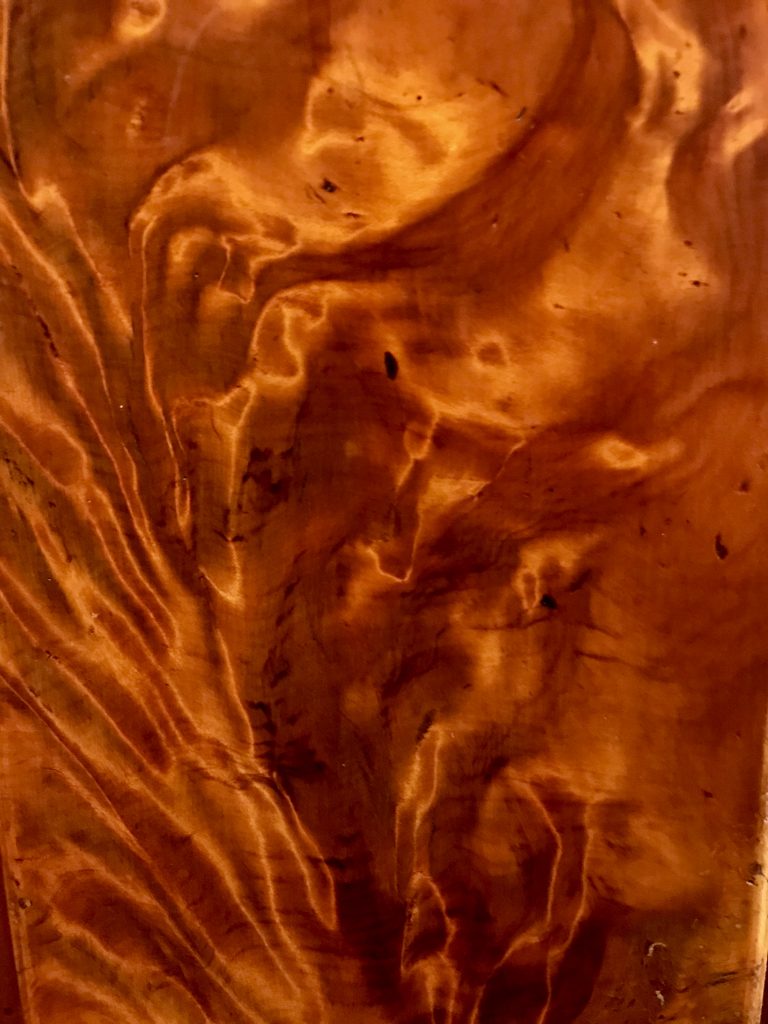

These are ‘burl’ grain. Most of the tree is straight grain. Kauris were overharvested, but what remain are protected. As they grow very slowly, this is essential, or they would be wiped out.
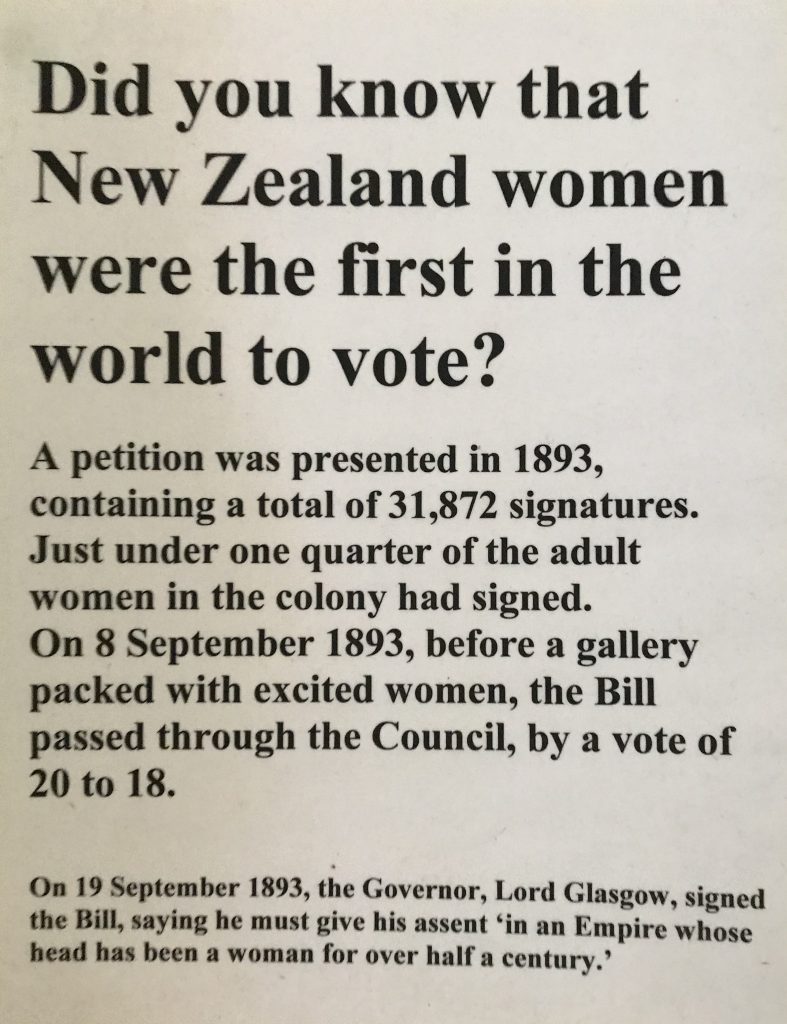

Driving on south to Piha, I stopped into a local hotel restaurant, and met this interesting group of horsemen (and women). They were in the middle of a weekend cow roping clinic, and as I have roped, they invited me to join them.
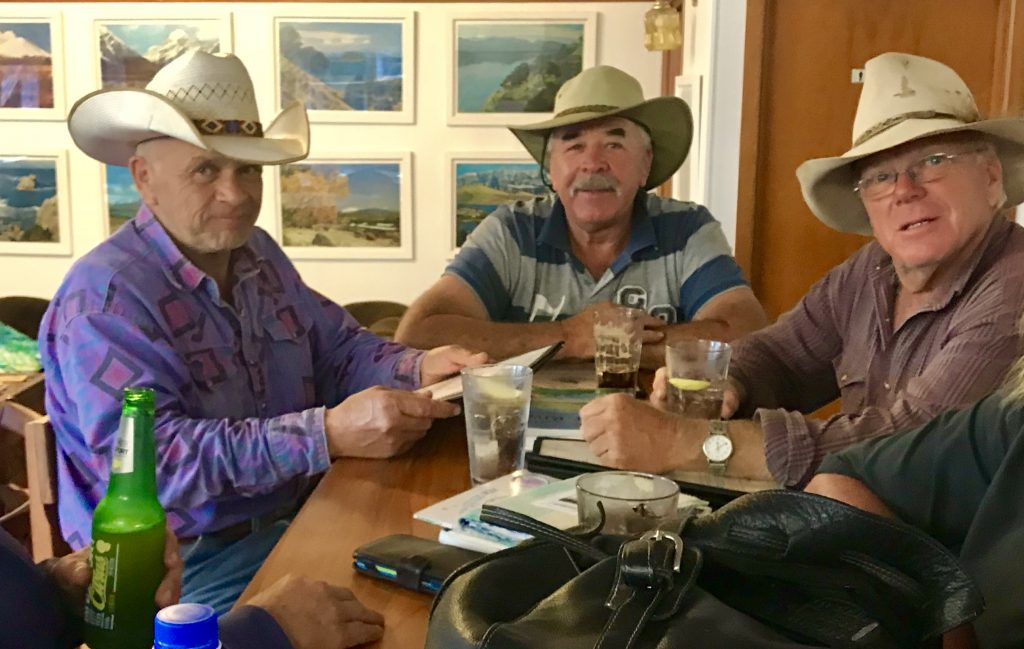
As I won a silver buckle for being the best first year roper of 1996 at Rancho Viejo in California, I pay attention to buckles. The fellow on the left is Canadian, and was teaching the clinic. I noticed he was wearing a most impressive buckle, and I took a picture of it.
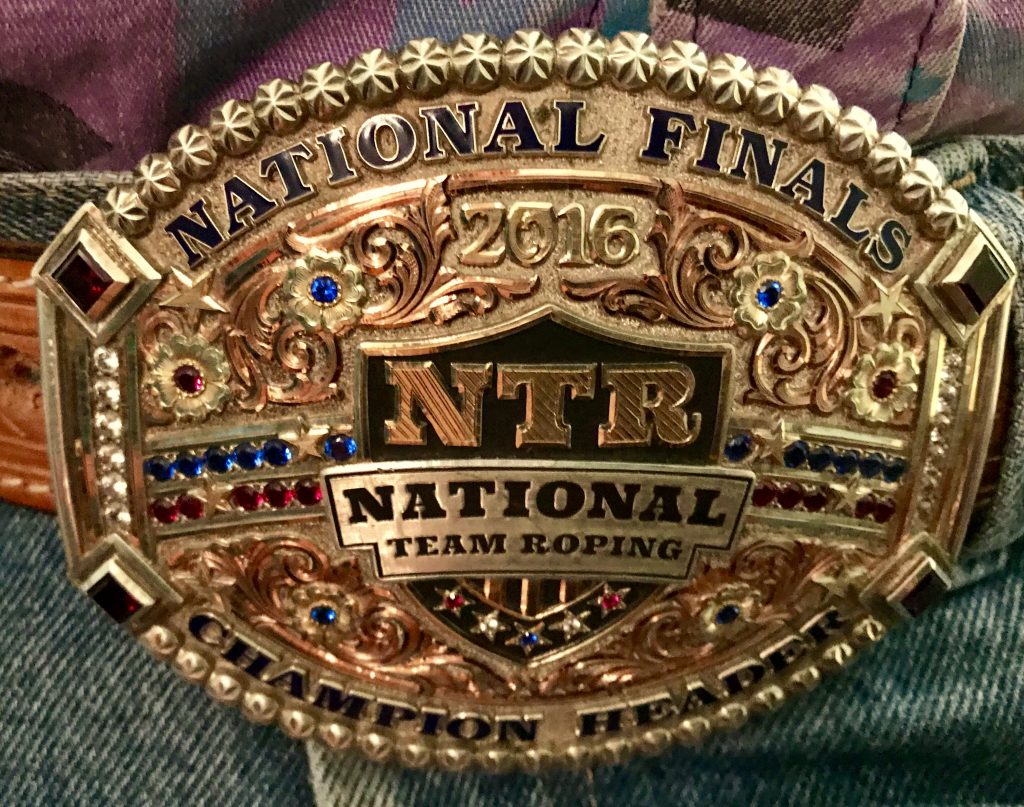
As you can see, he was the national (USA) champion ‘header’ (the rider who ropes the horns of the running cows) in 2016. That buckle apparently is worth about $4,000 USD.
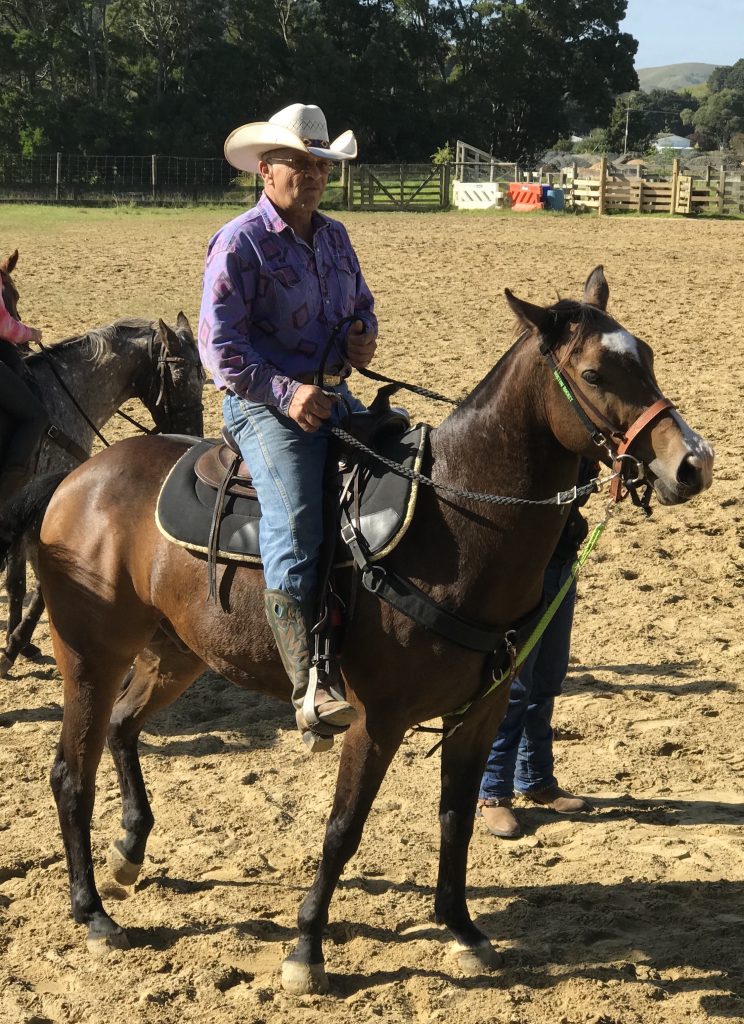
Len is the real deal. I watched him instruct for two hours, and learned a few things I had missed.
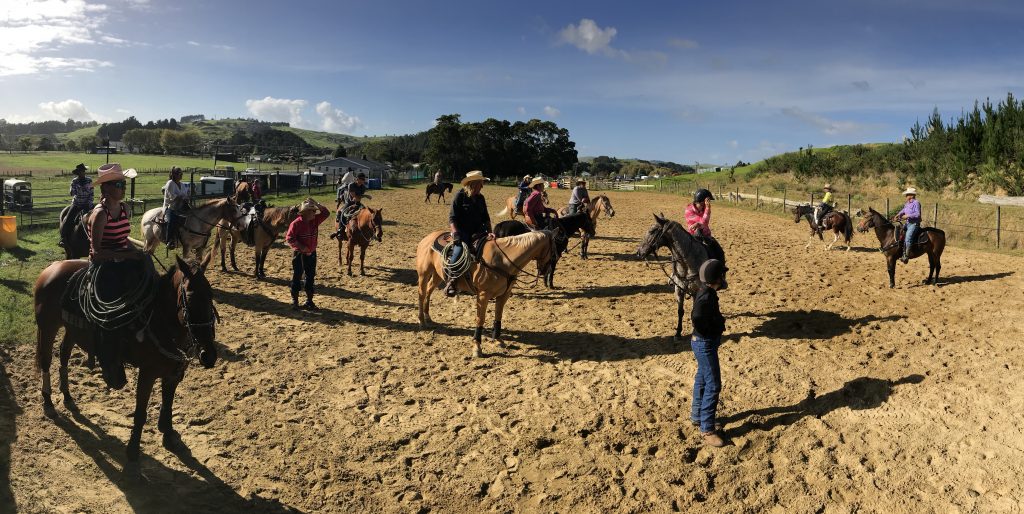
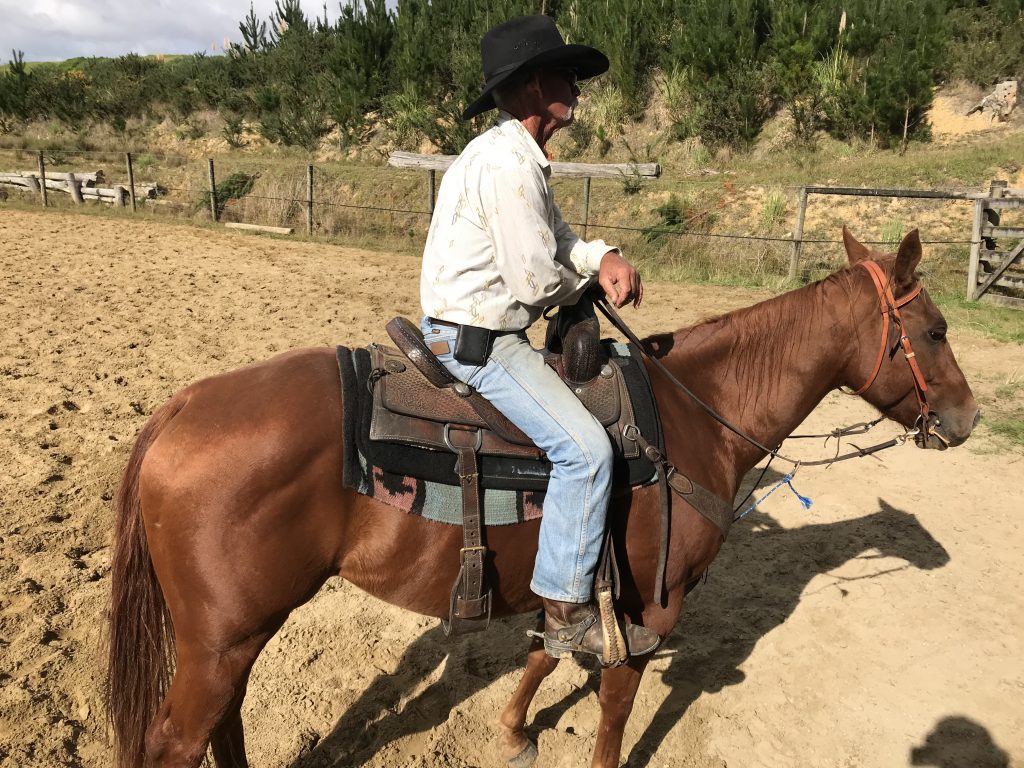
Another prize-winning roper

And a pretty buckskin
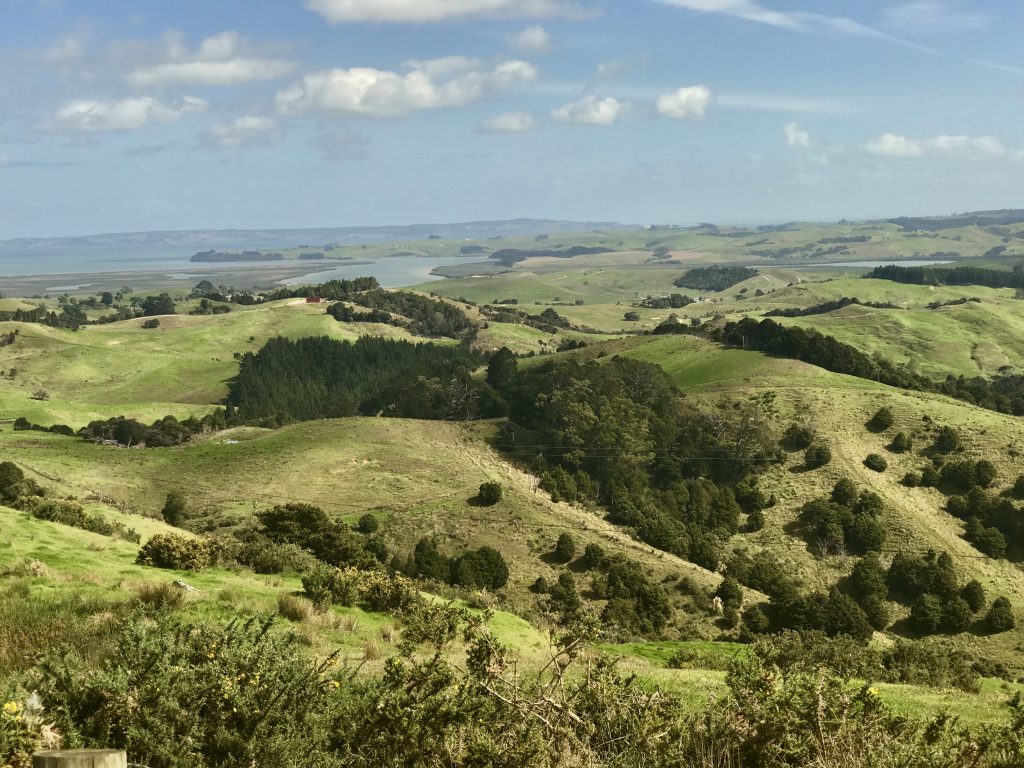
Getting back south not far from Auckland.
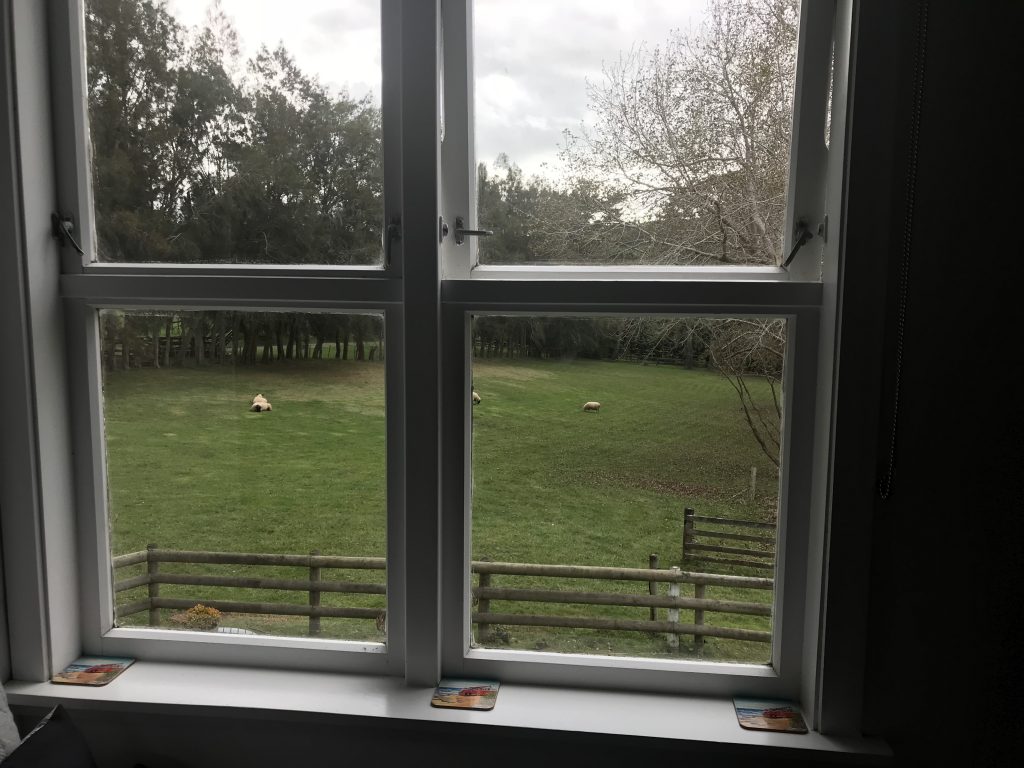
I could watch the sheep graze from my apartment on a farm. My last night in New Zealand for this trip. I like New Zealand a lot, and plan to return next year to explore some more. It’s a big place. Each island is about 500 miles long. Three weeks touring North Island was a good overview, a good start.
Time to head back to the USA.
Which turned out to be the first truly nasty airline experience I have had in several million flight miles. You might find it interesting.
I was scheduled to depart Auckland, New Zealand at 4pm on Air New Zealand, 13 hours and 40 minutes nonstop to Houston, Texas, then on to Newark, New Jersey, and train in to Manhattan.
Arriving at the airport, I was told that the flight would be 4 ½ hours late, due to late arrival of the aircraft. Ugh. That turned out to not be true.
I eventually dug out of Air New Zealand that the real cause was “unscheduled maintenance of the Rolls-Royce engines on the 787-9”. The delay was enough that I would miss my flight to Newark, what a mess!
5 hours late, we were on board, and pulled out of the gate area, then stopped. An early winter storm was hammering the airport. The winds were so strong that runway lights got damaged. We had to stop and wait for them to be cleared, and the wind to ease enough for takeoff. The plane was rocking back and forth in the wind.
After 2 1/2 hours waiting onboard, they served dinner. After 3 ½ hours, they announced that the weather had not improved enough to take off, so we must get off the plane and wait until the next day.
Unfortunately, all the hotels in Auckland were full. So we were told we must just sleep at the gate, and wait till 1:30pm the next day. Double ugh.
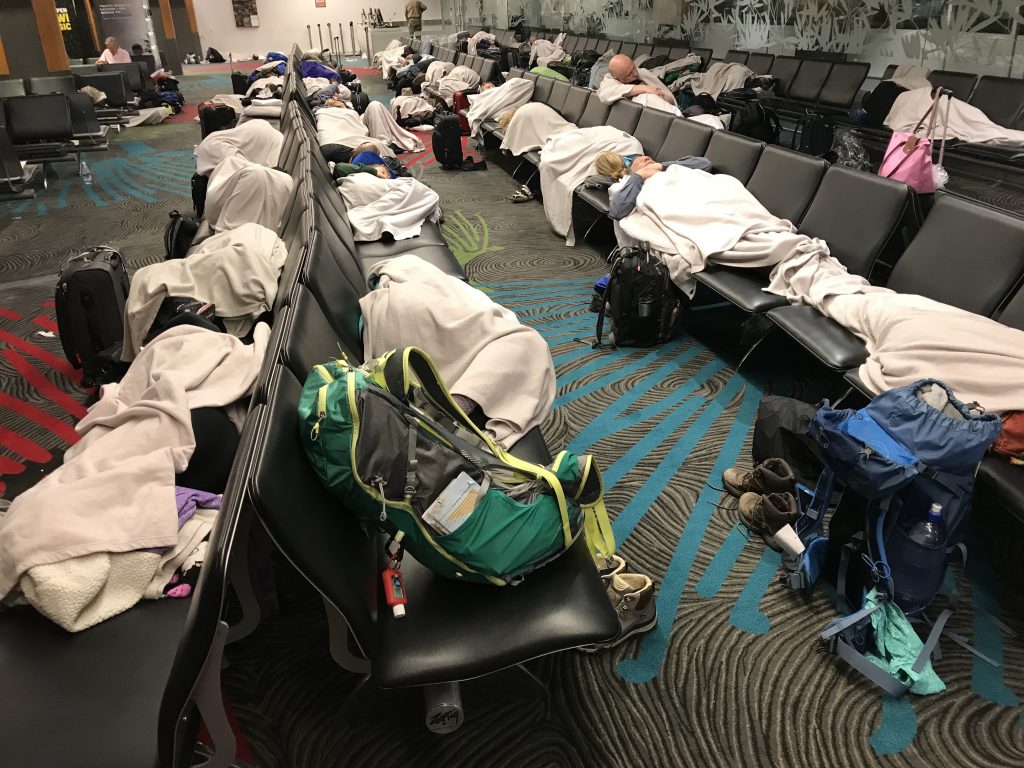
Now, 21 ½ hours later than scheduled, we are supposed to depart. I hope so! This was a most memorable experience, but not one you may wish to experience yourself.


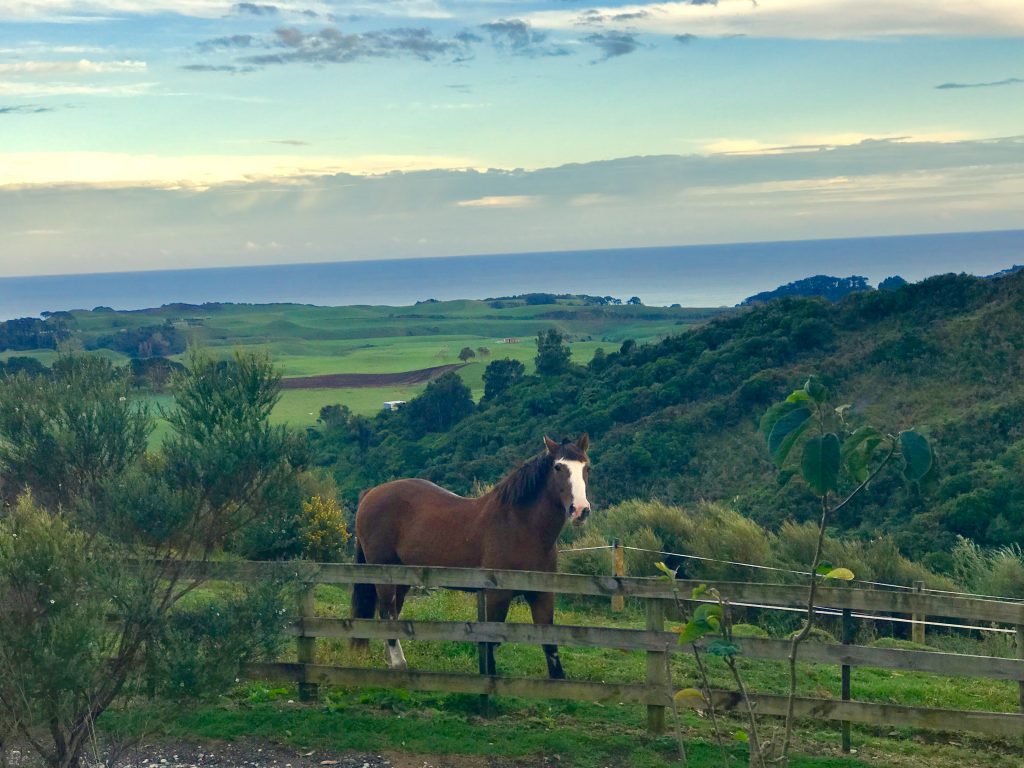

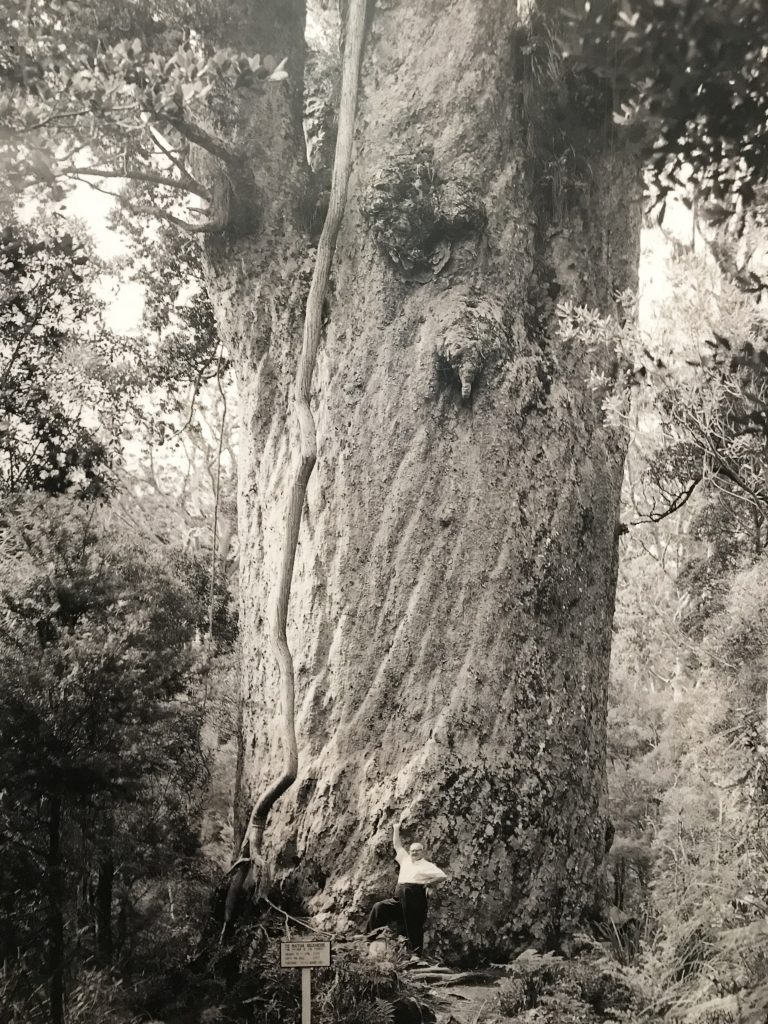
Leave a Reply
You must be logged in to post a comment.